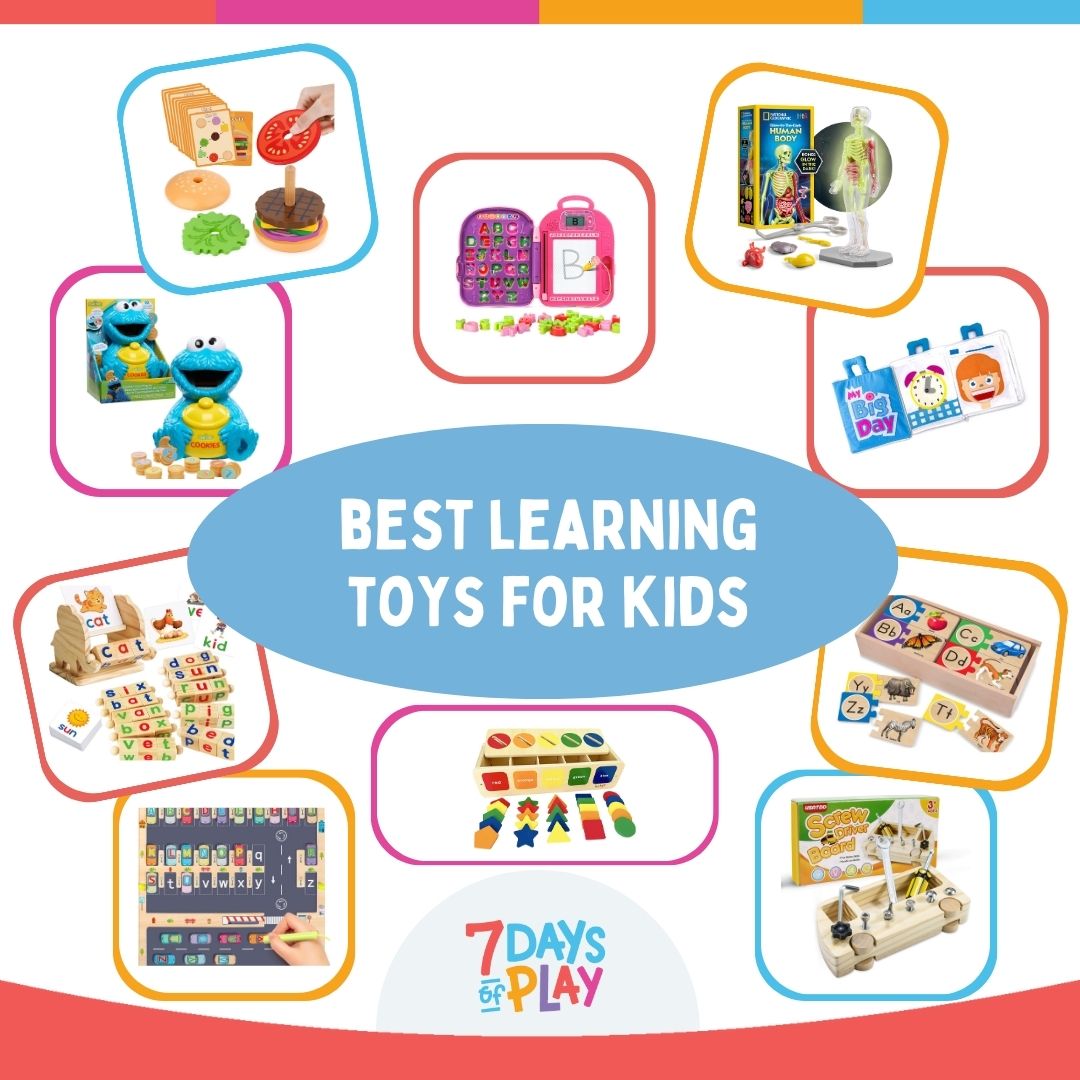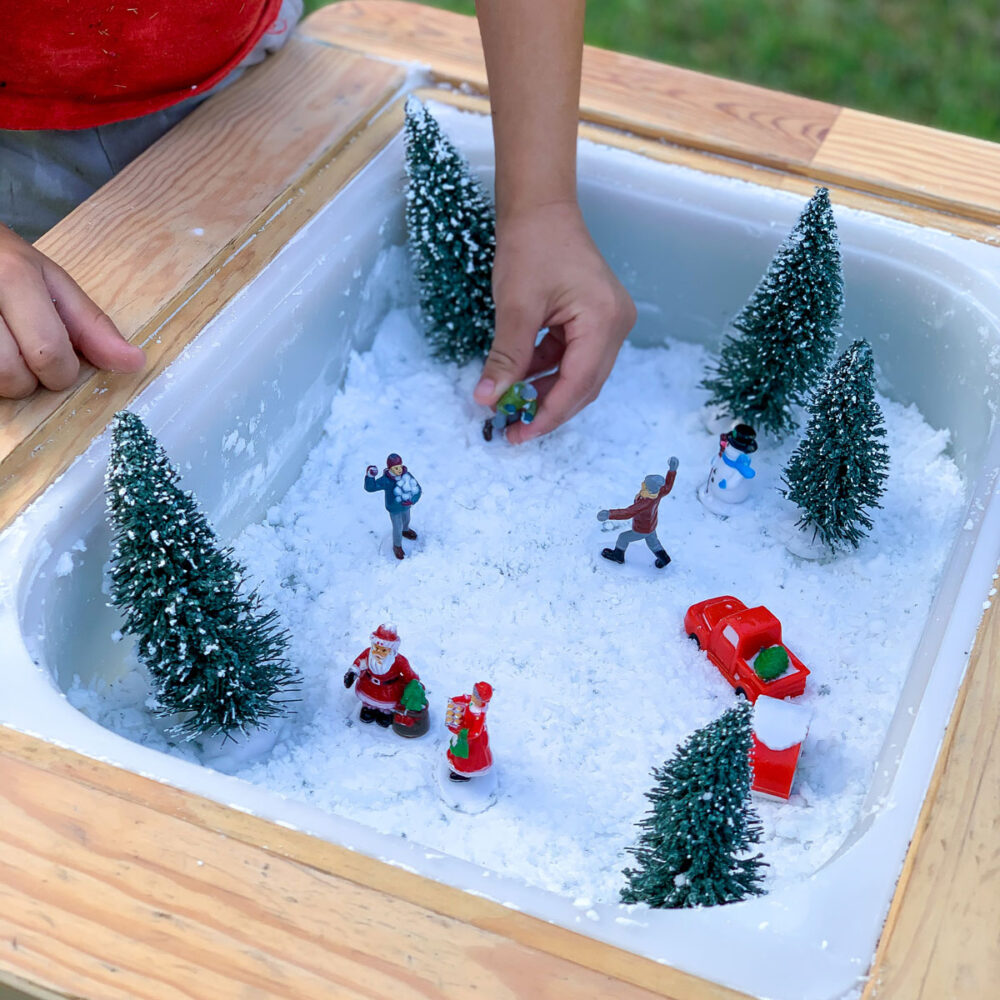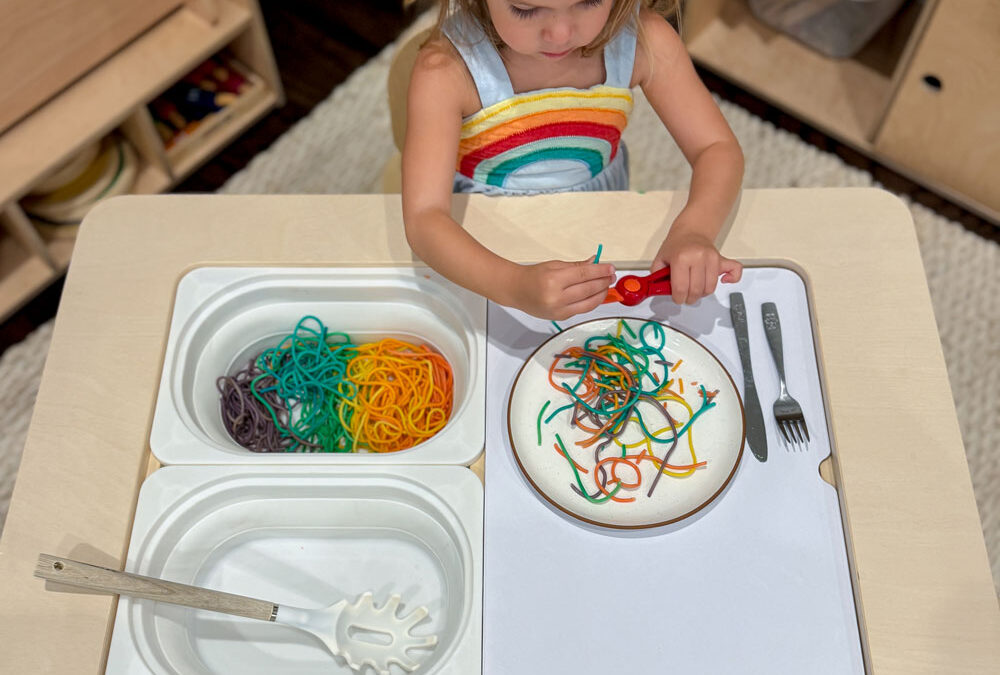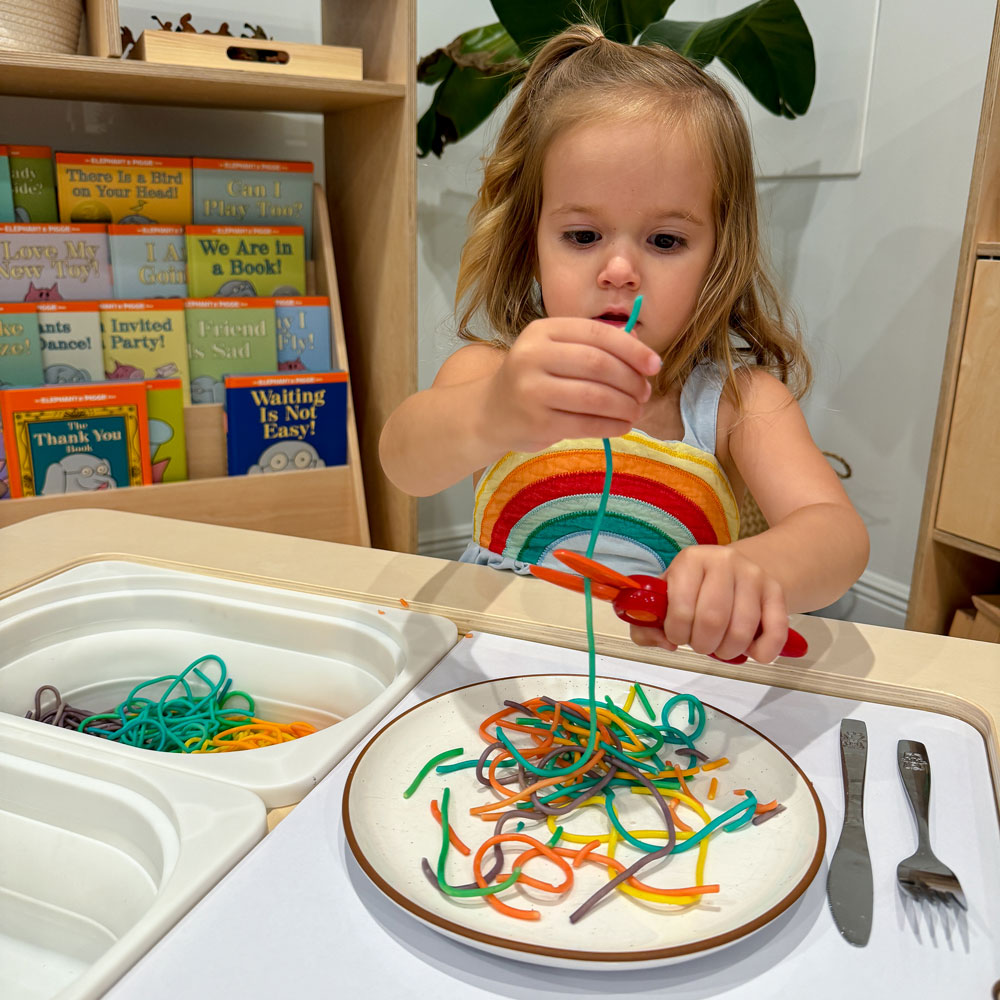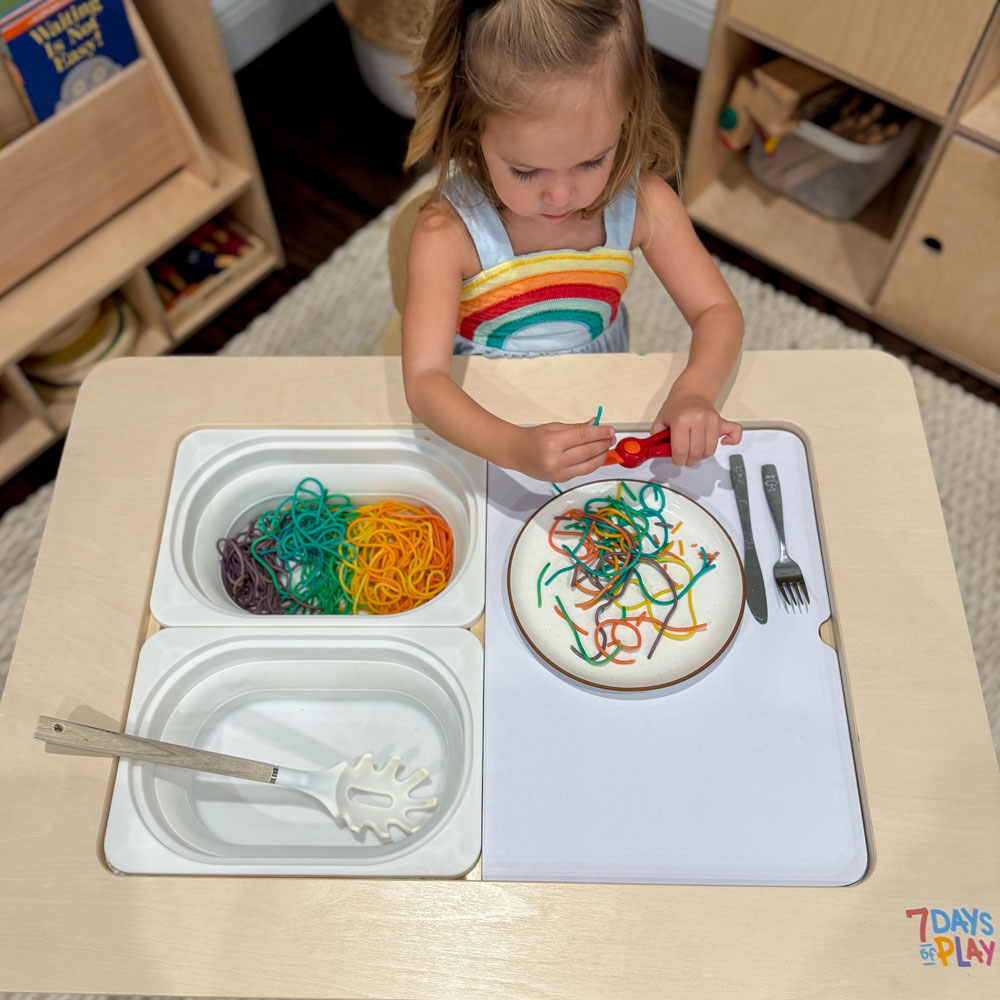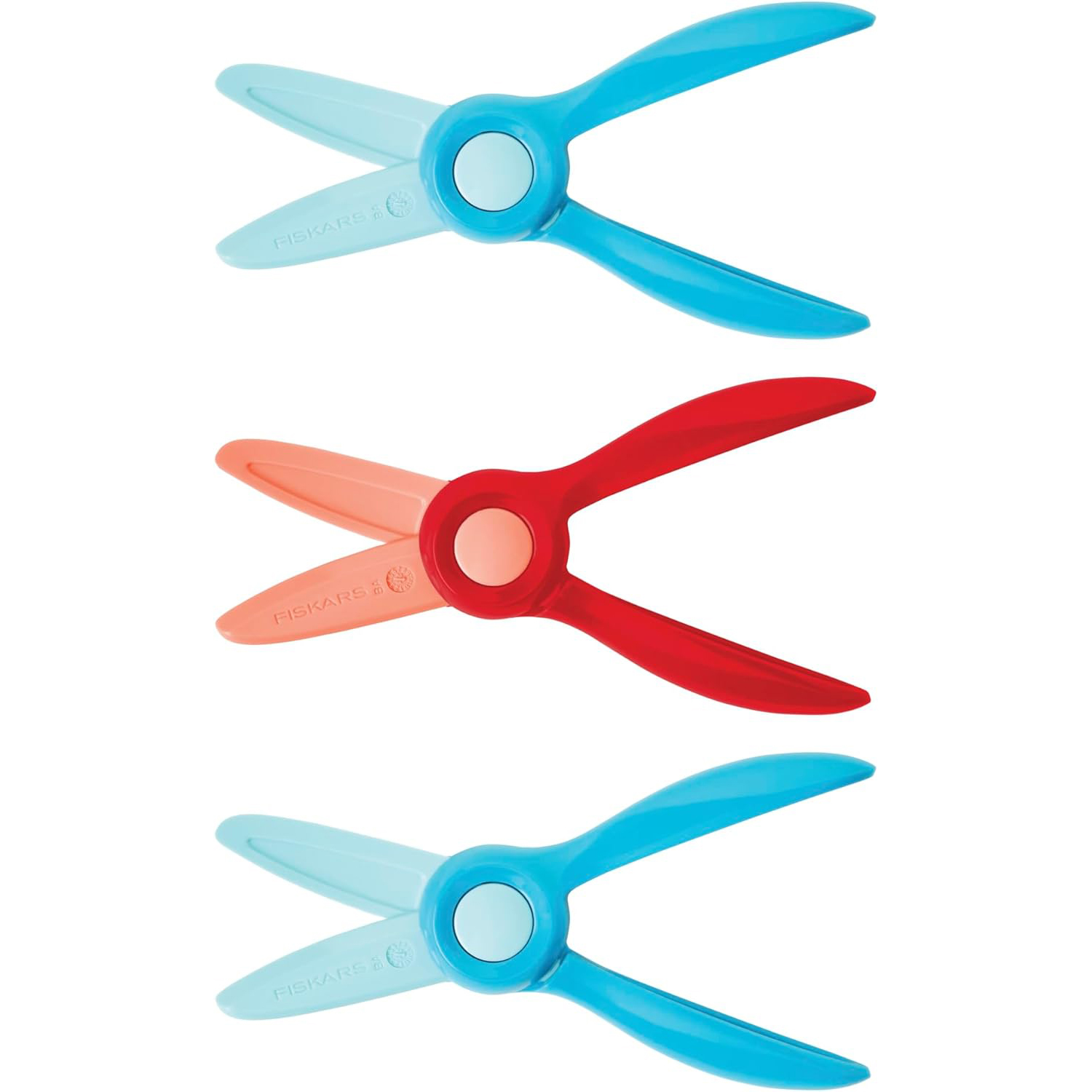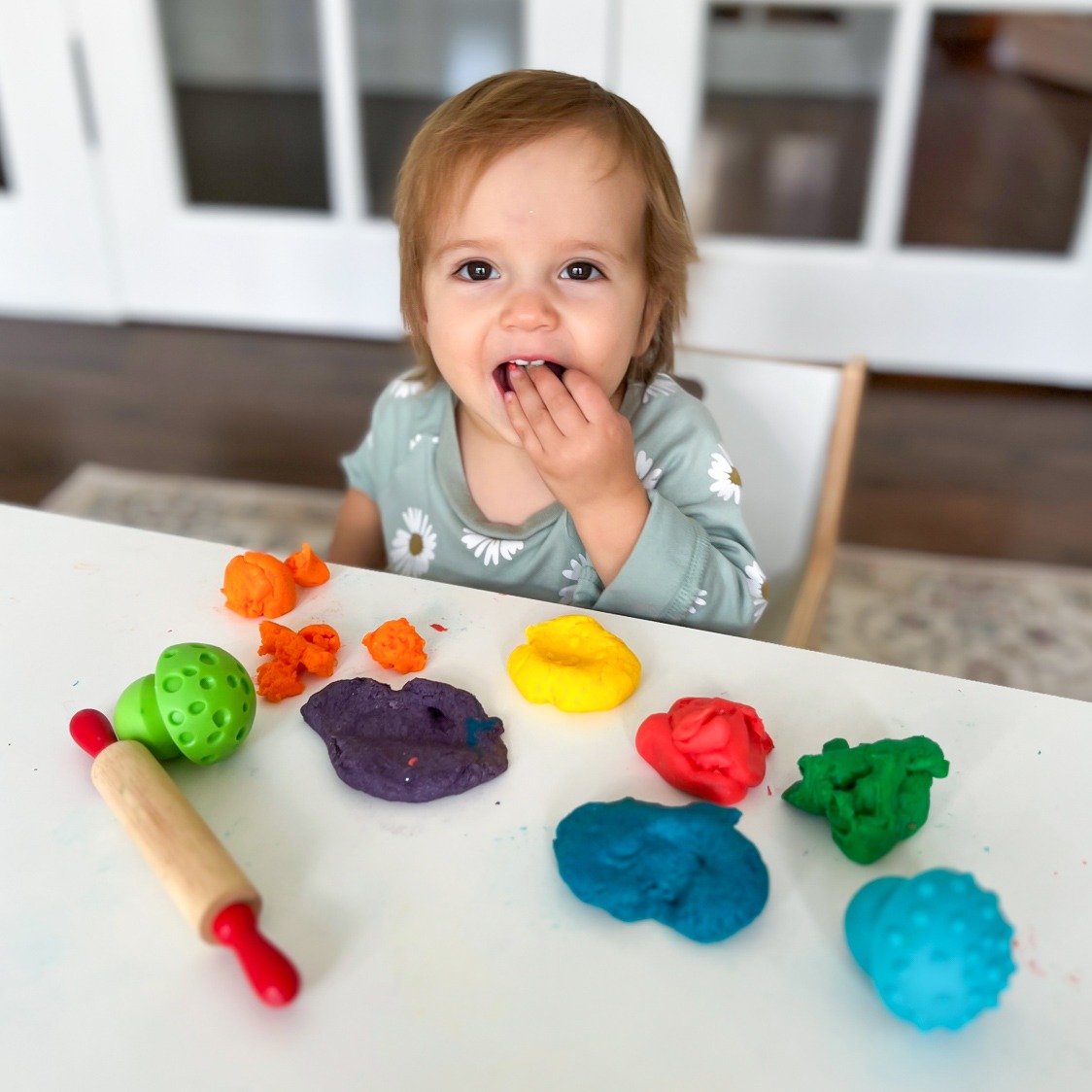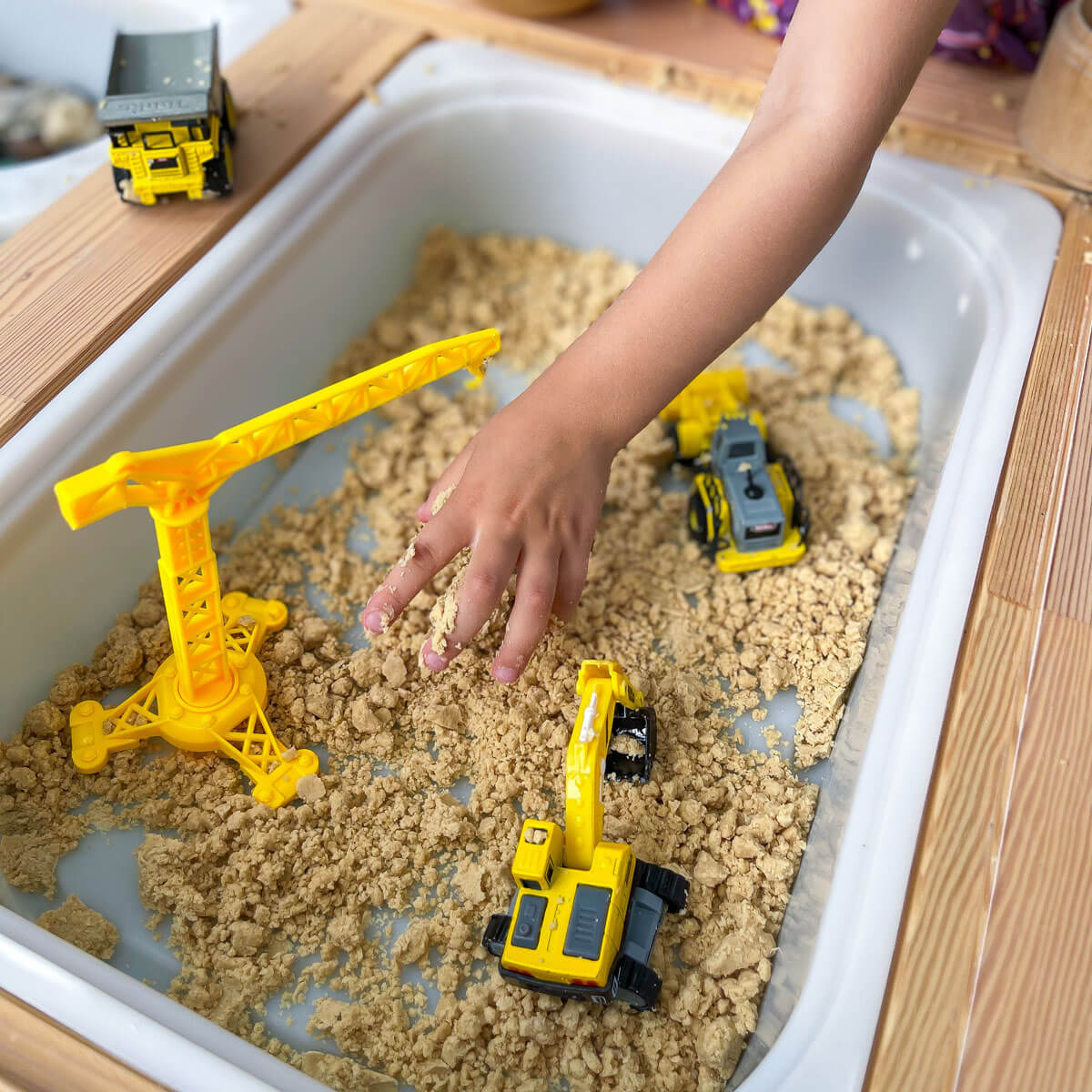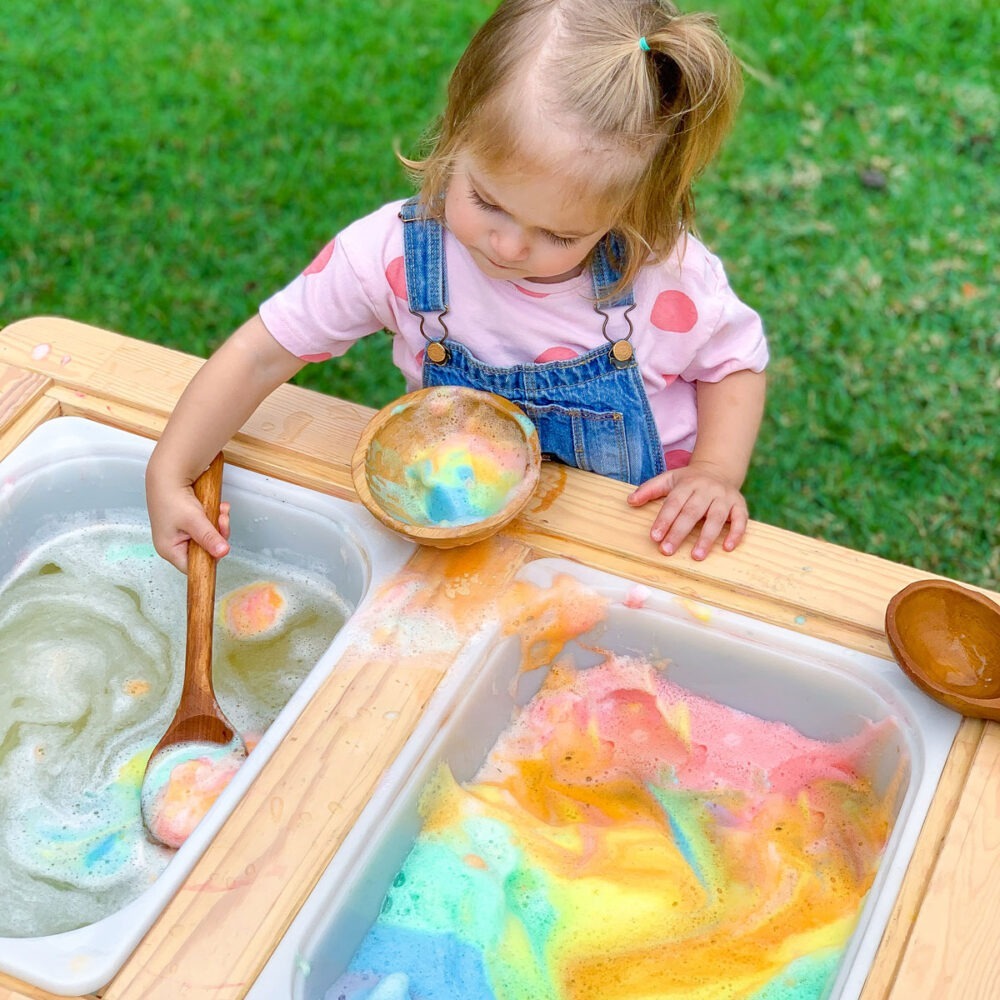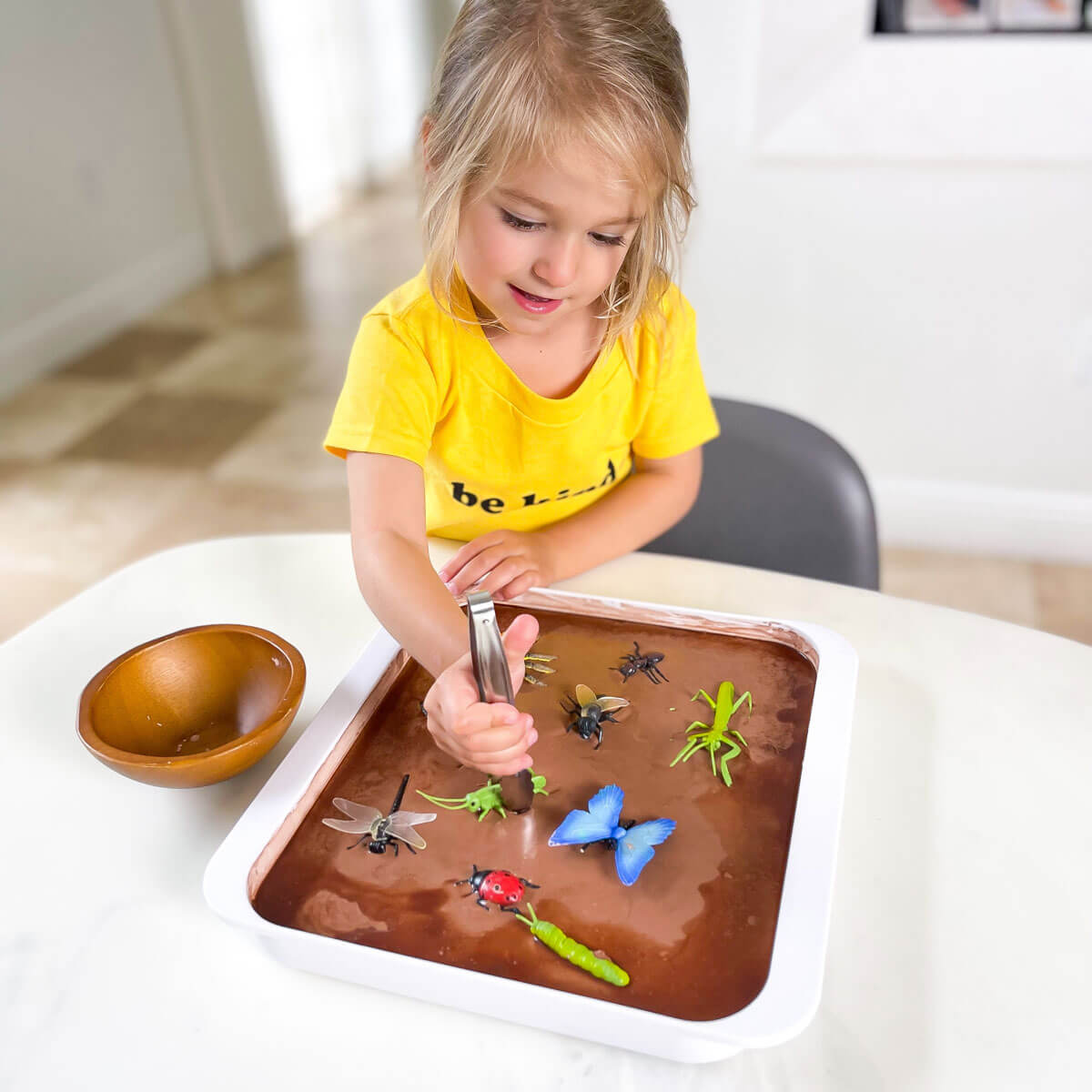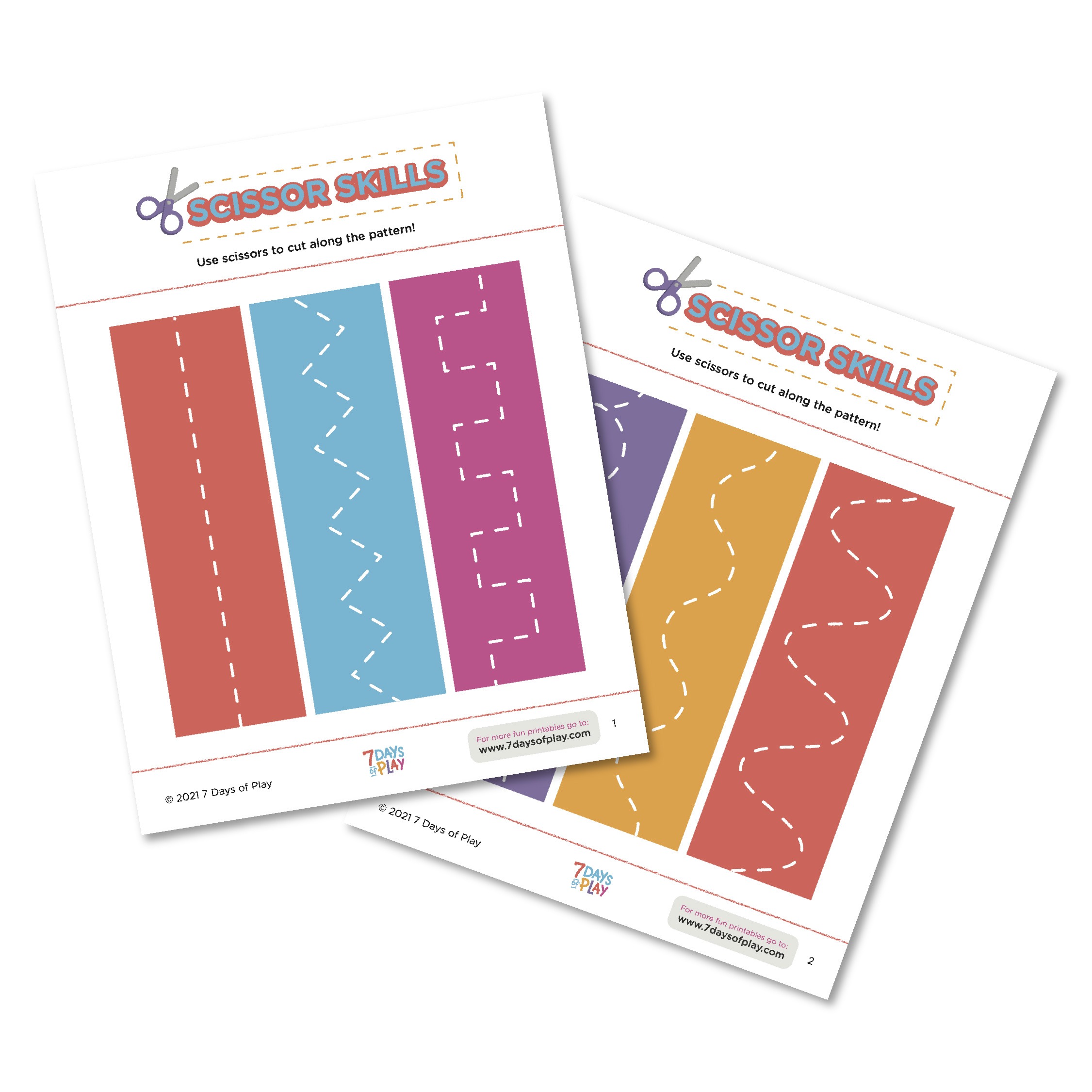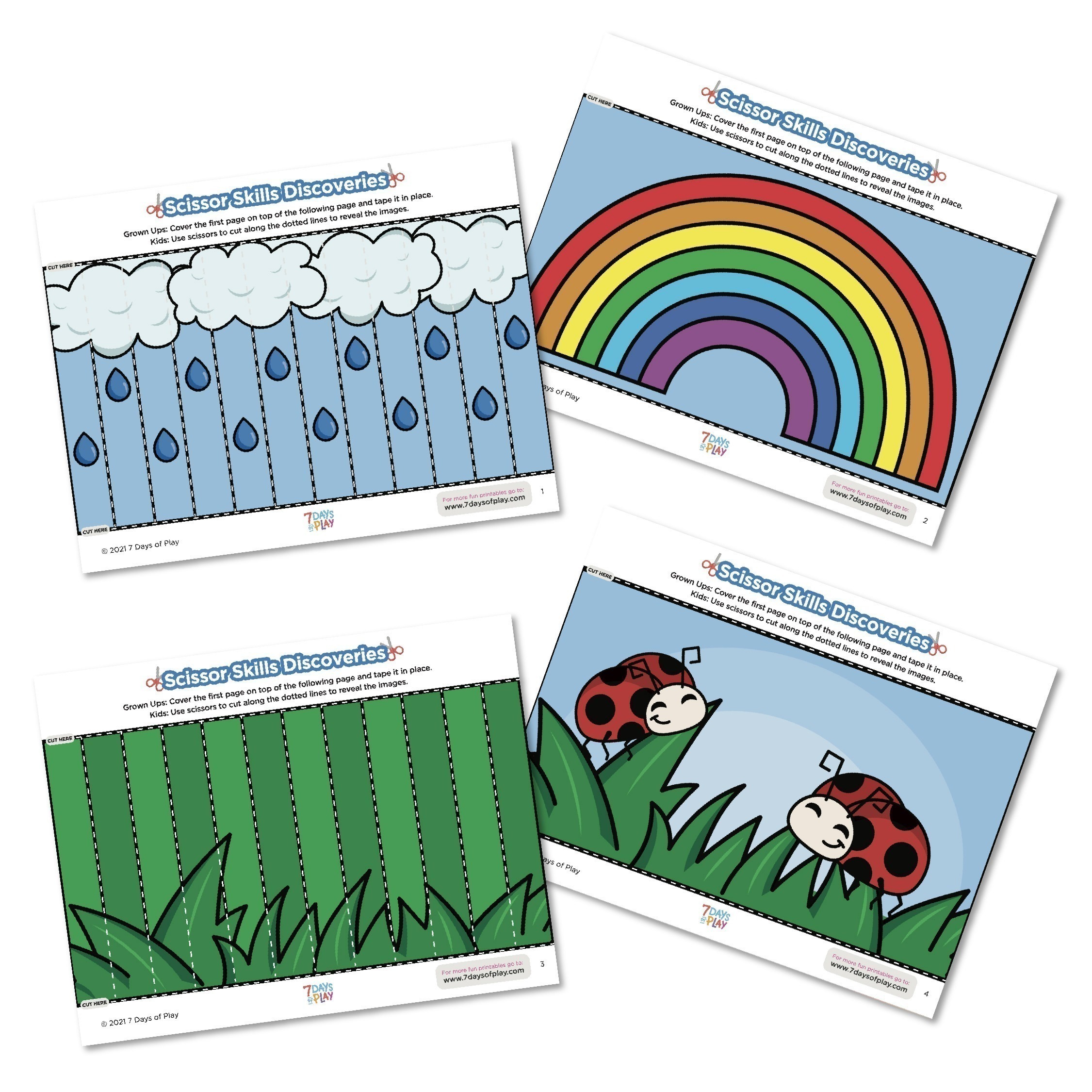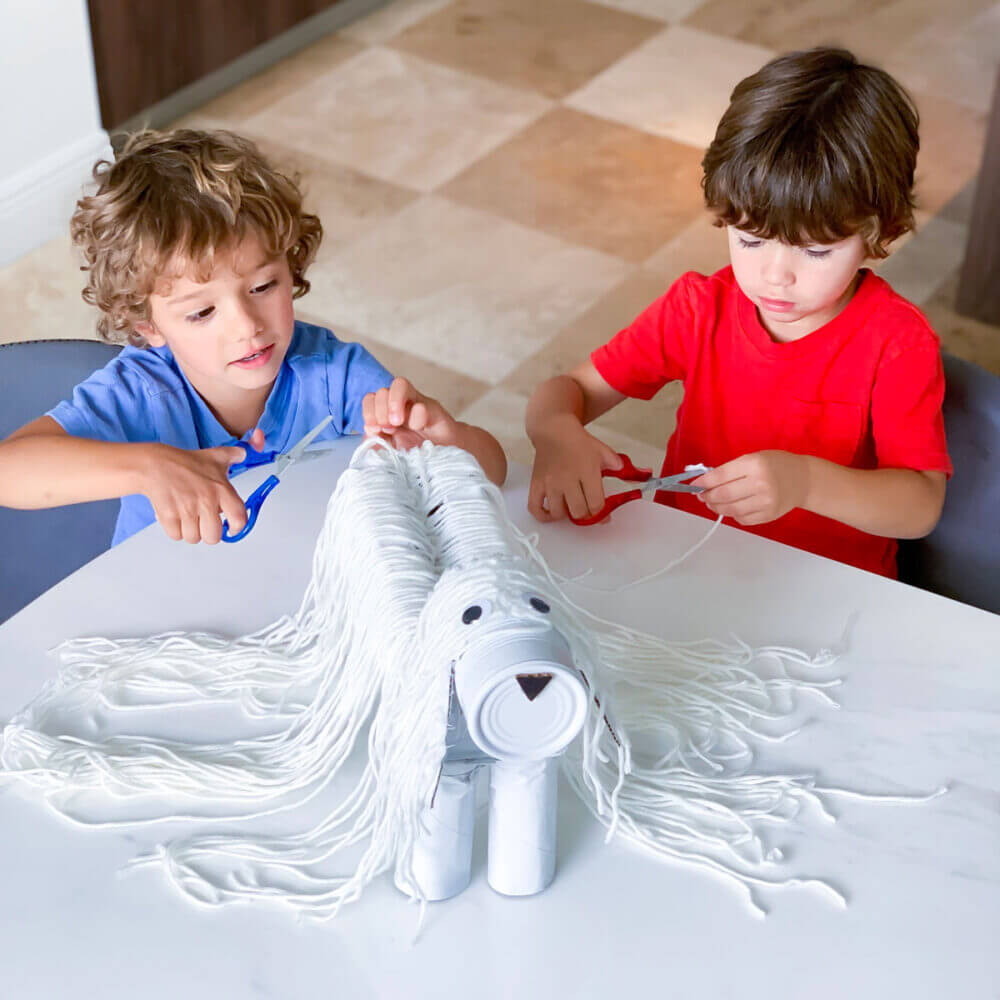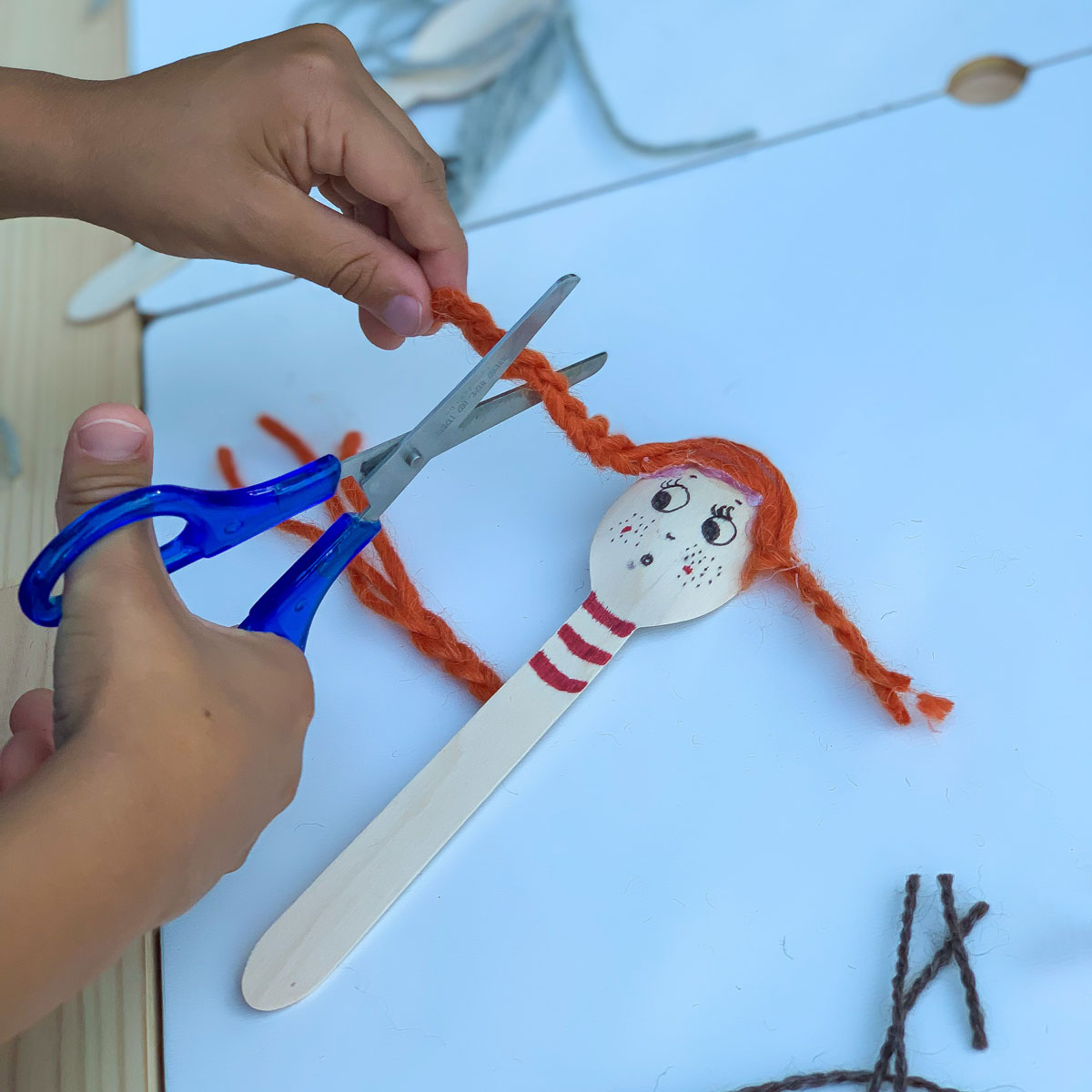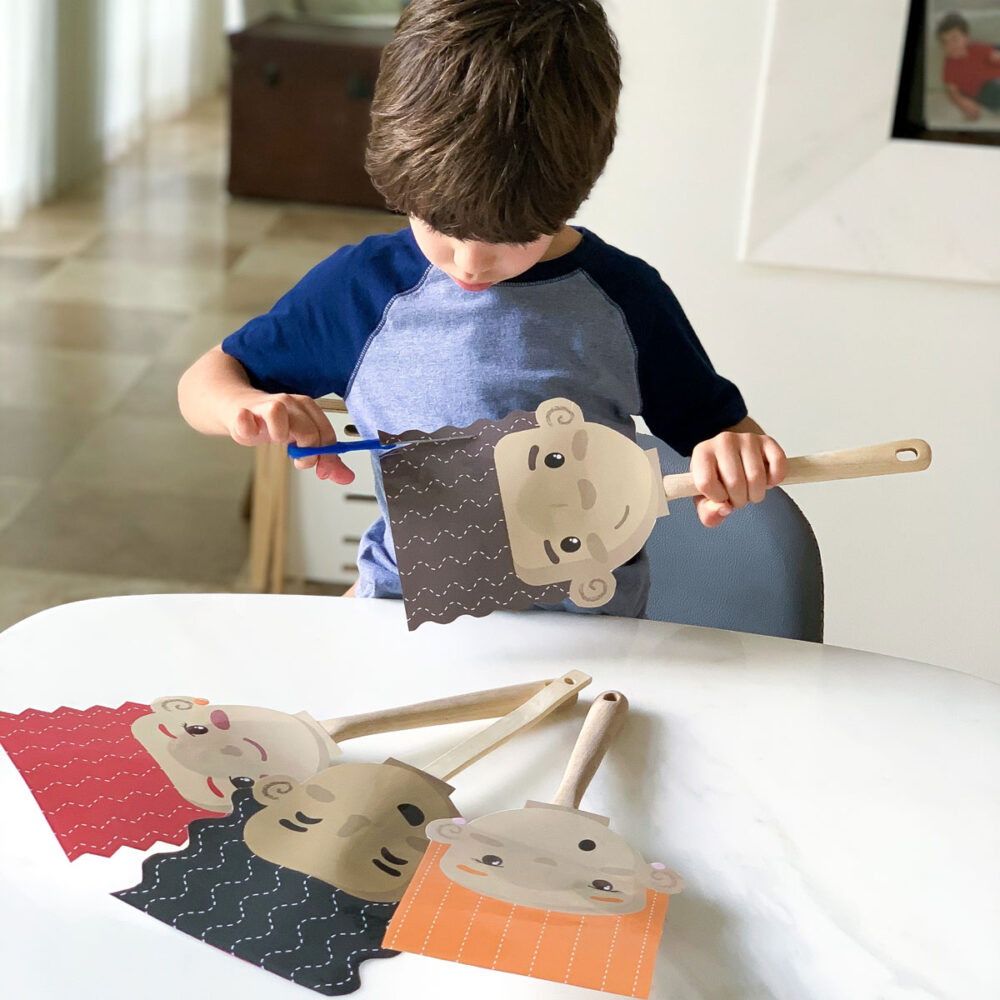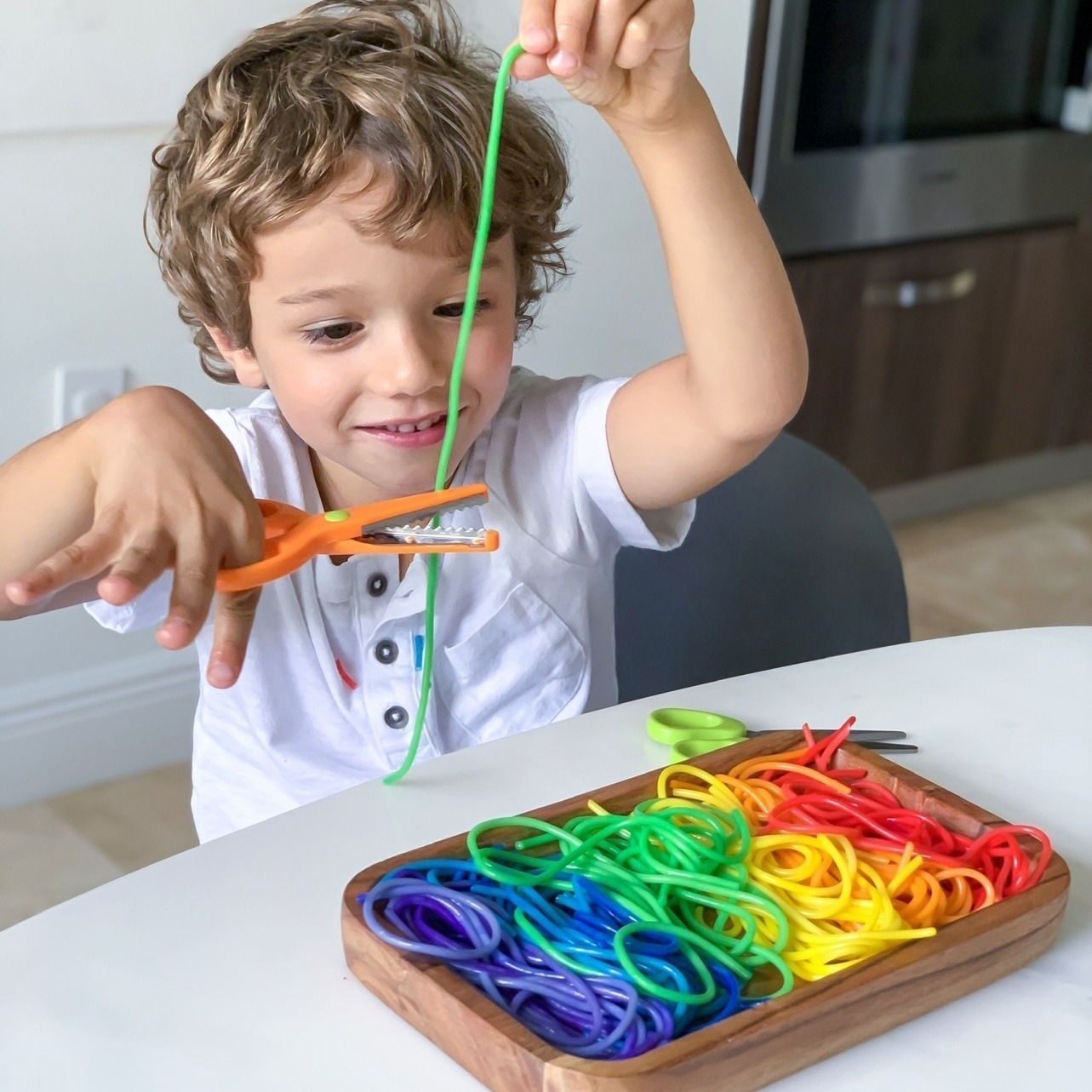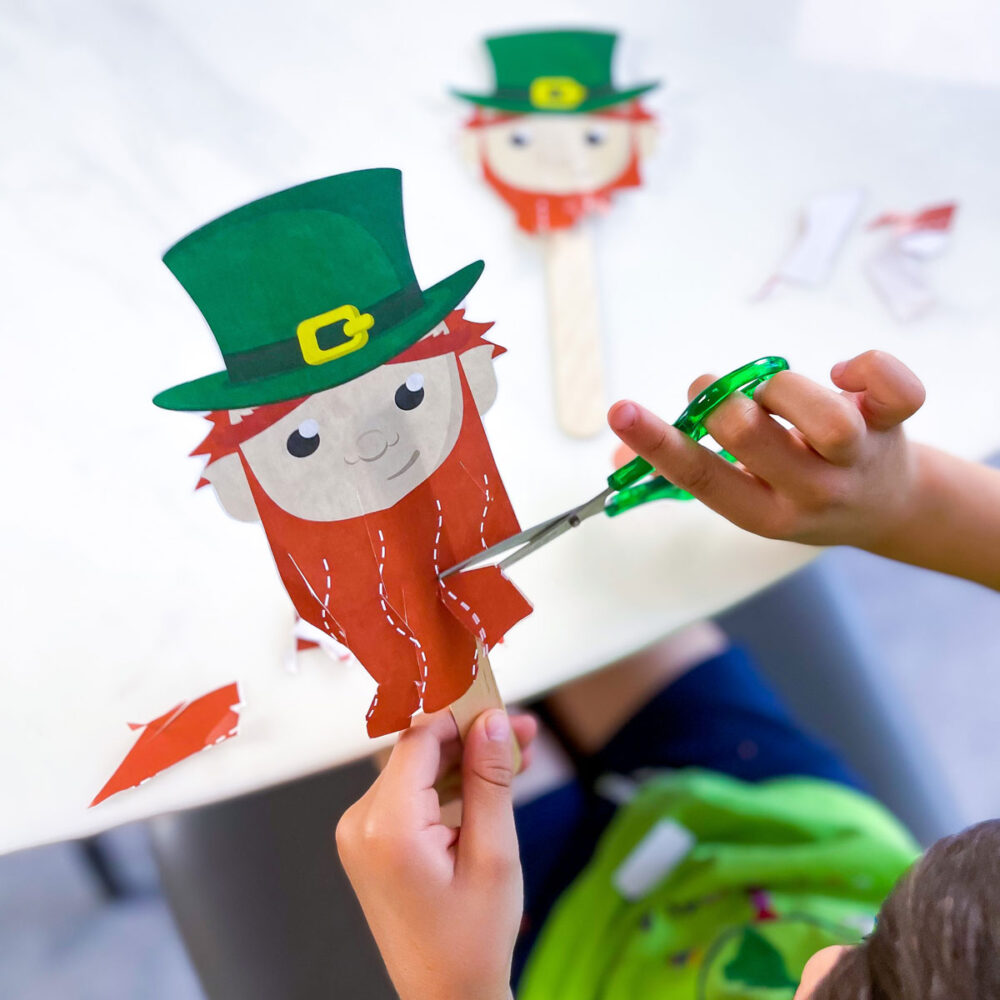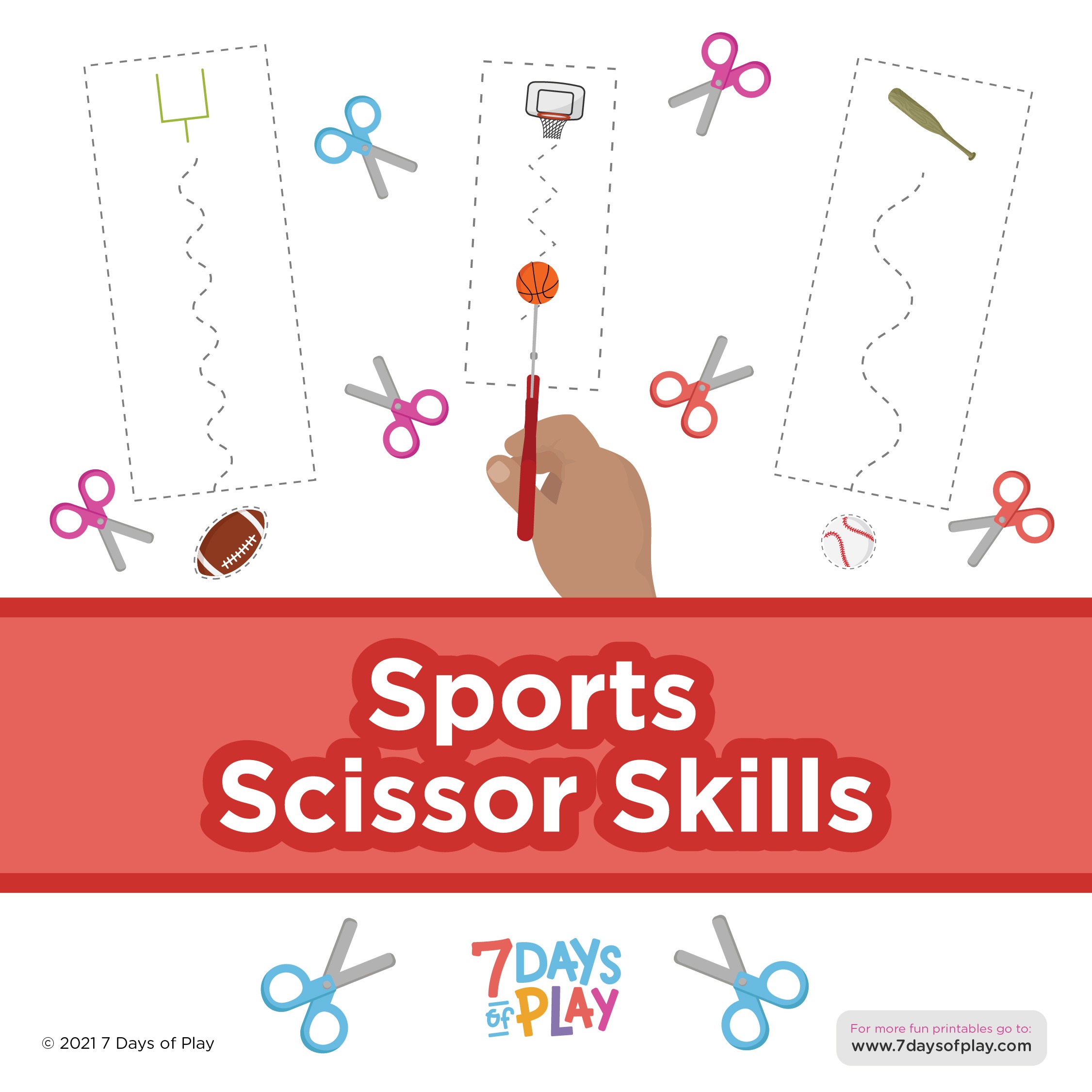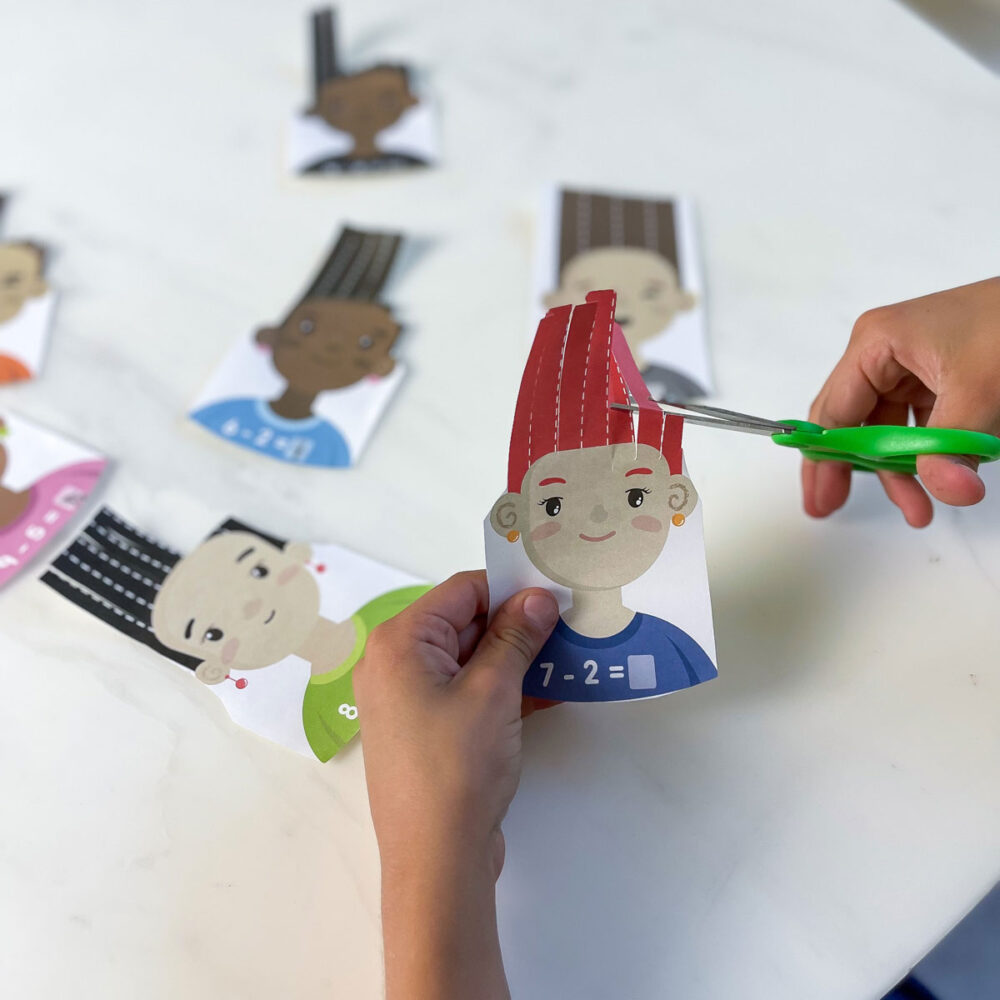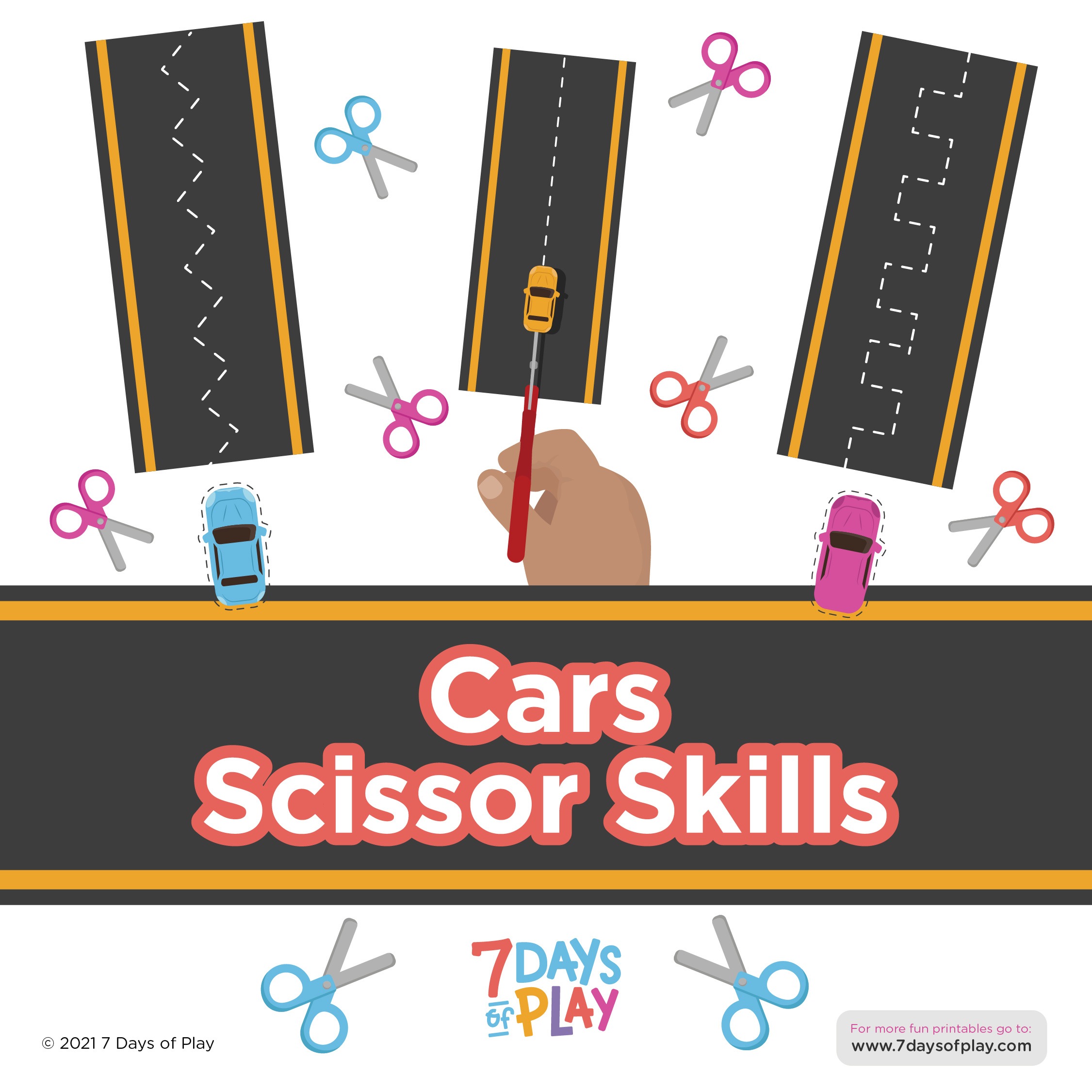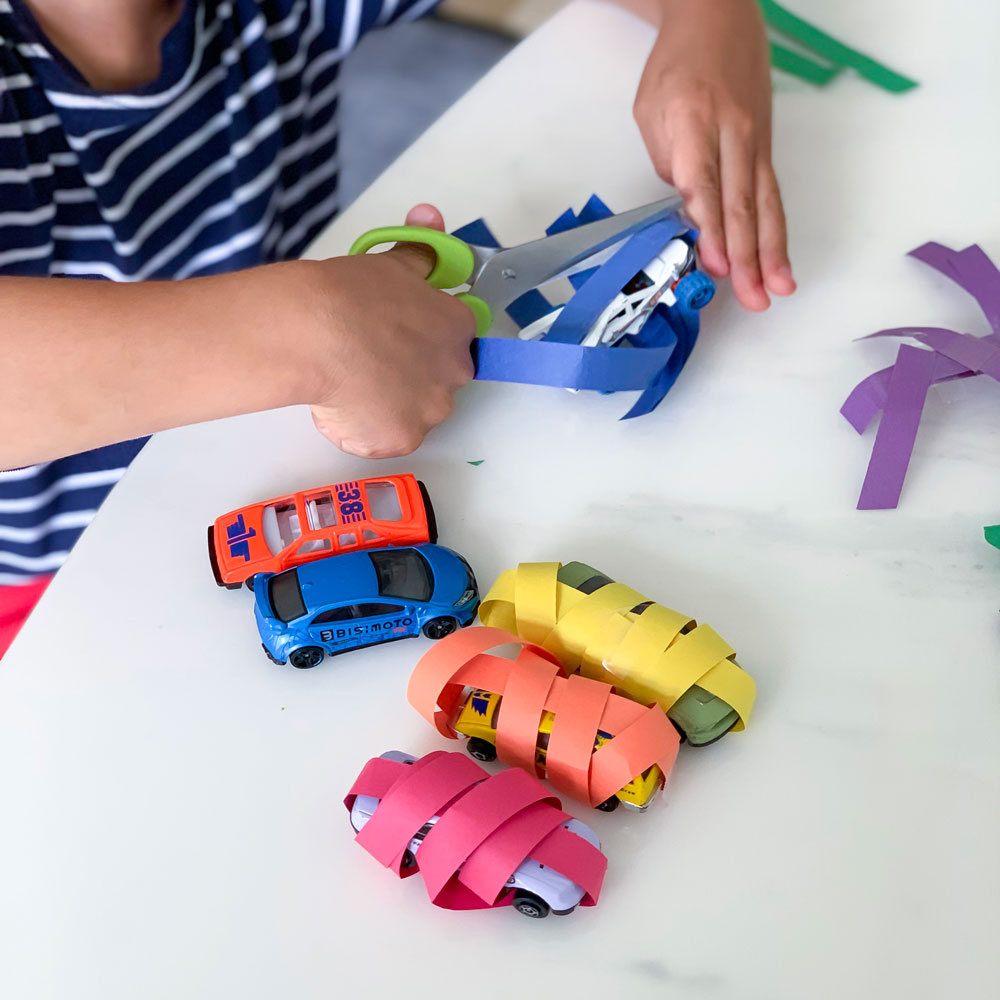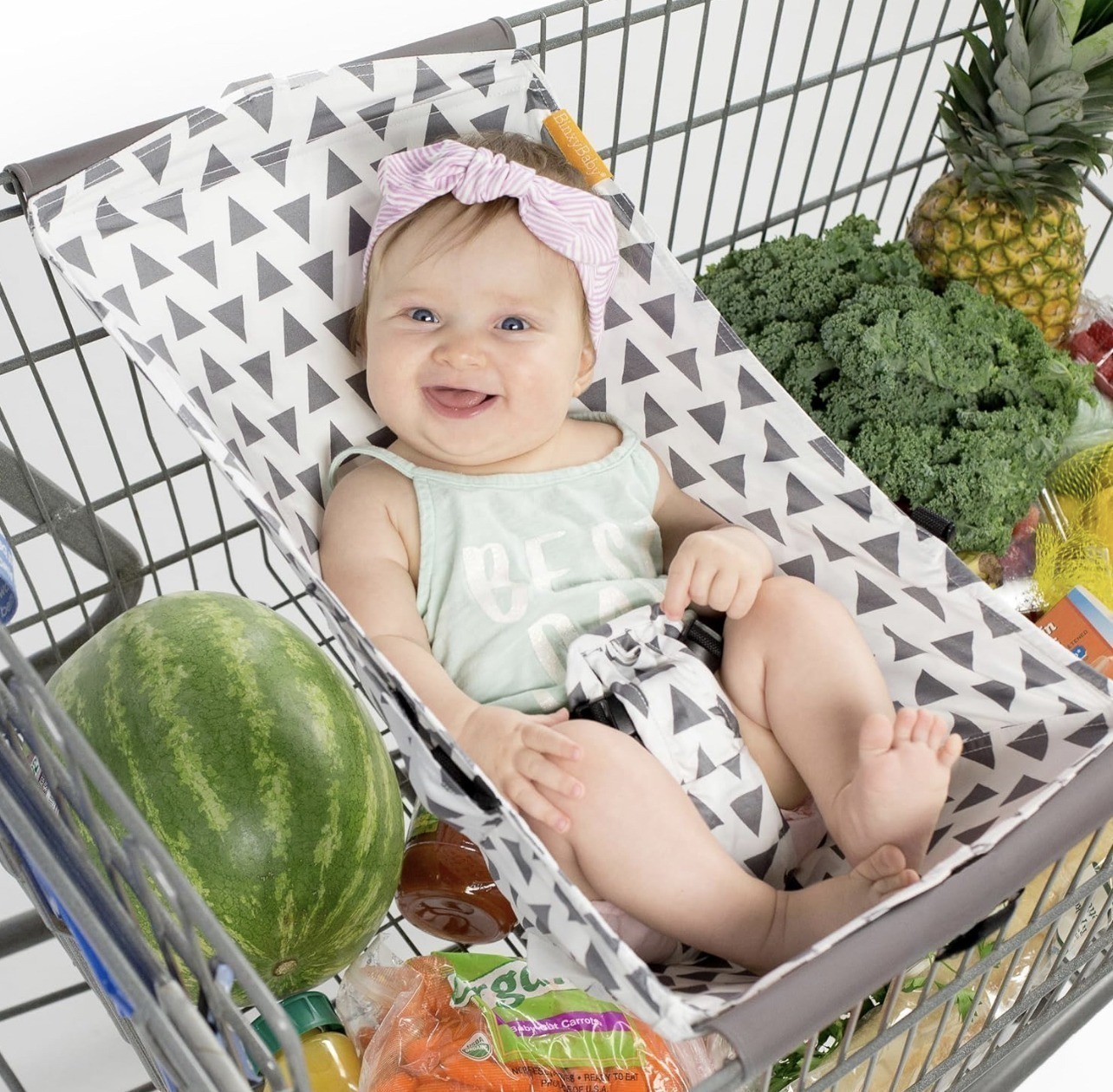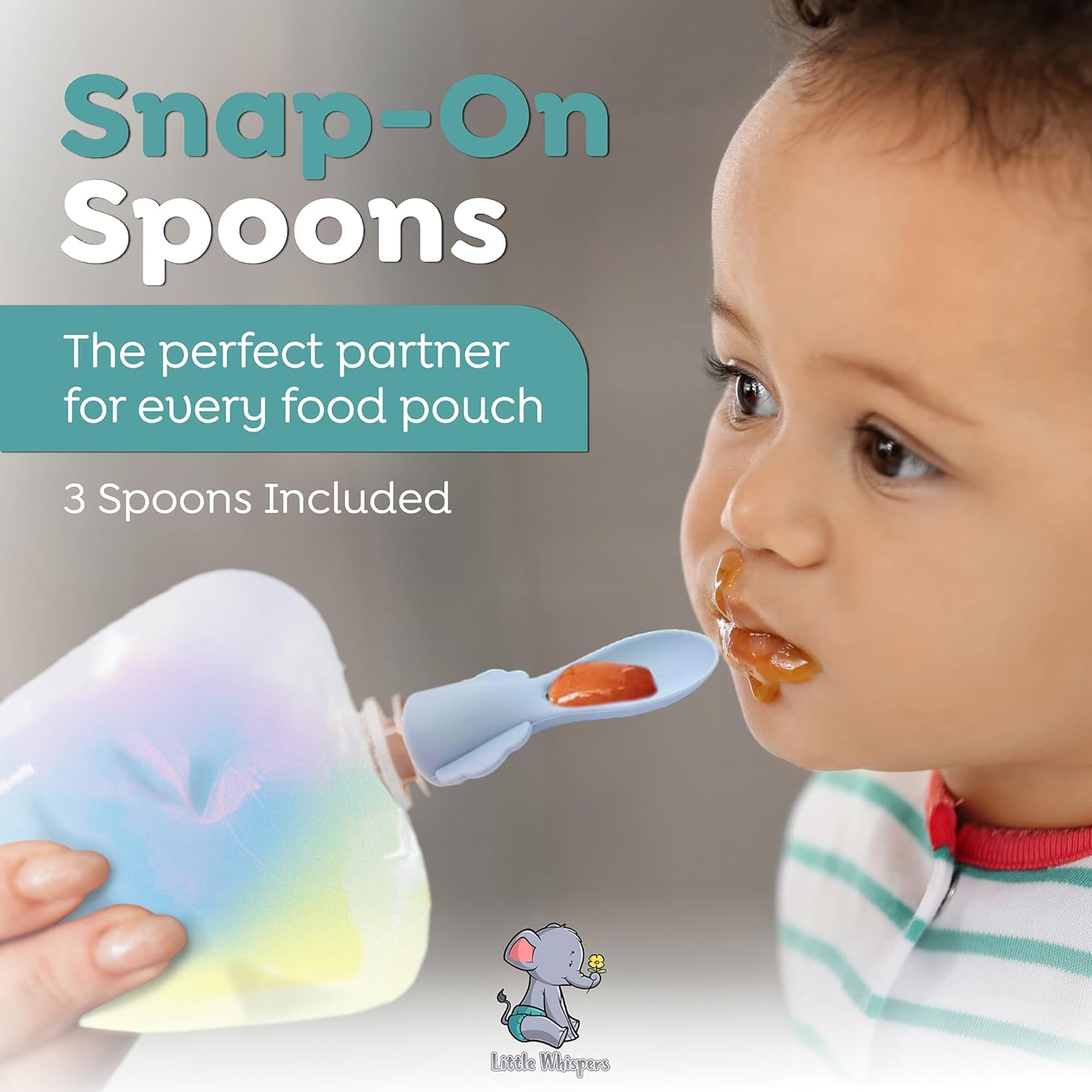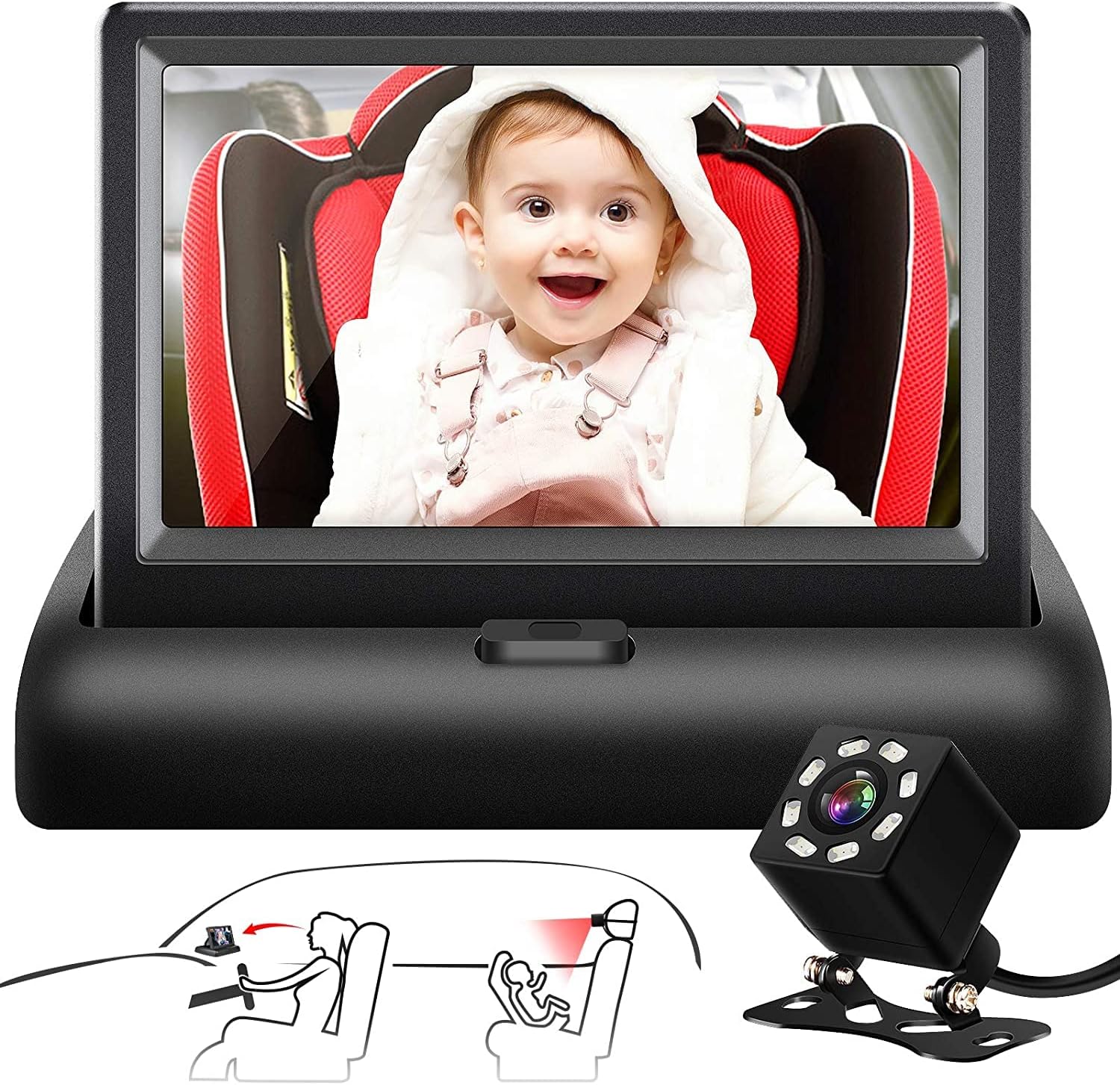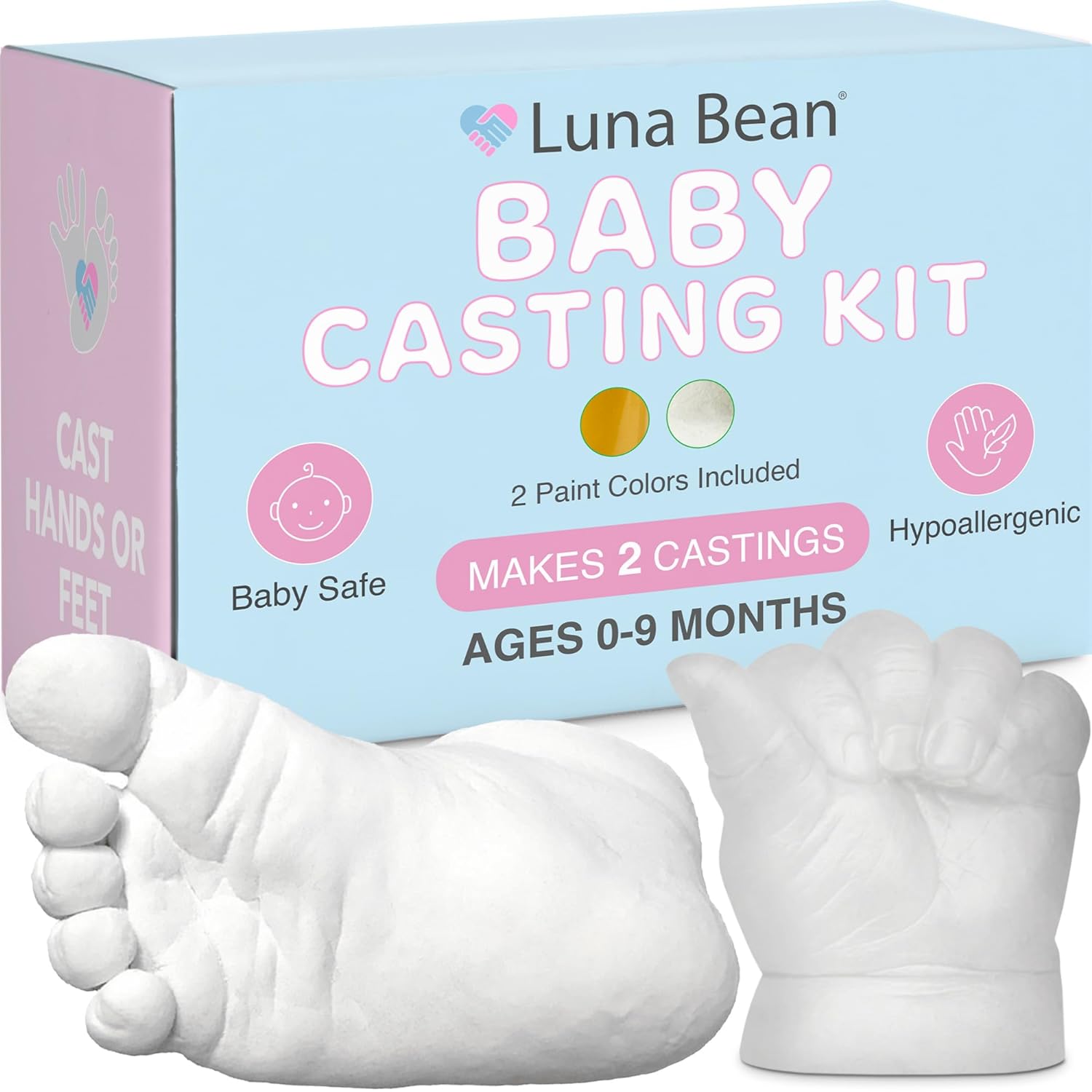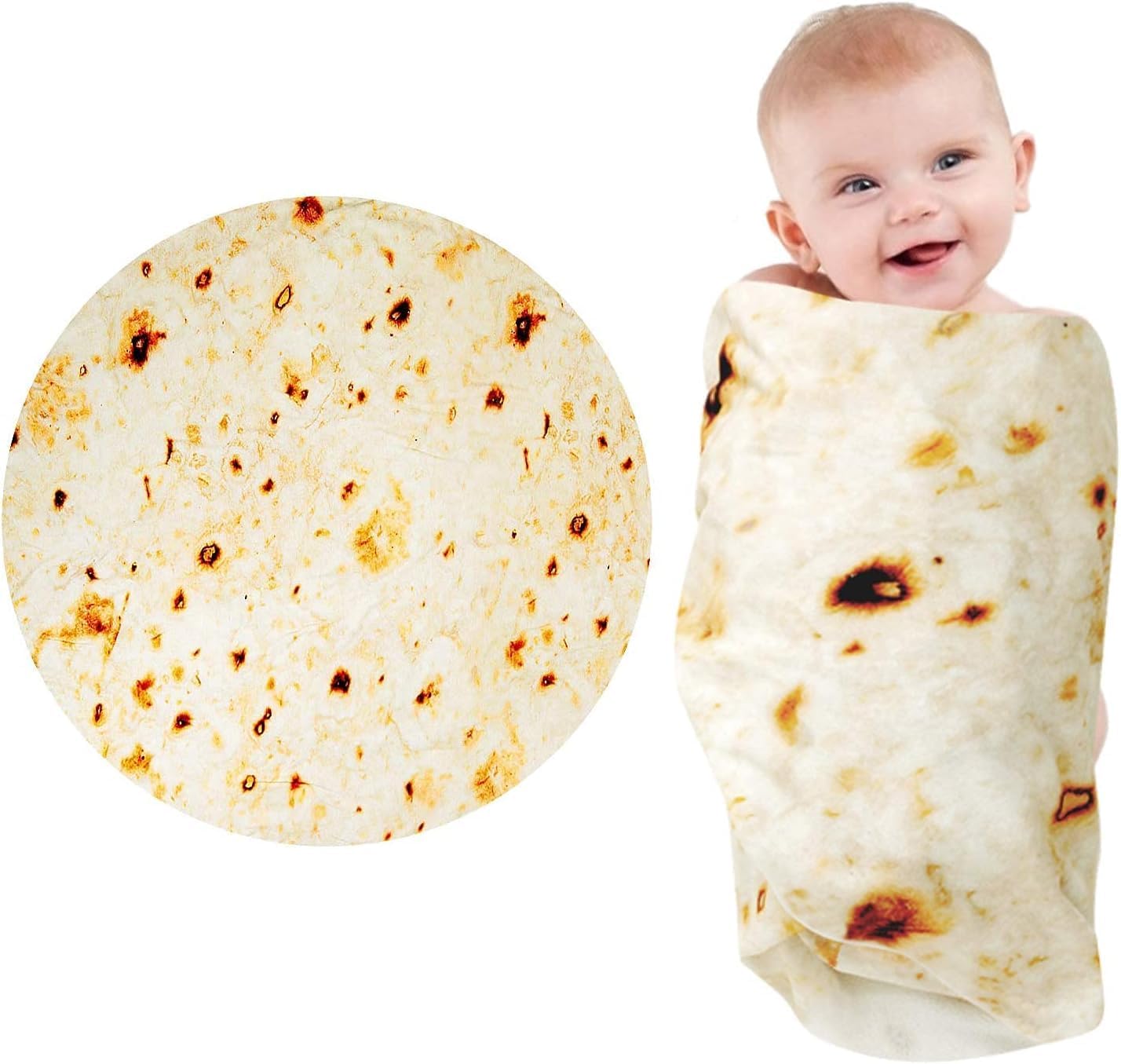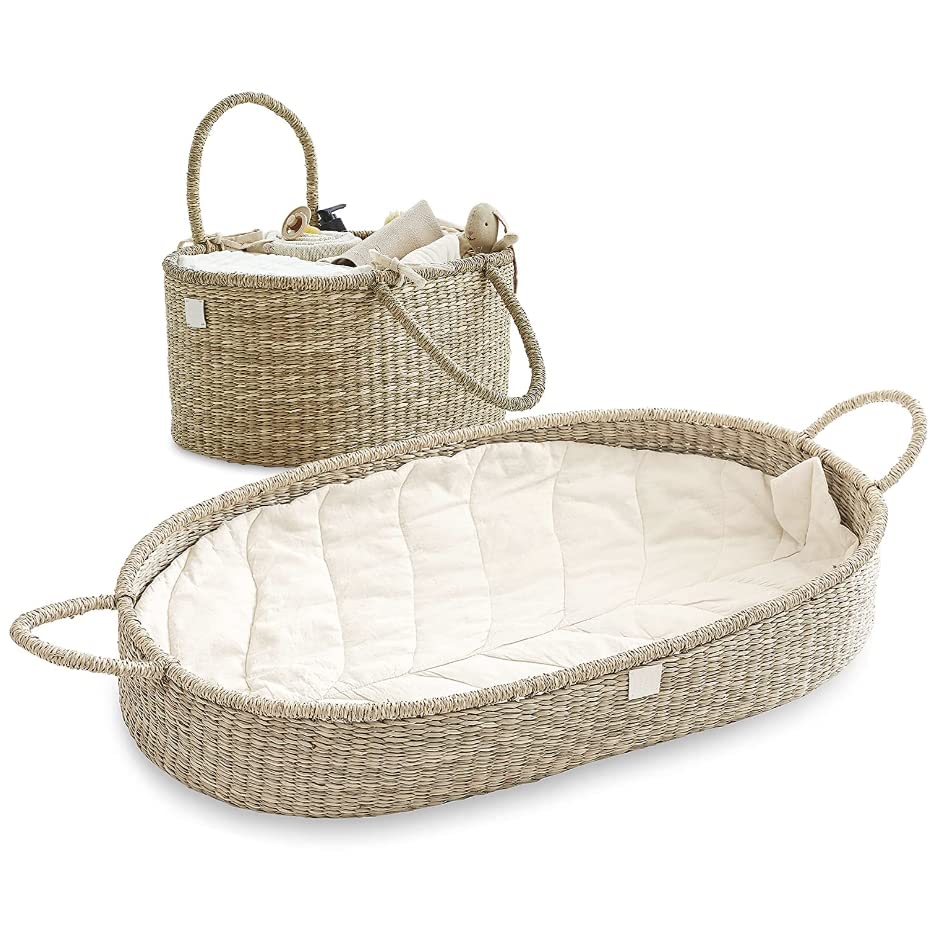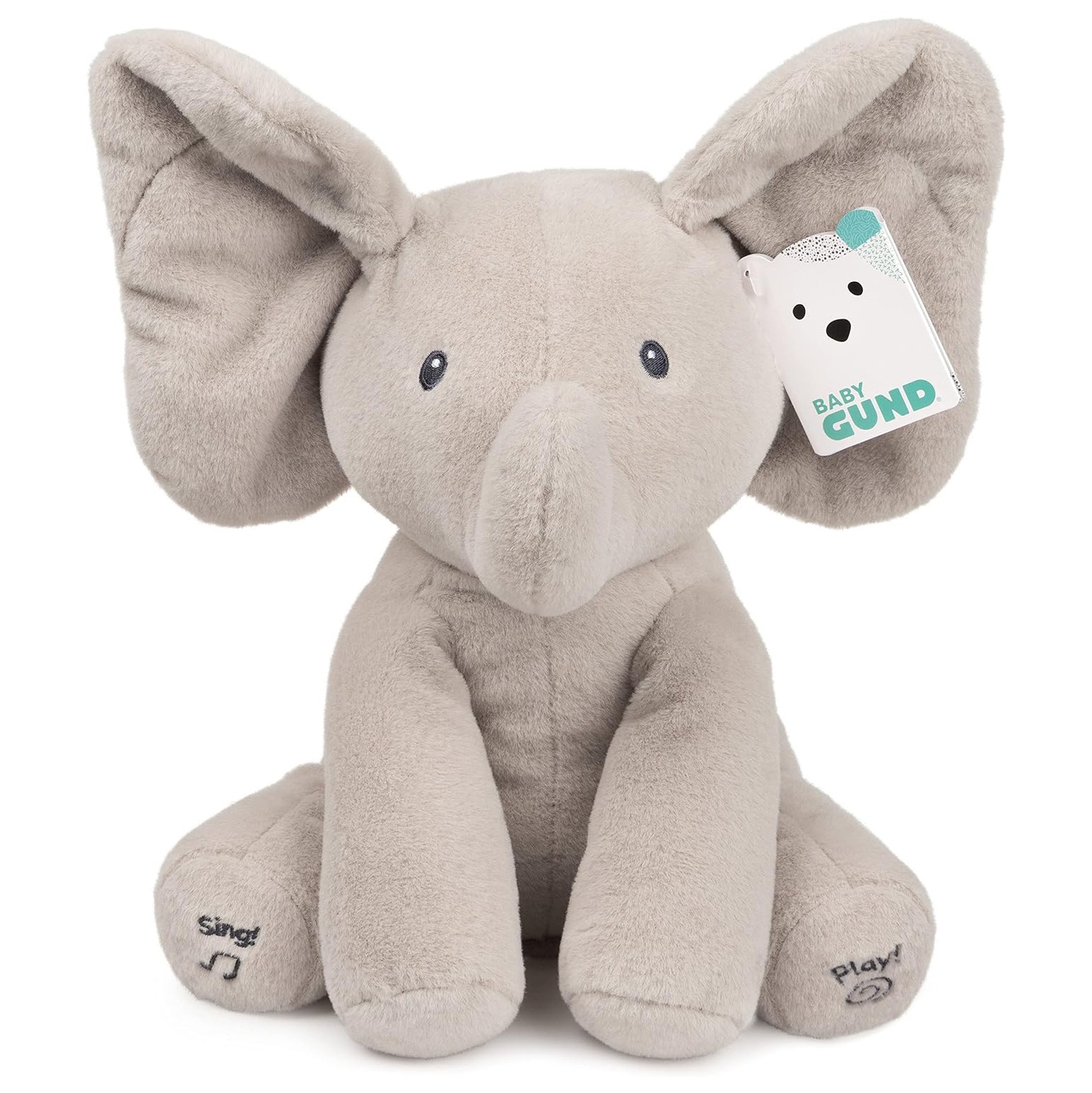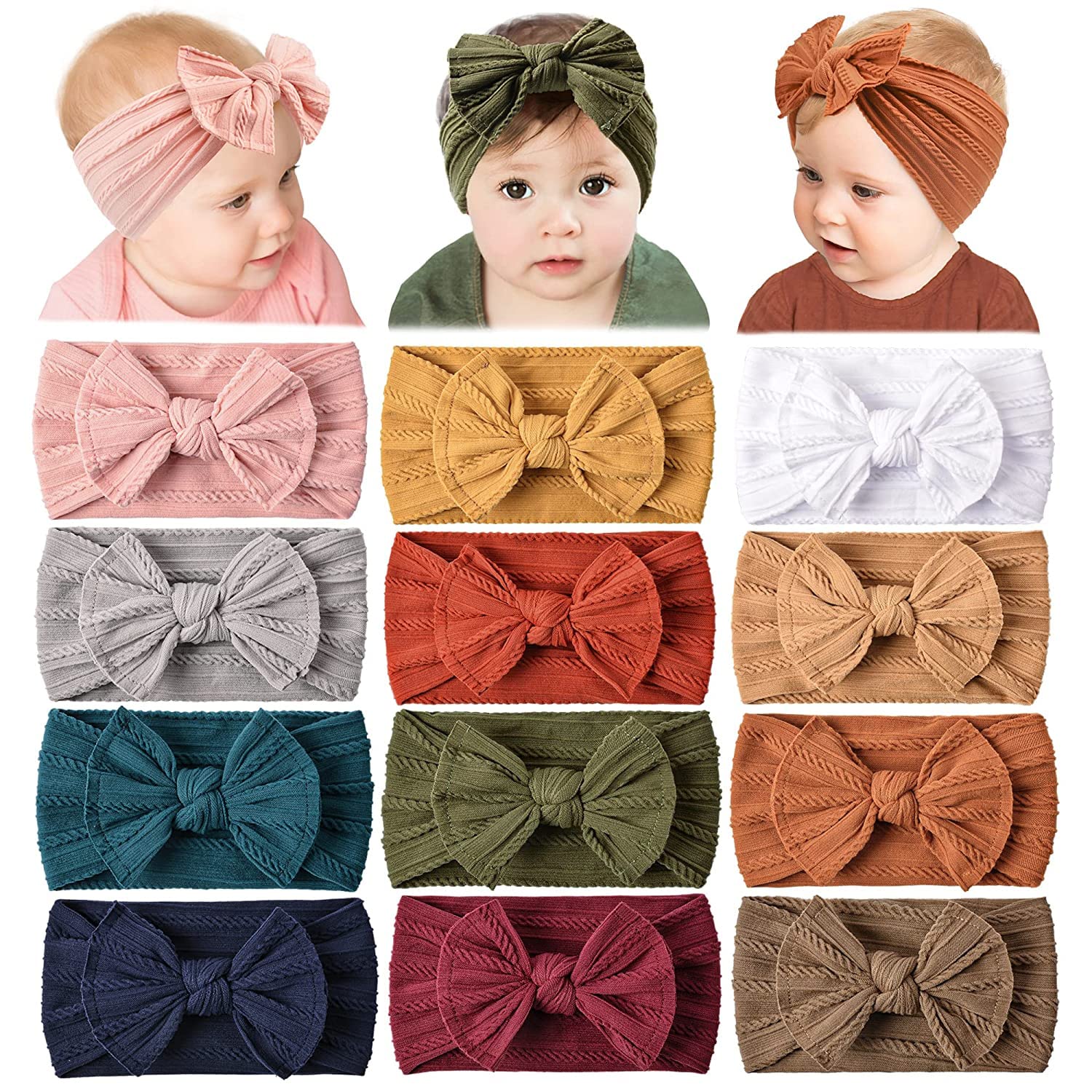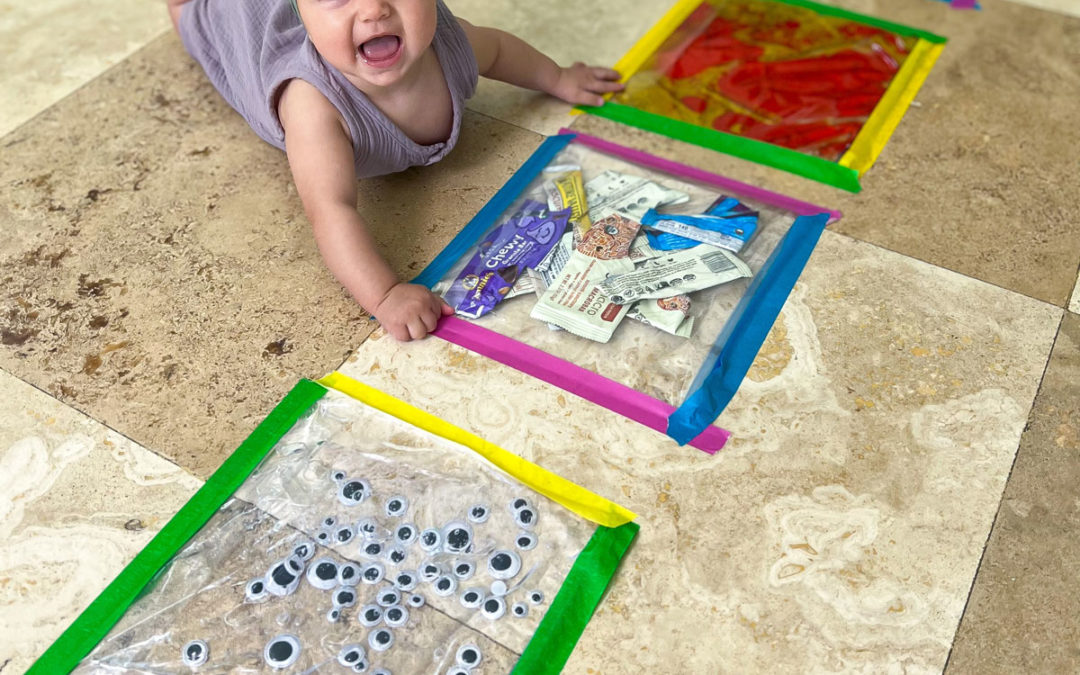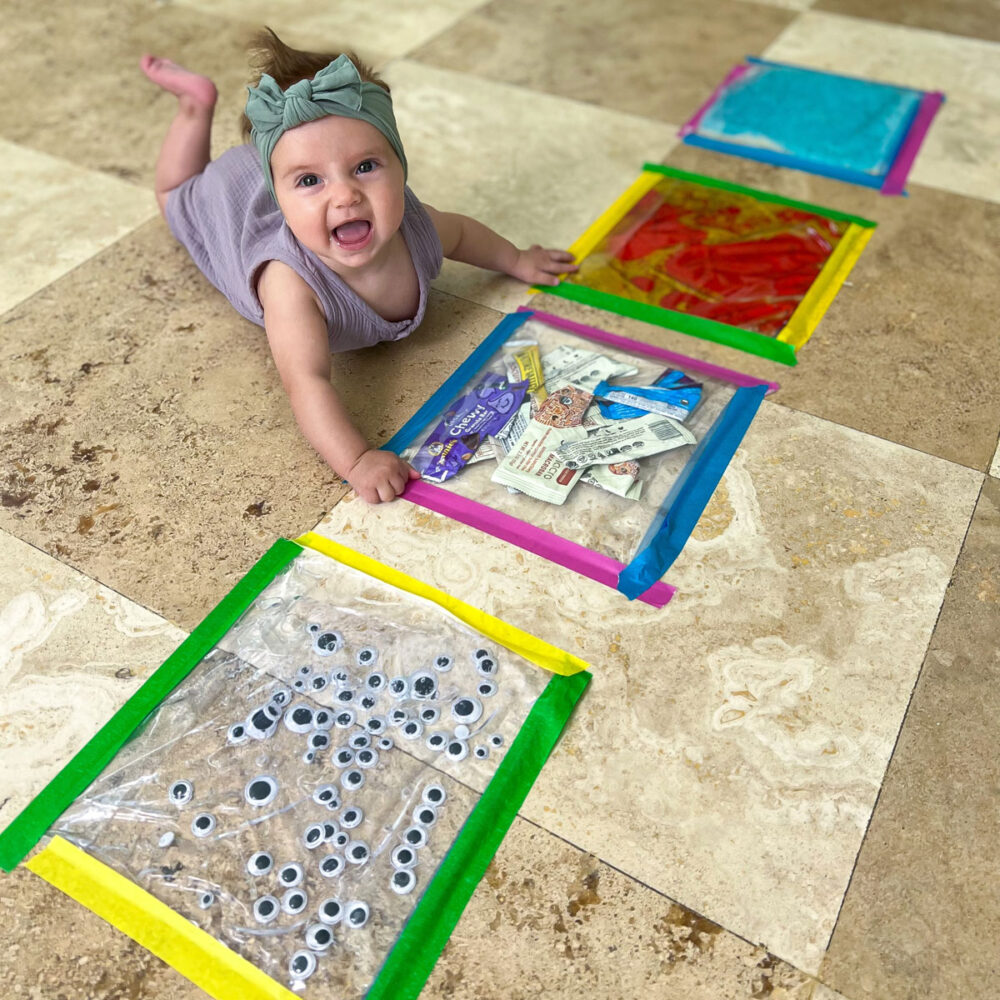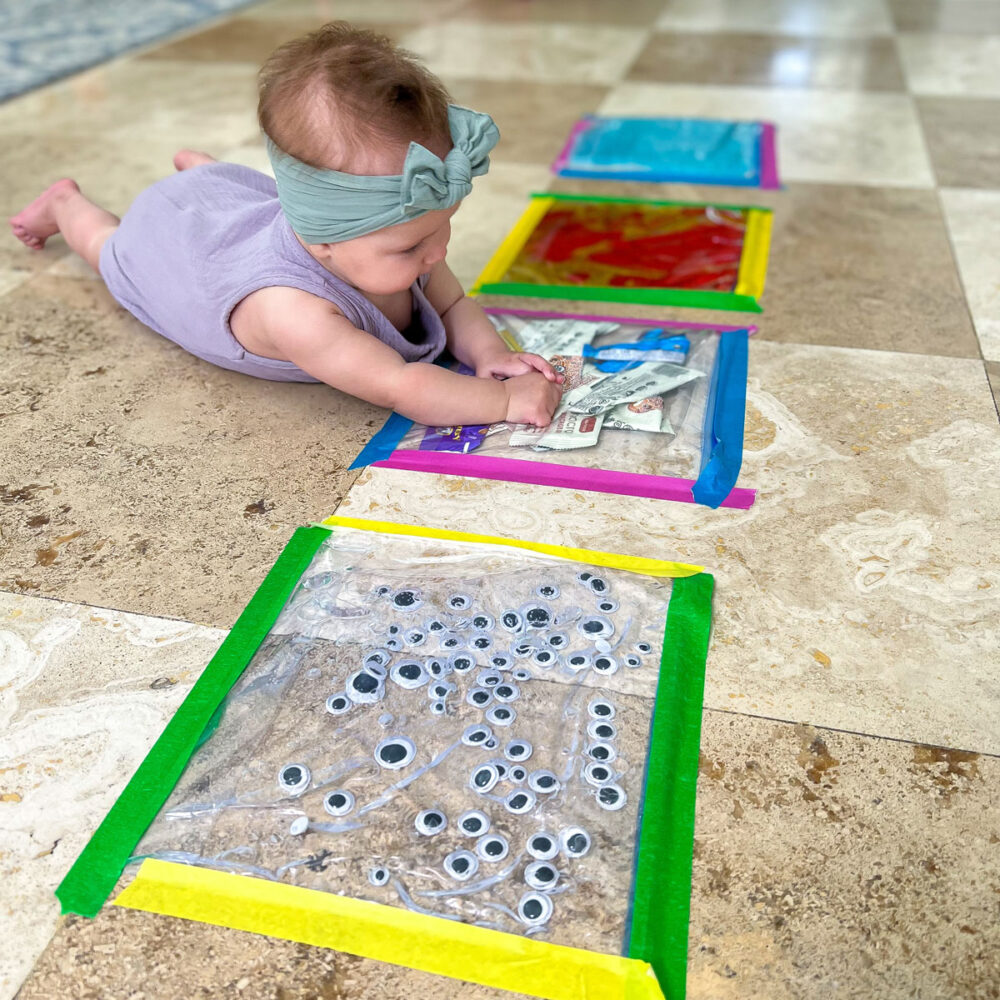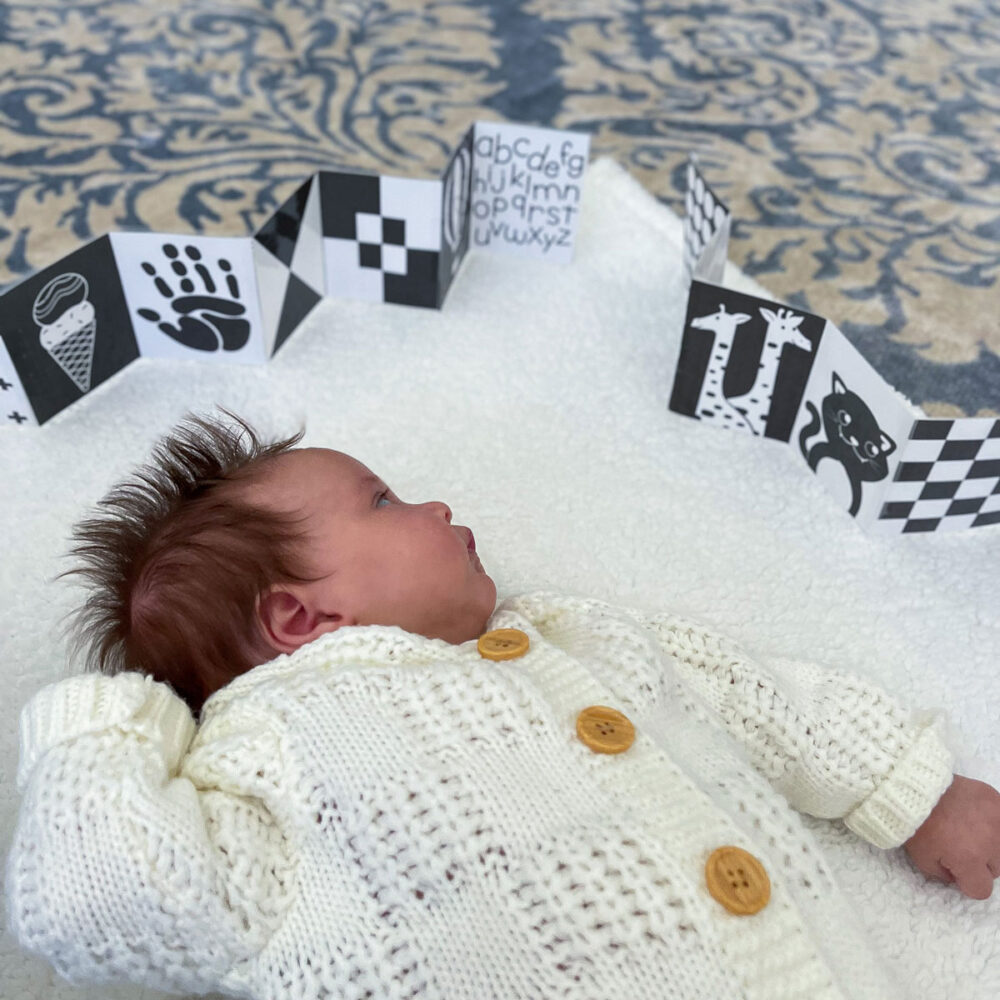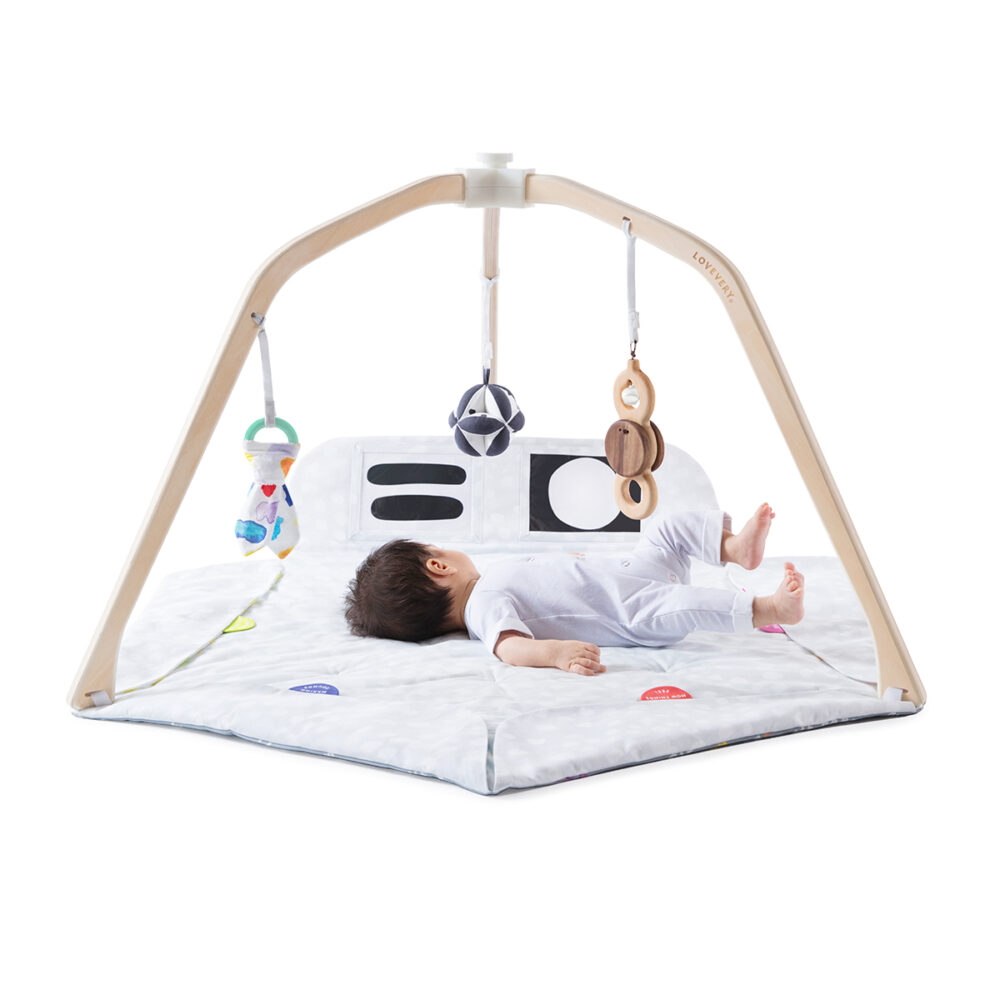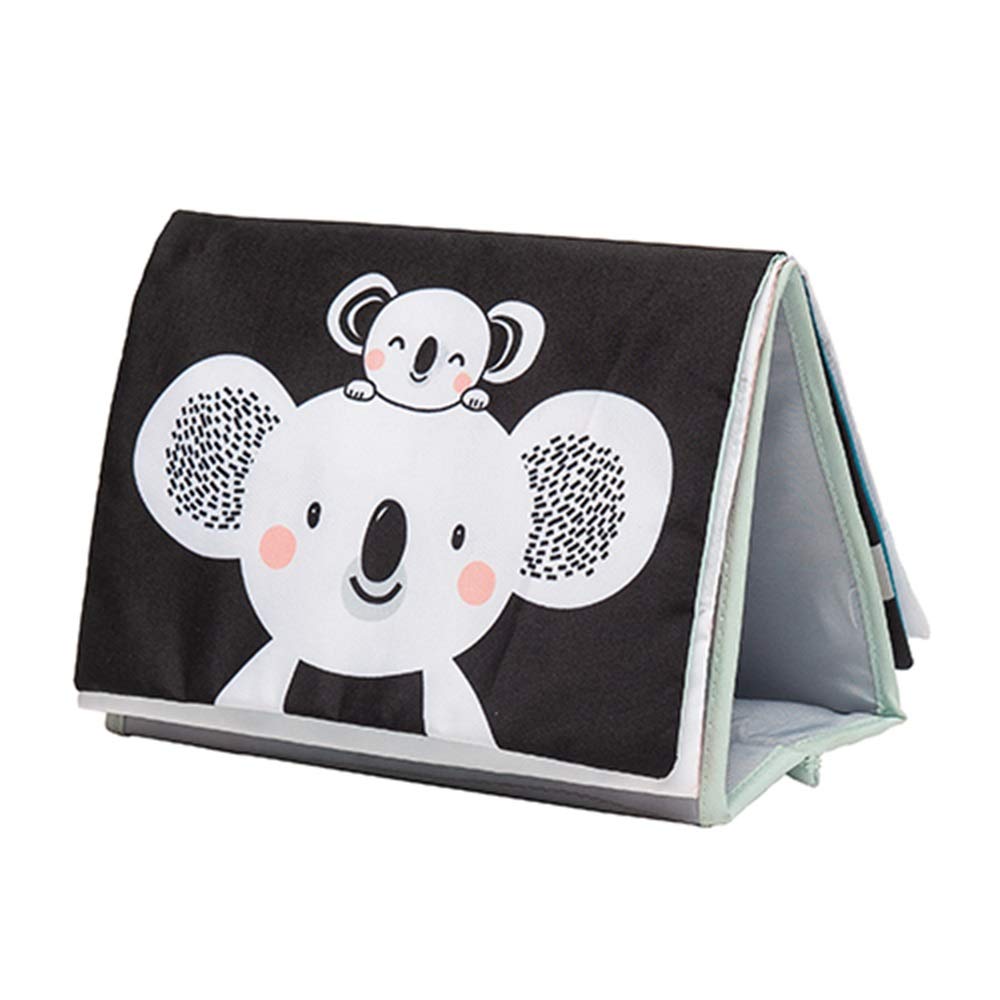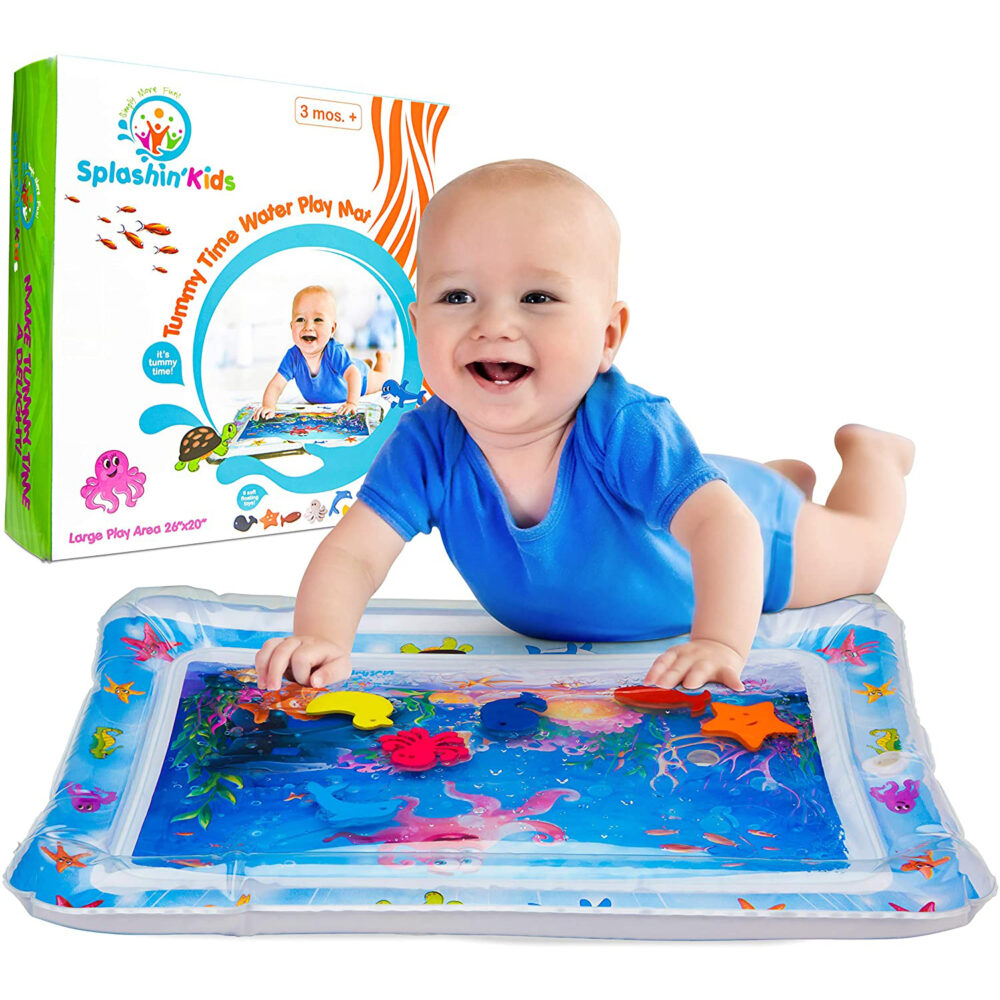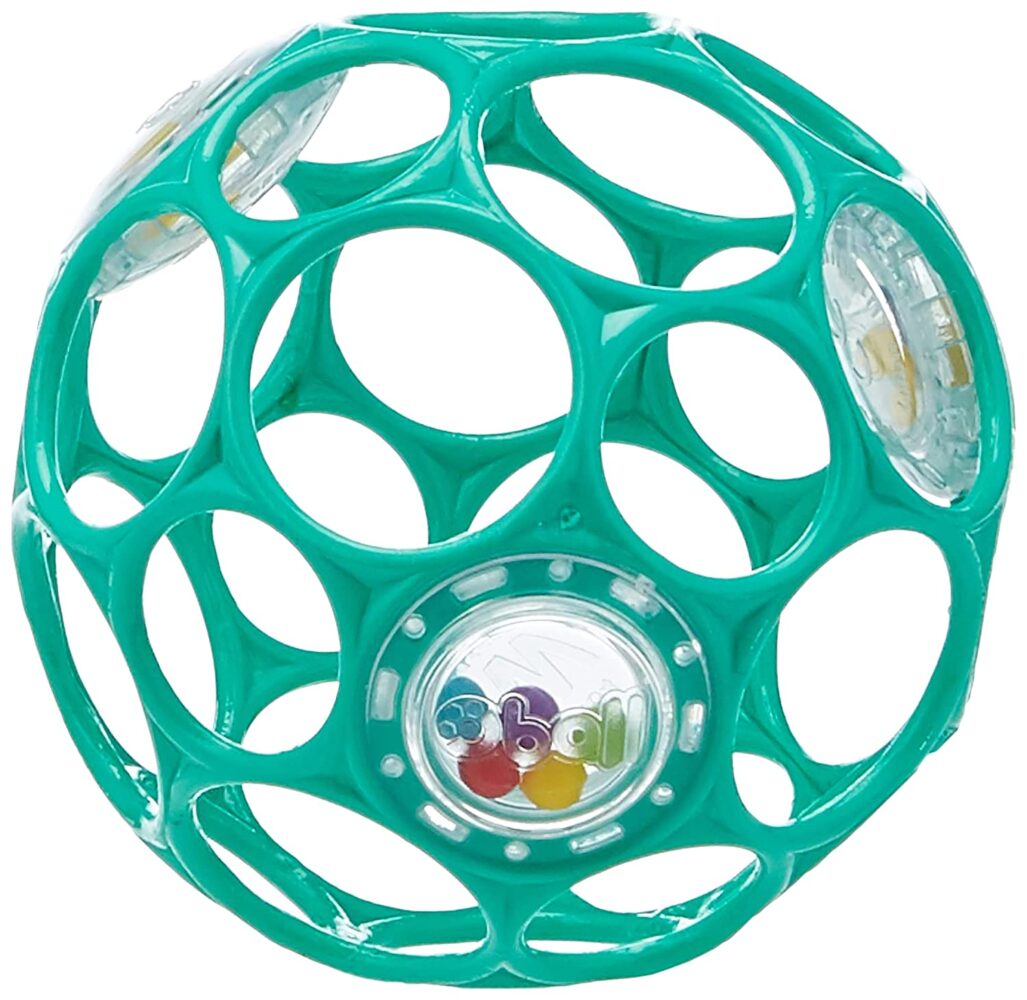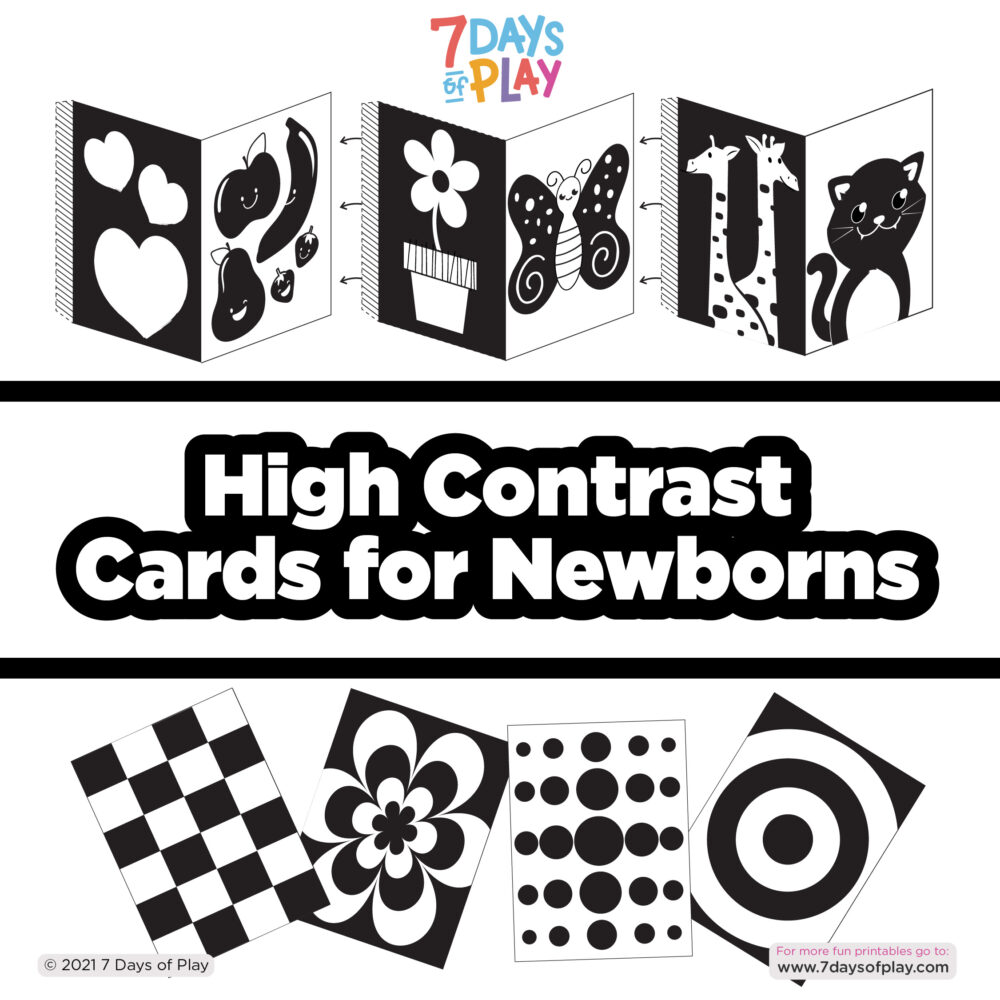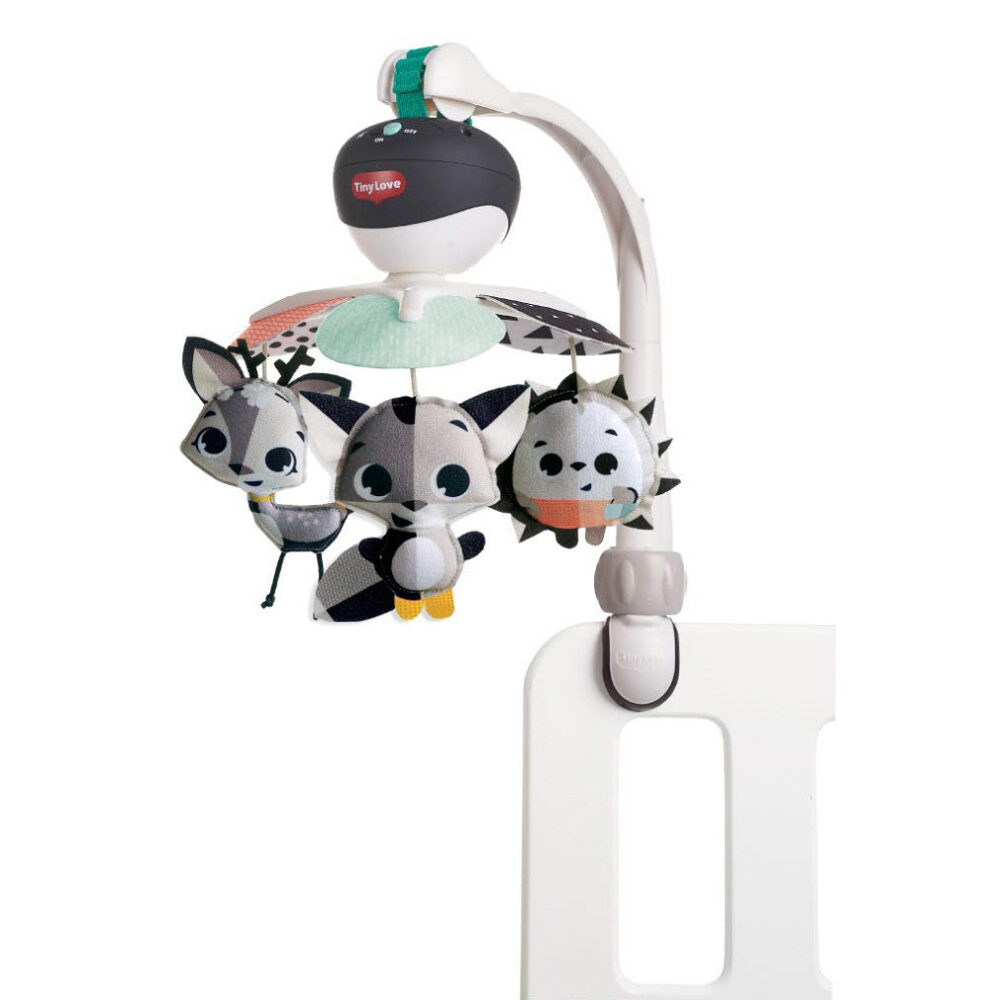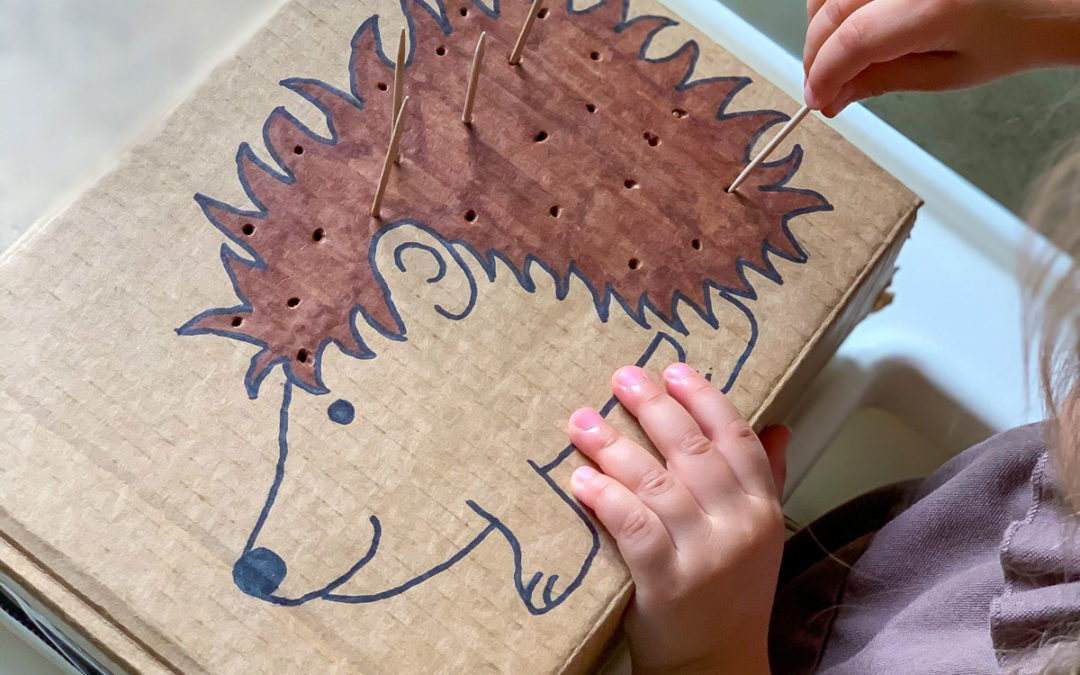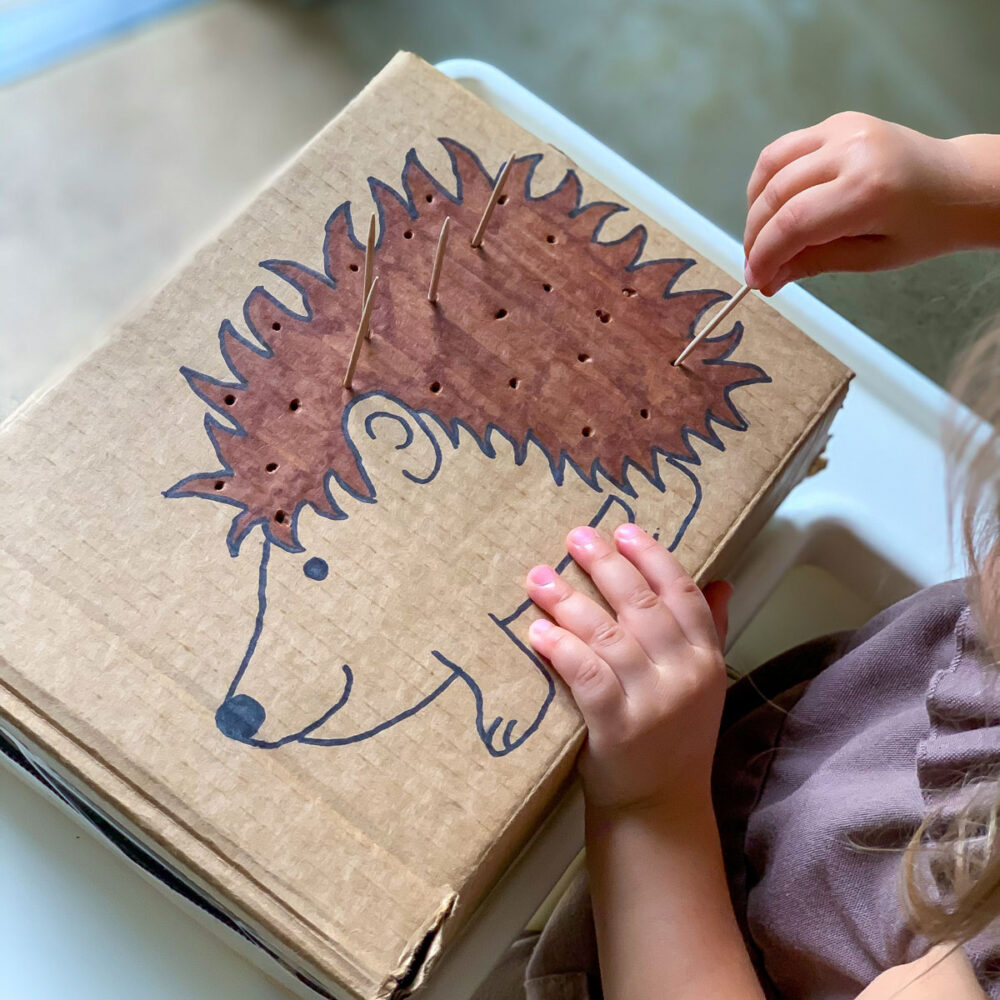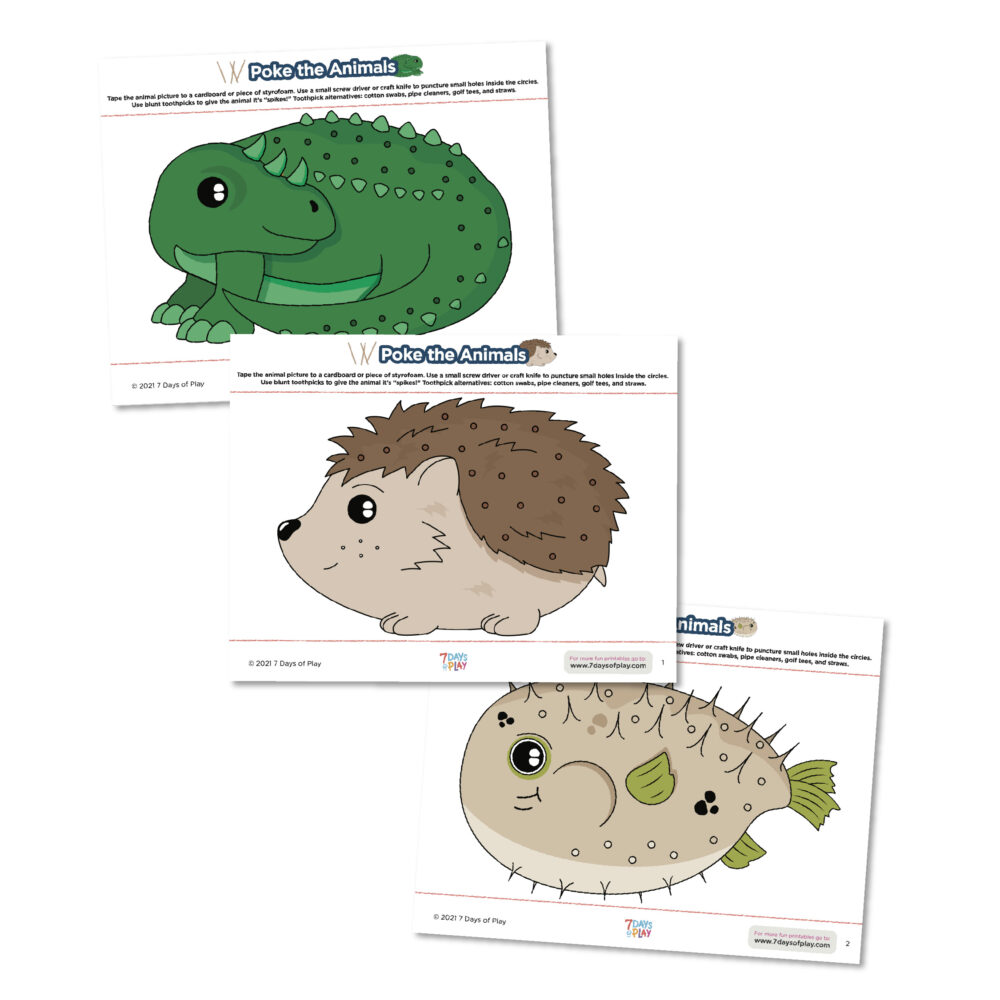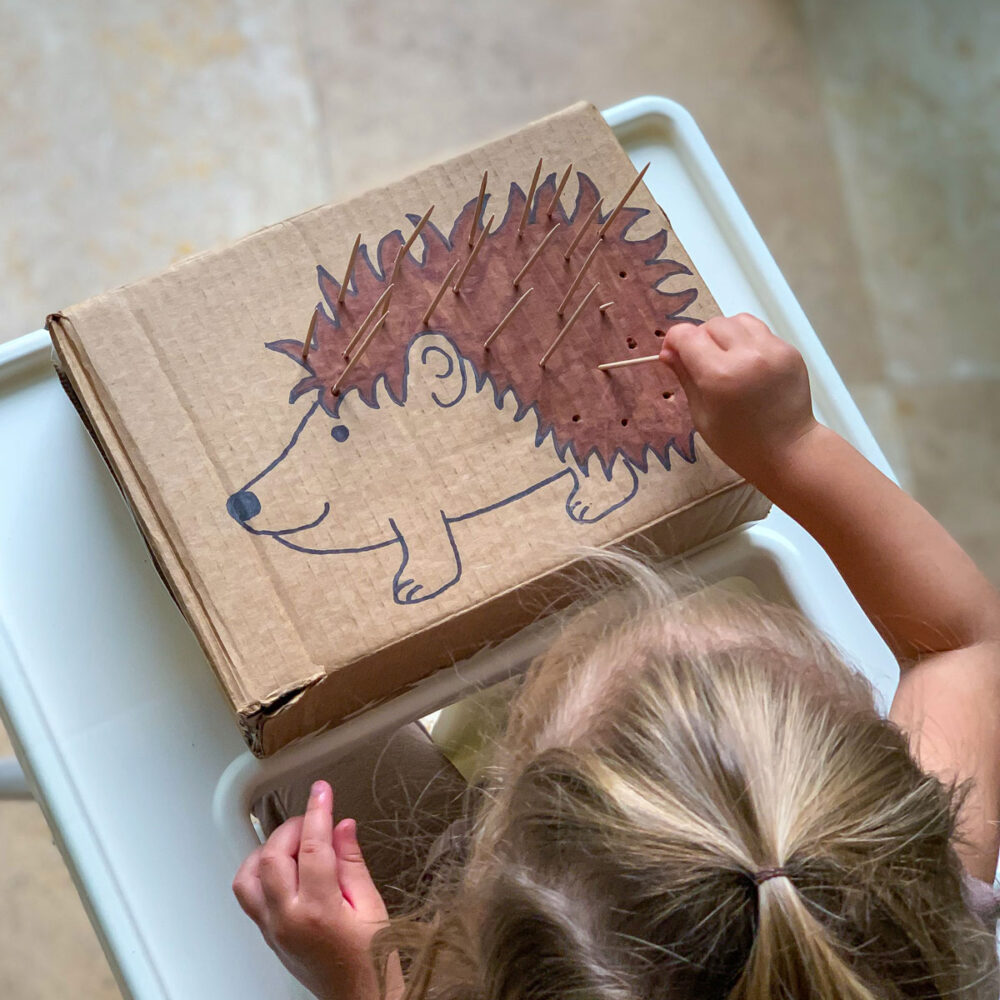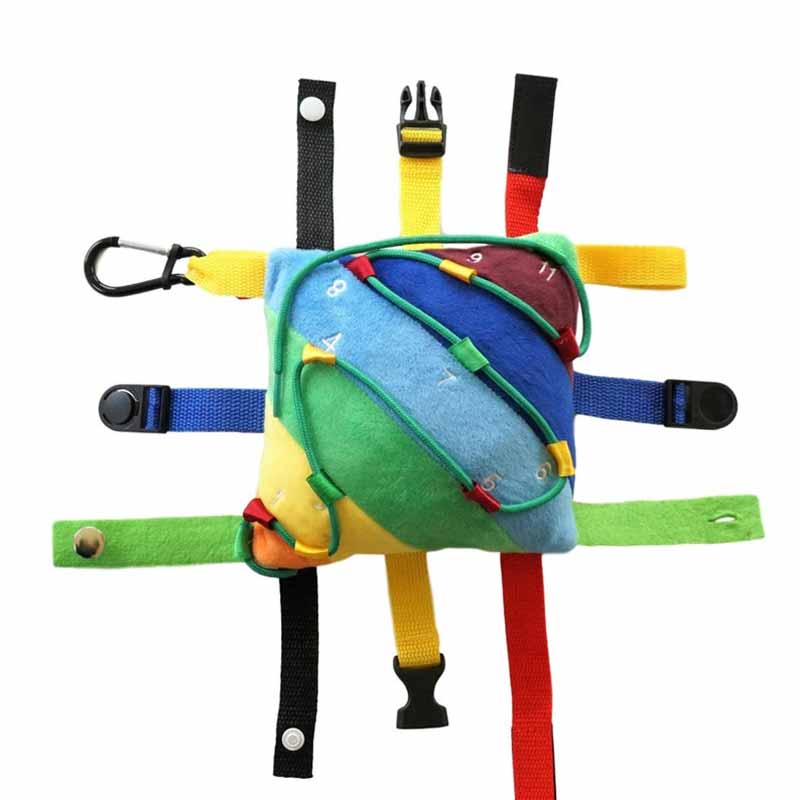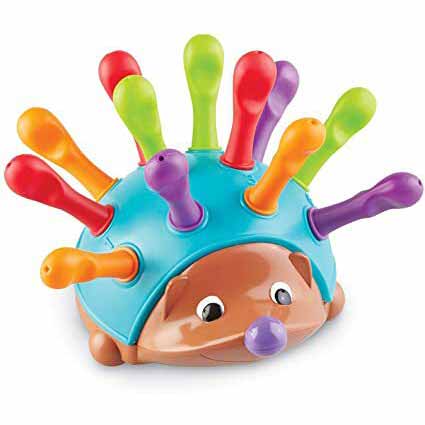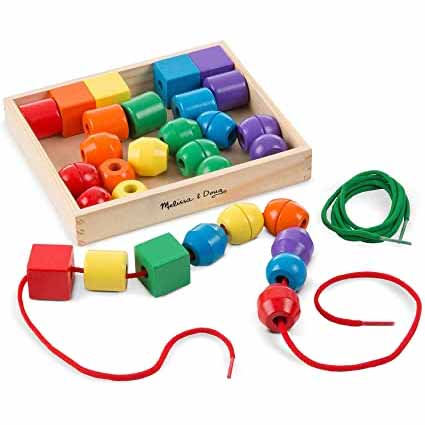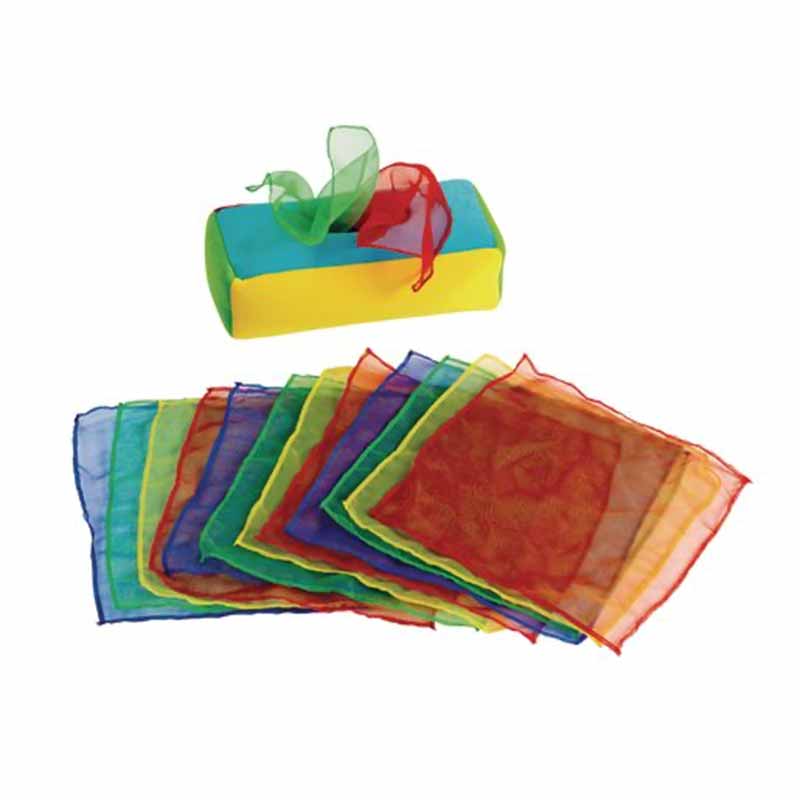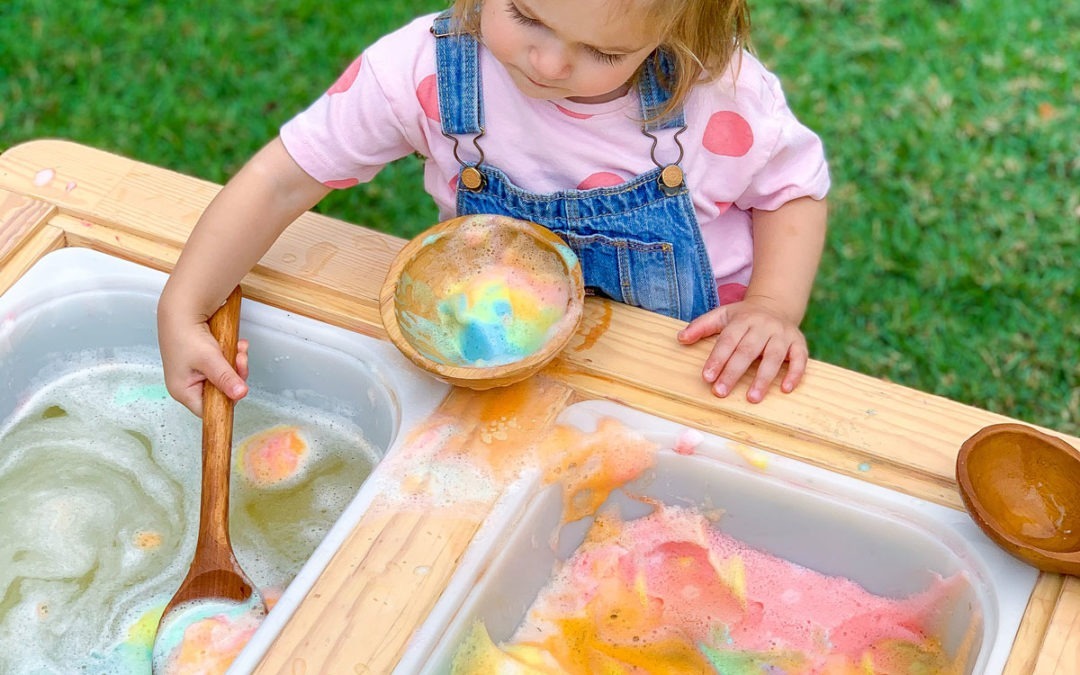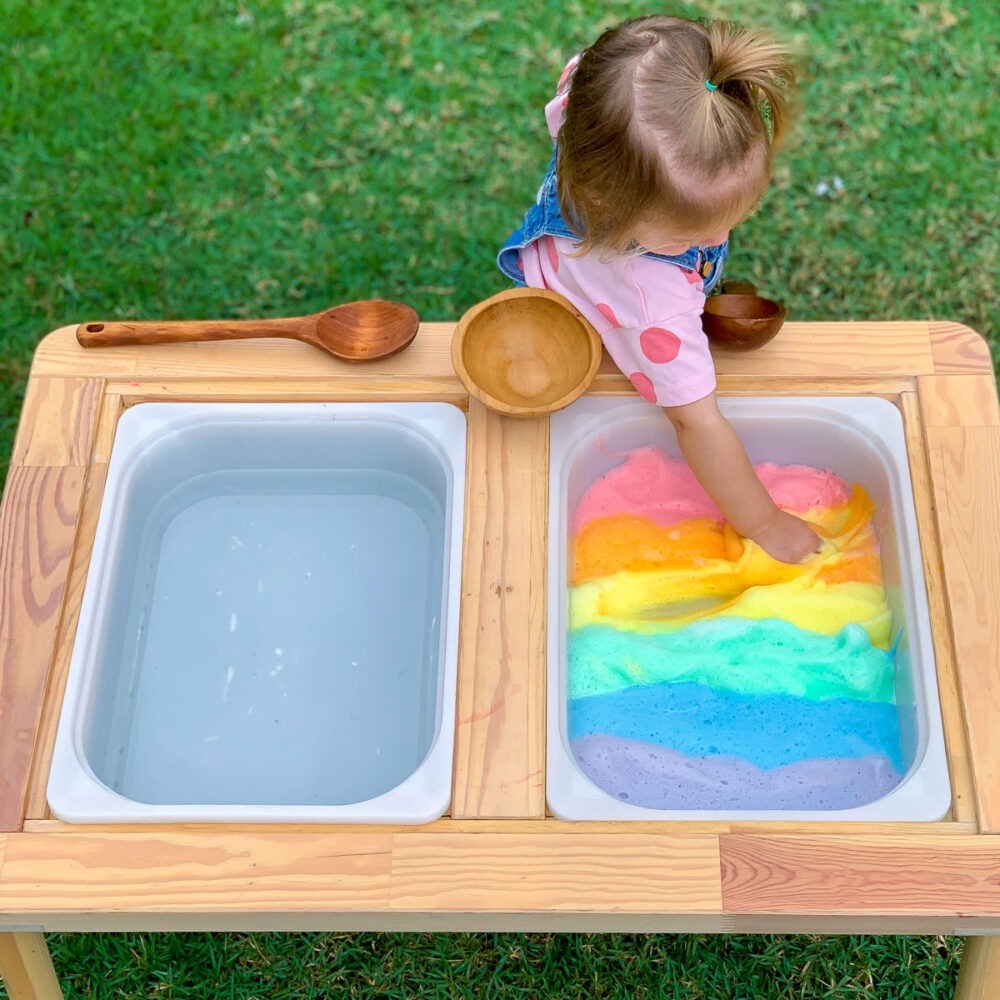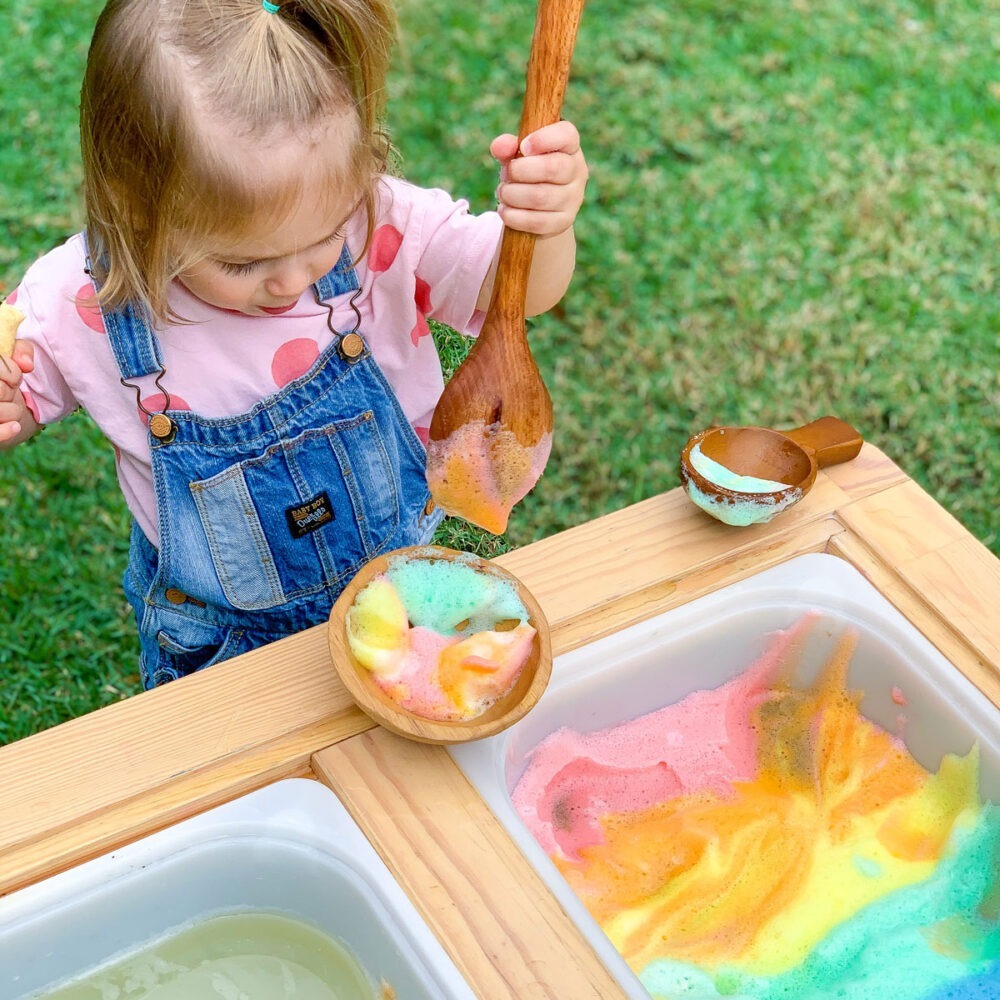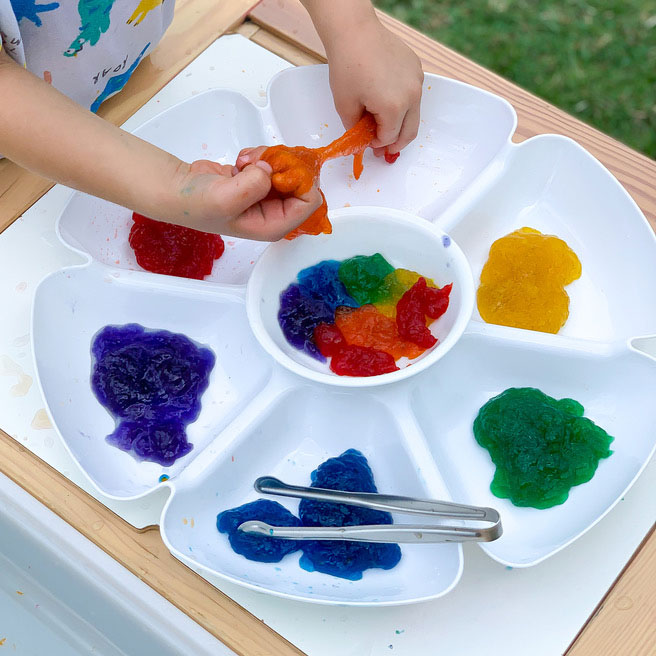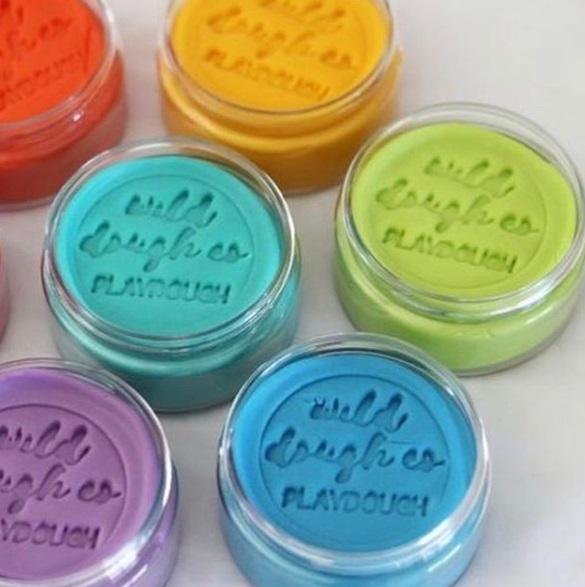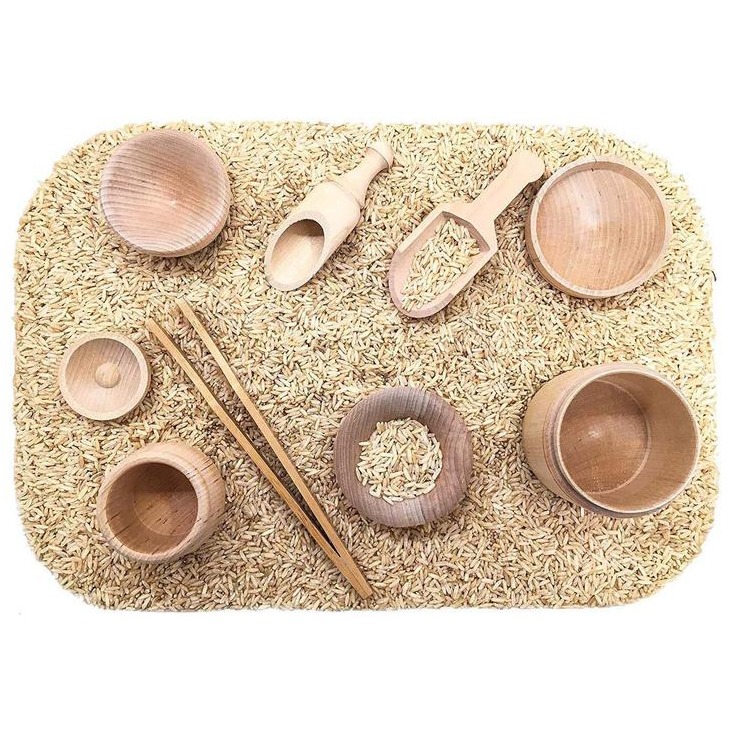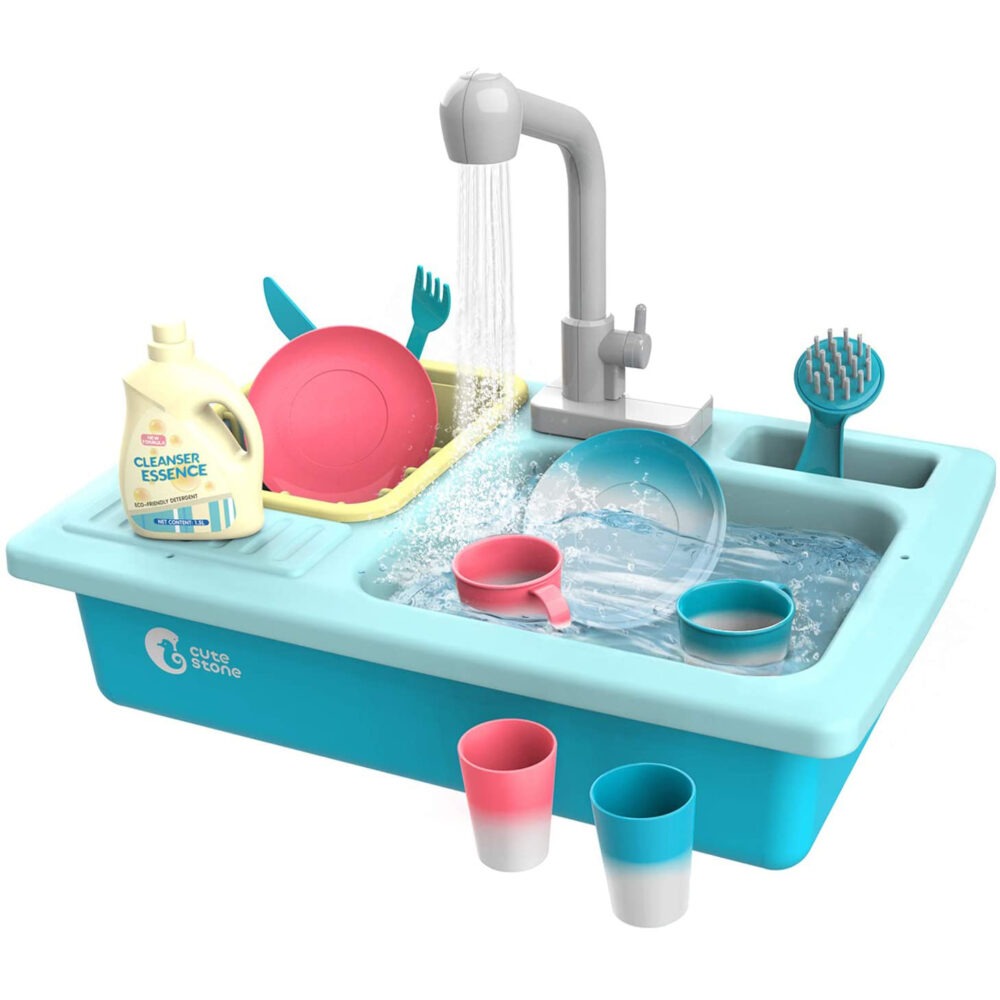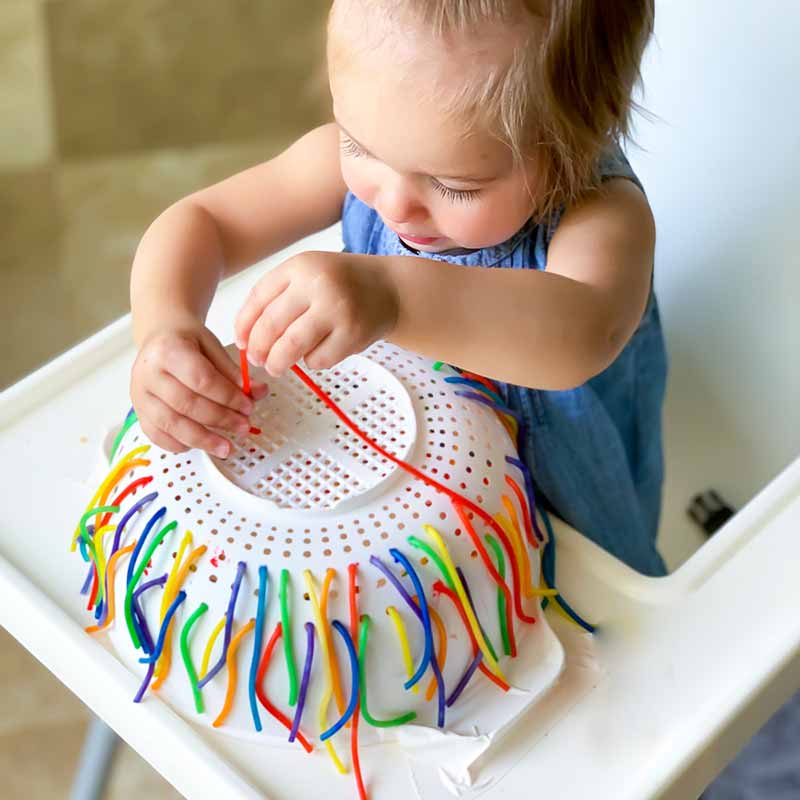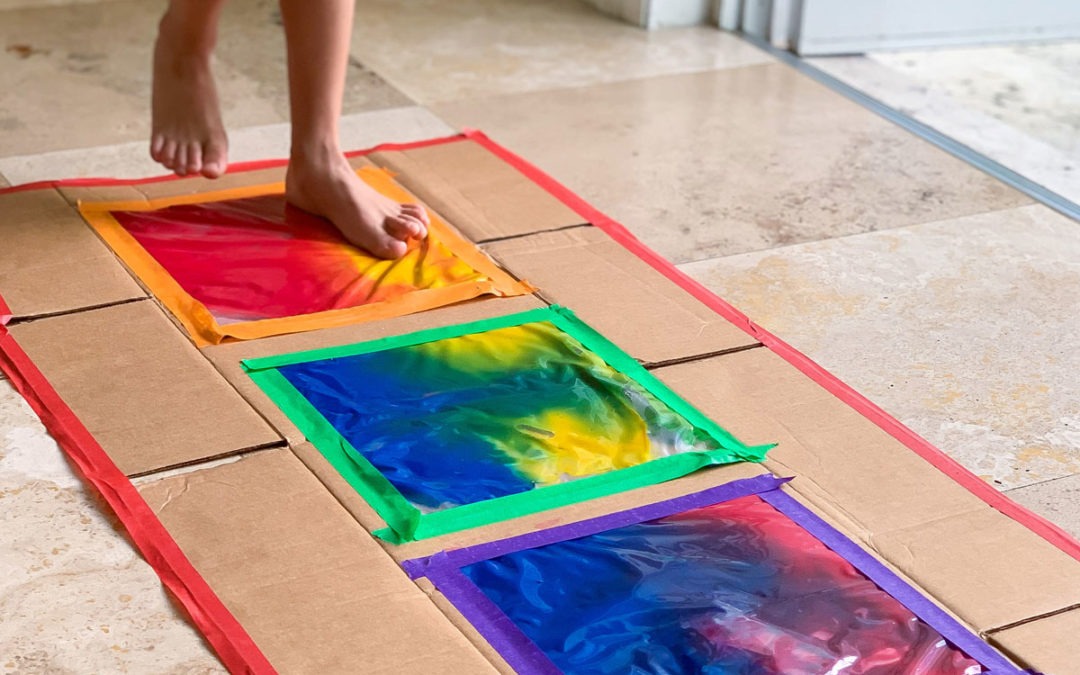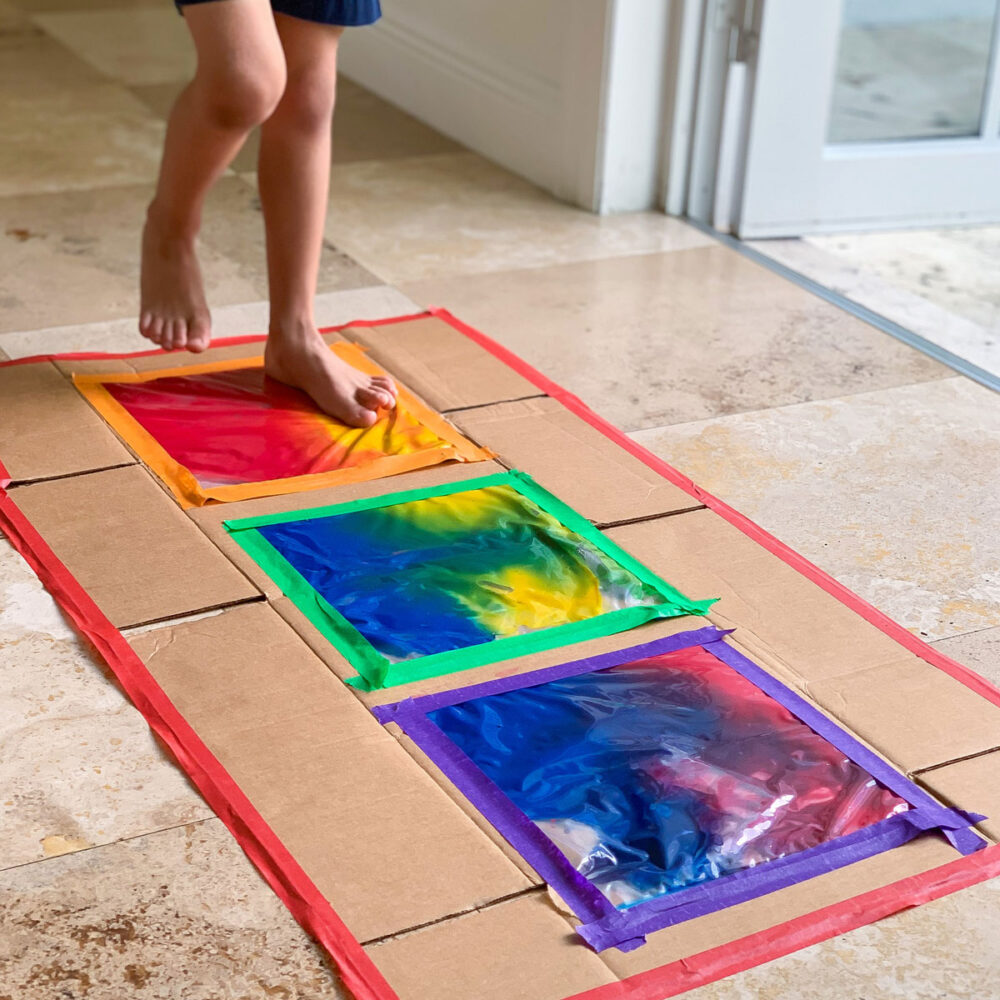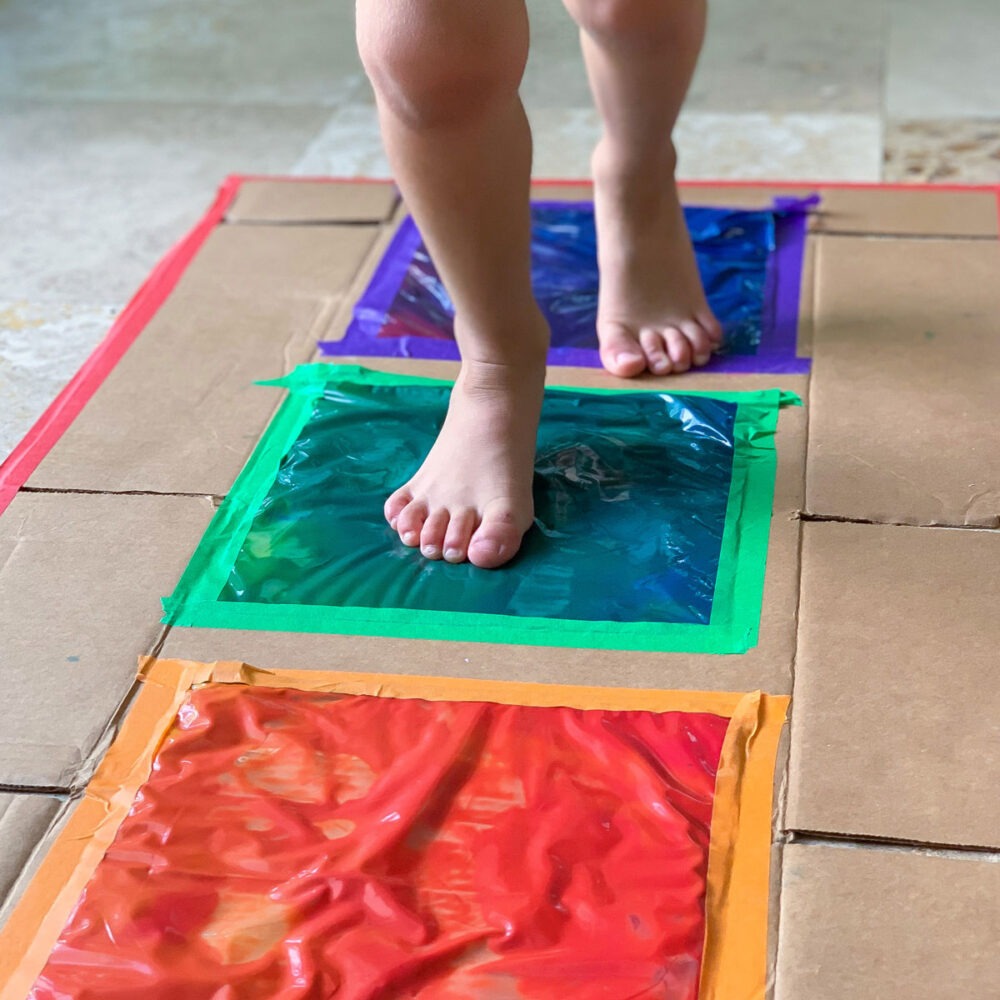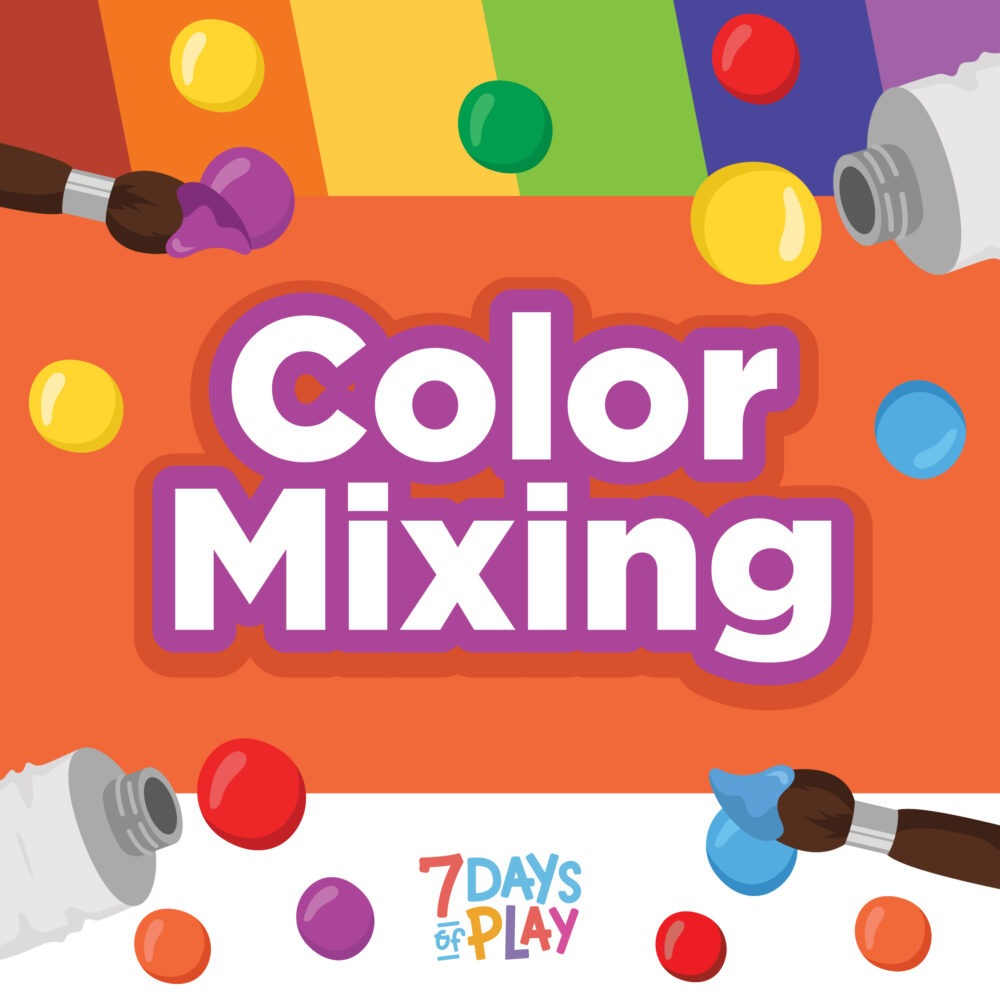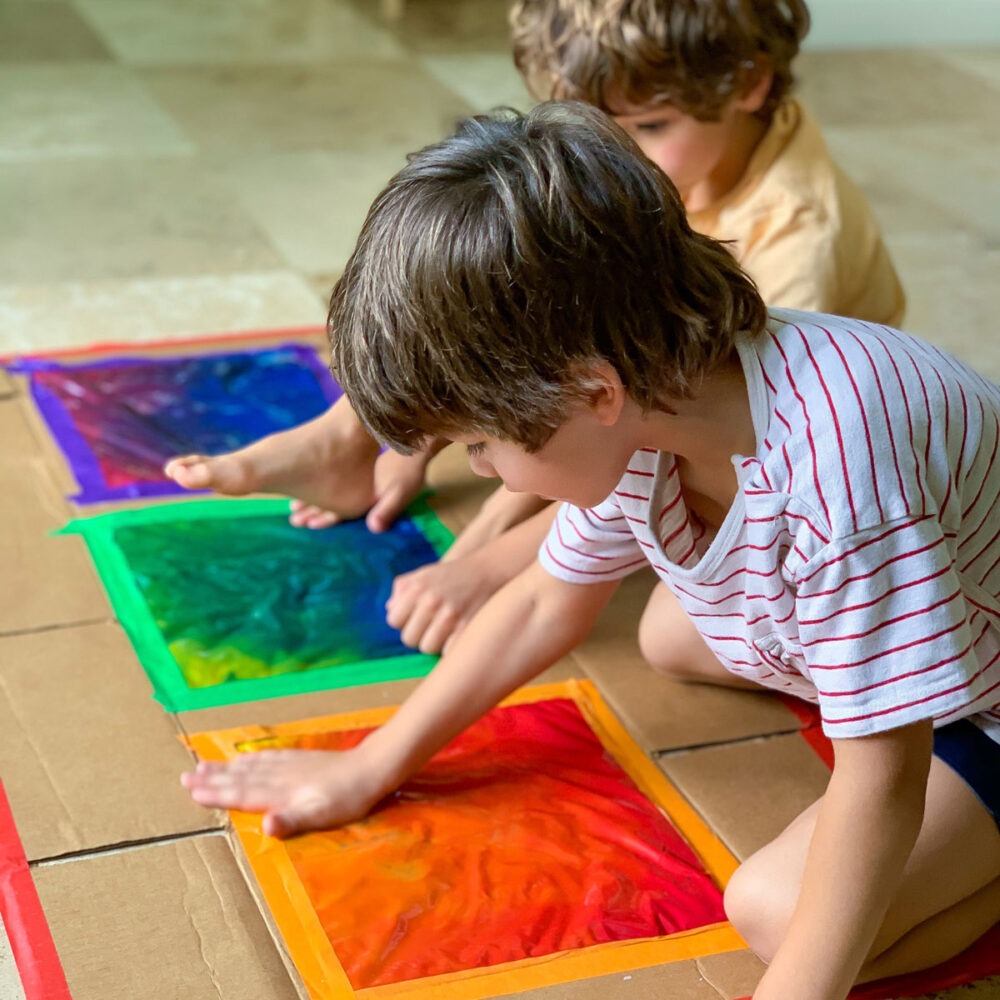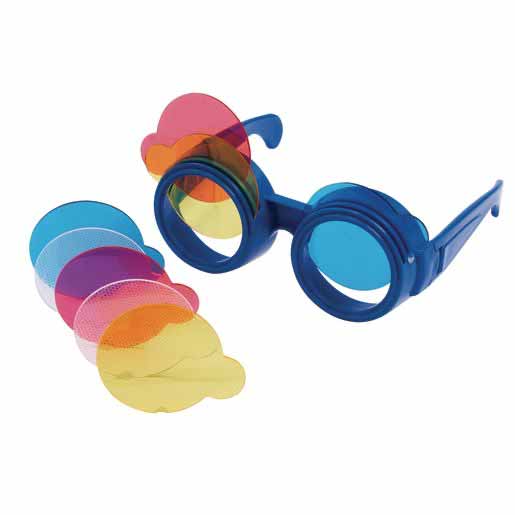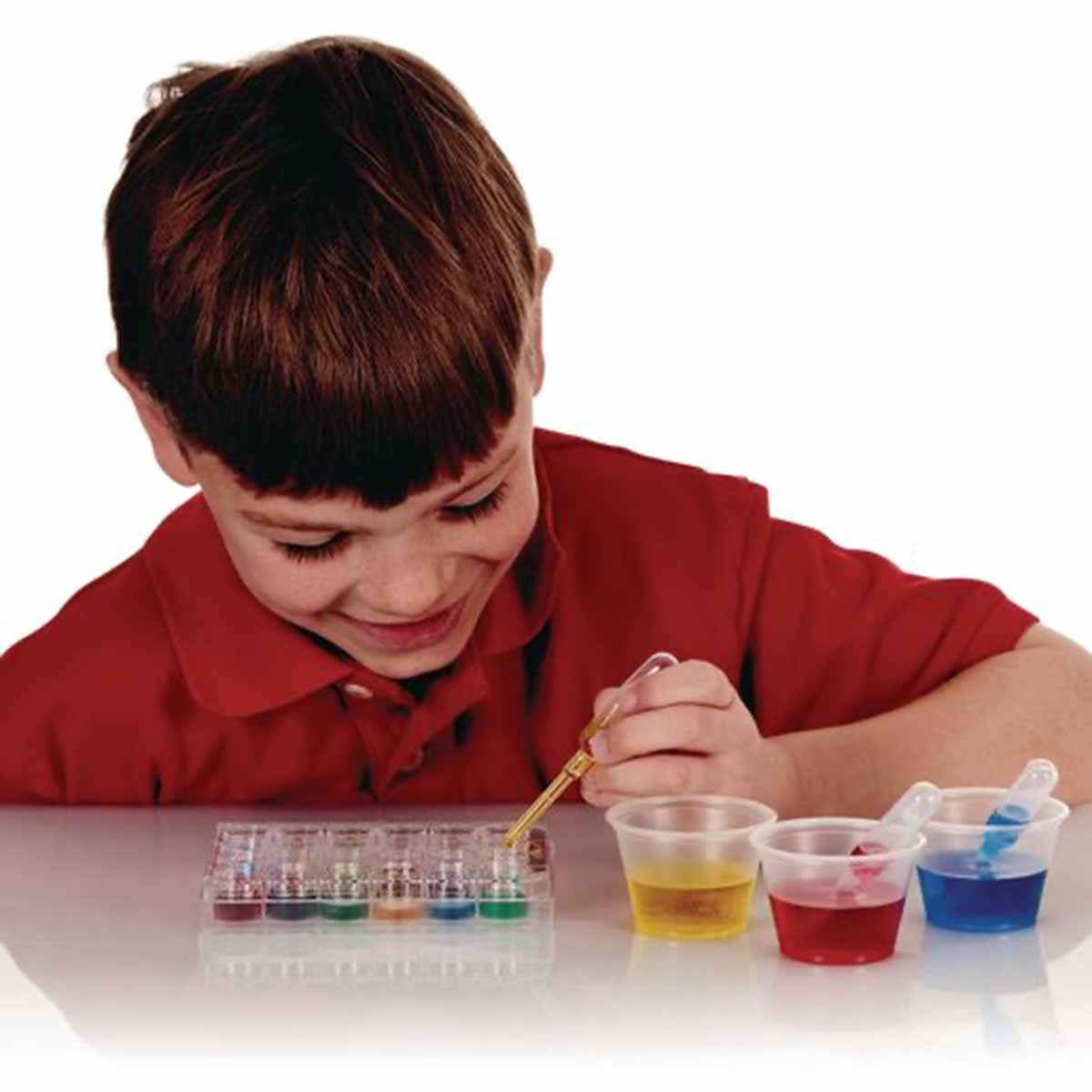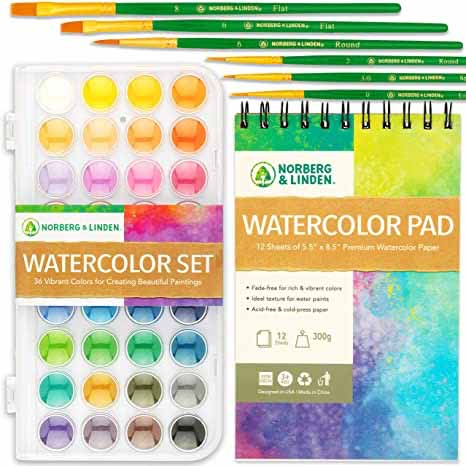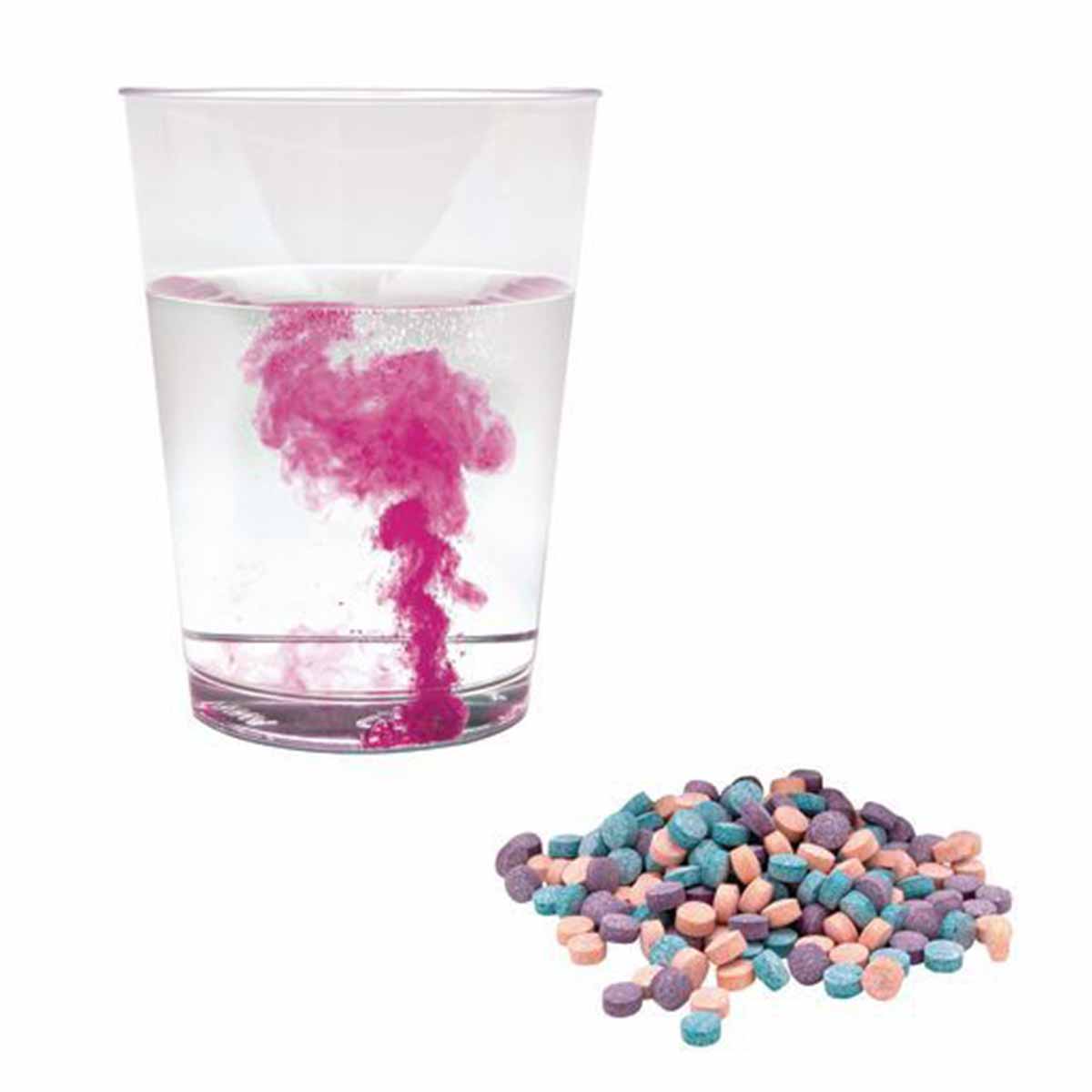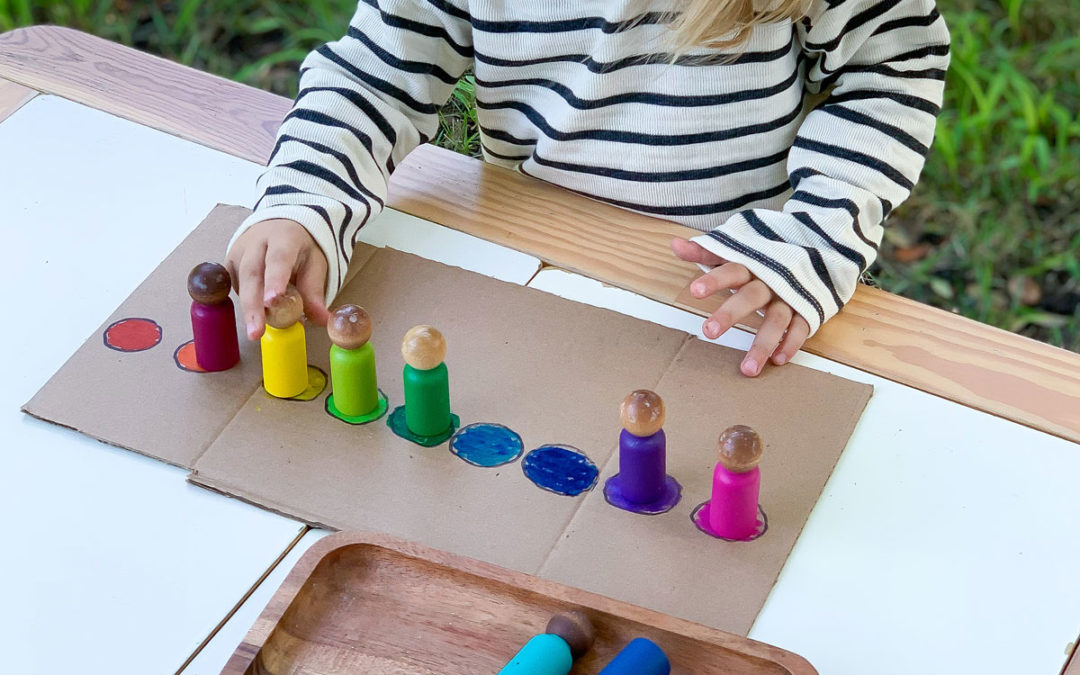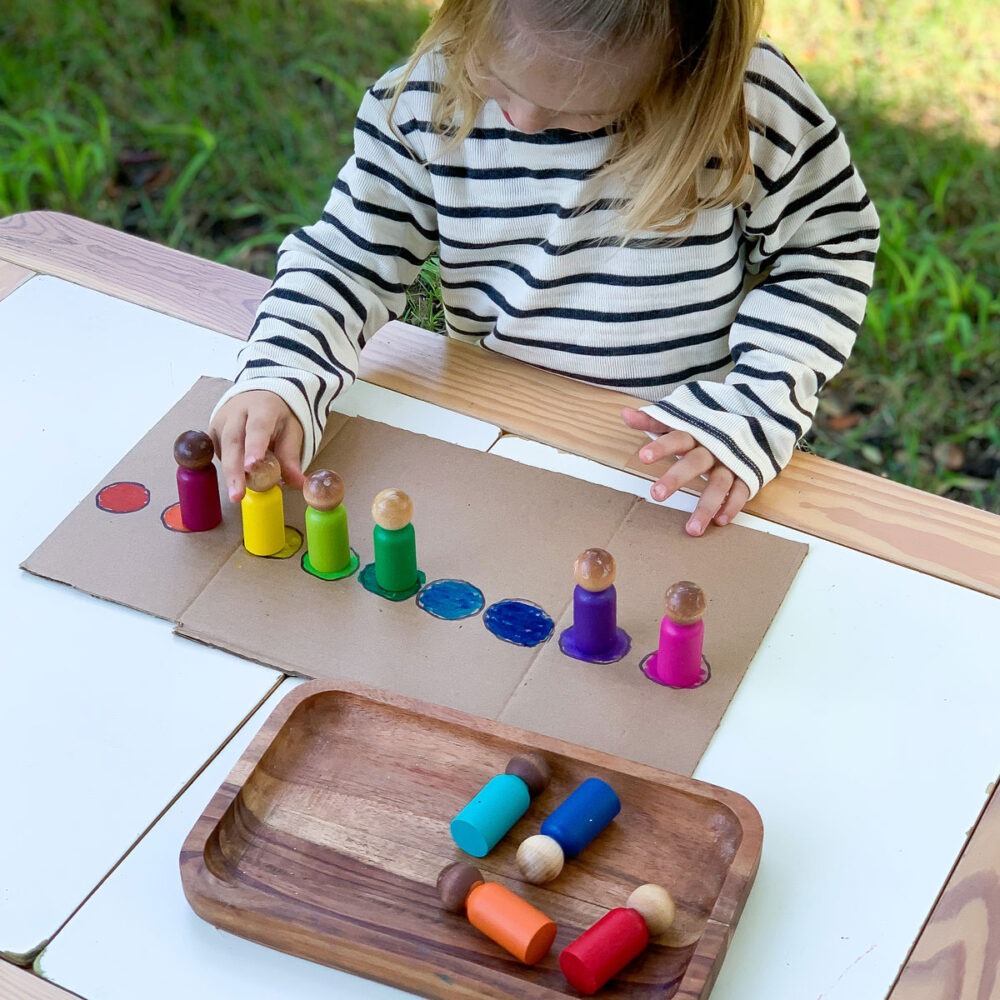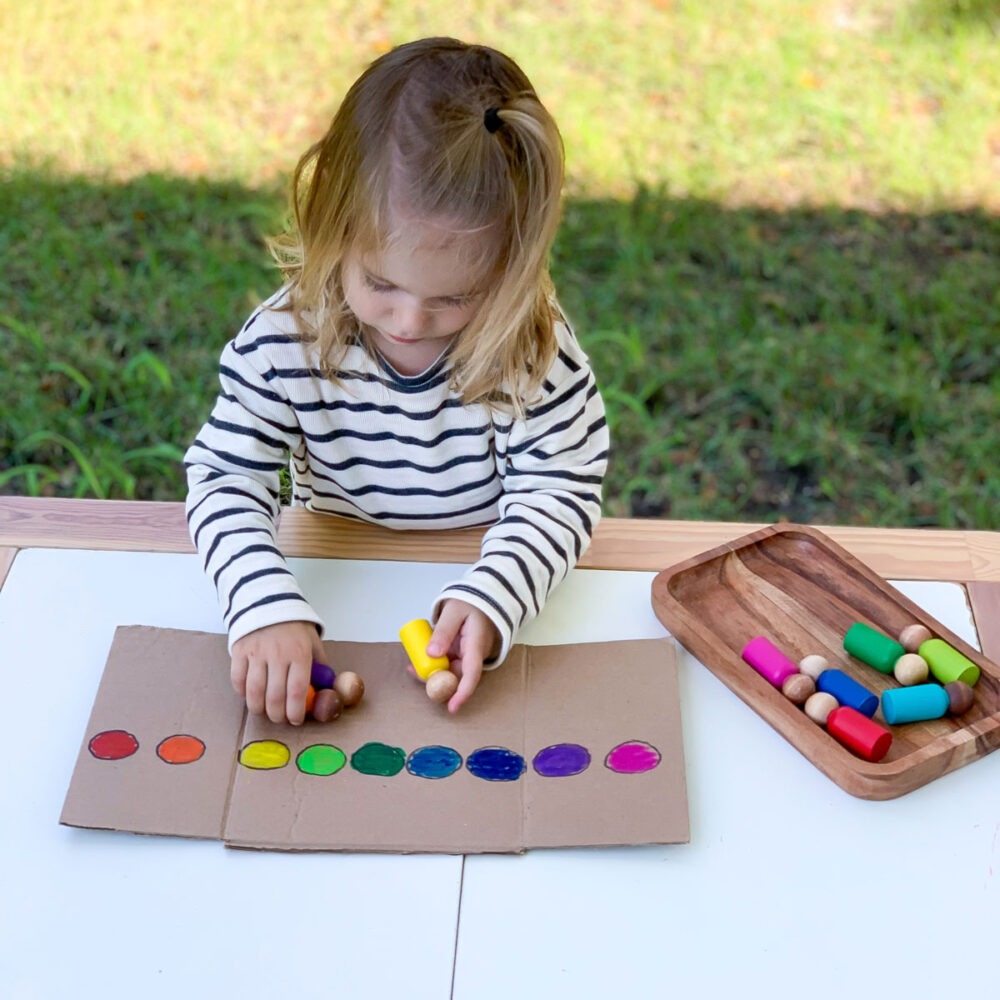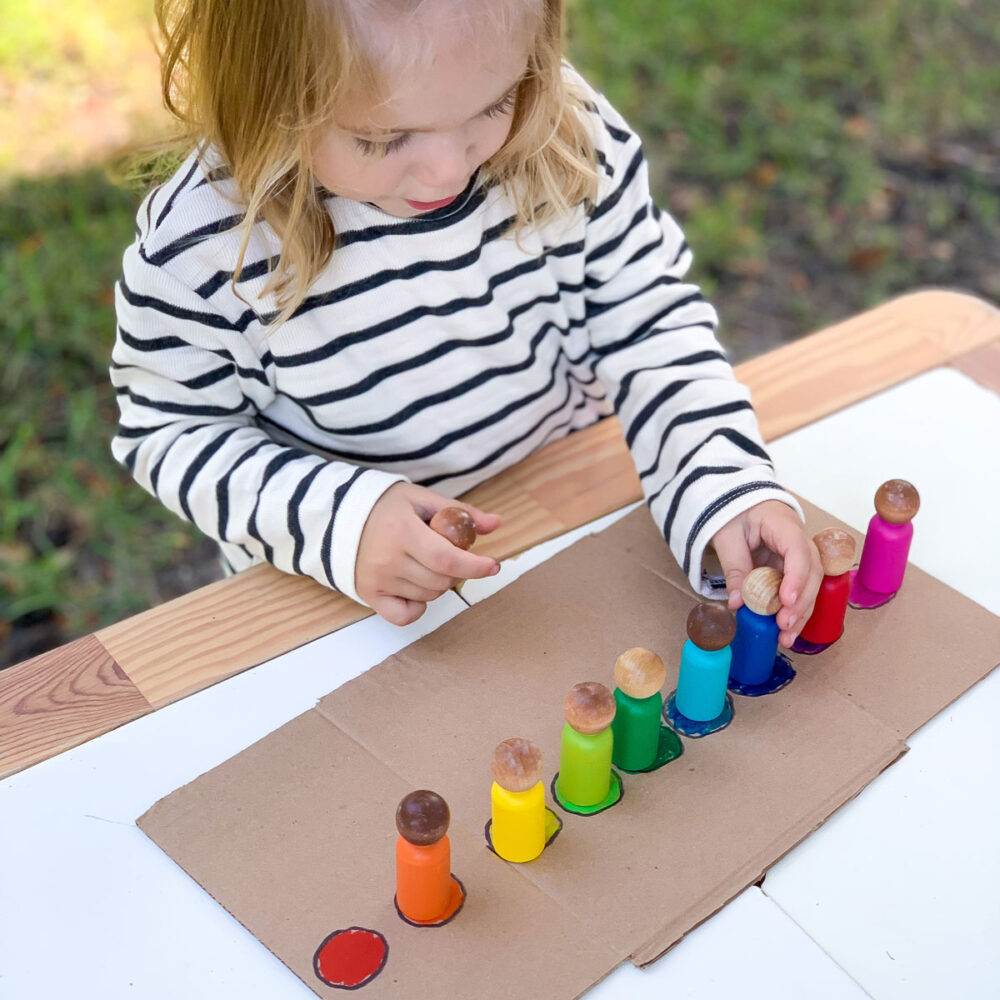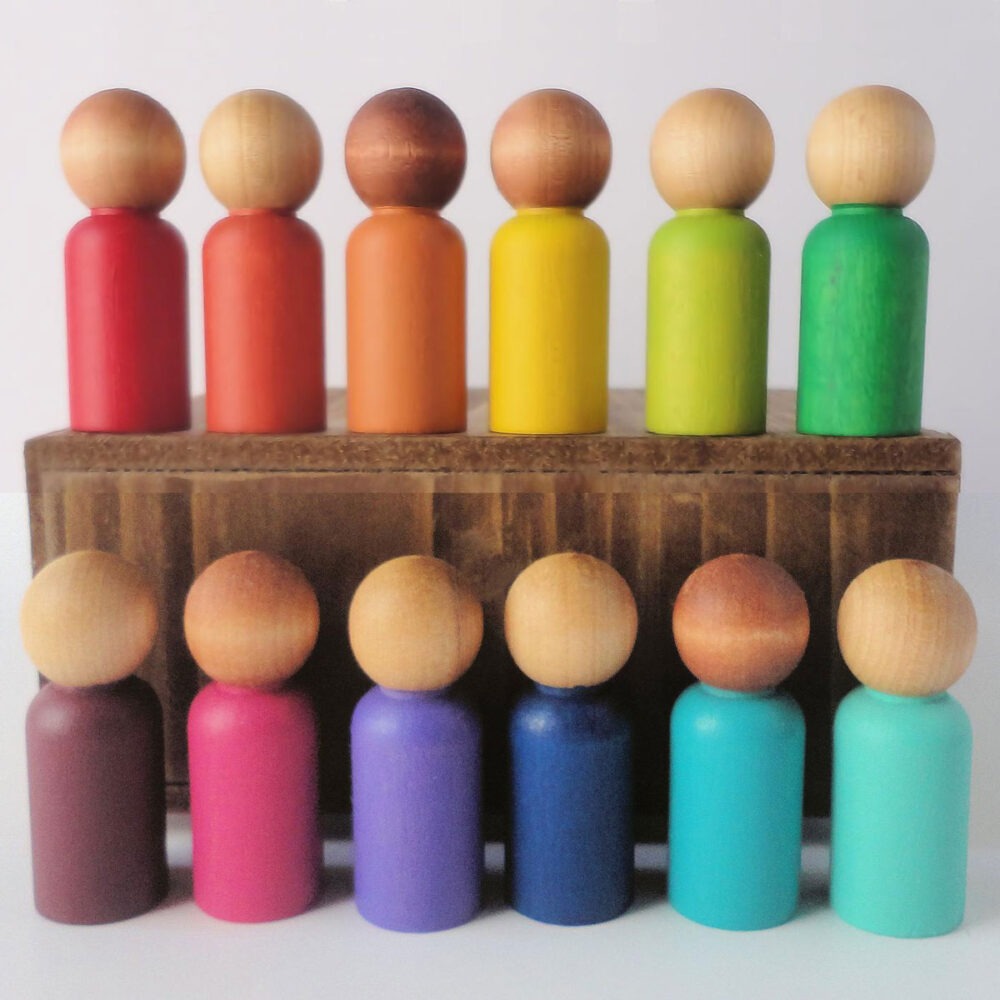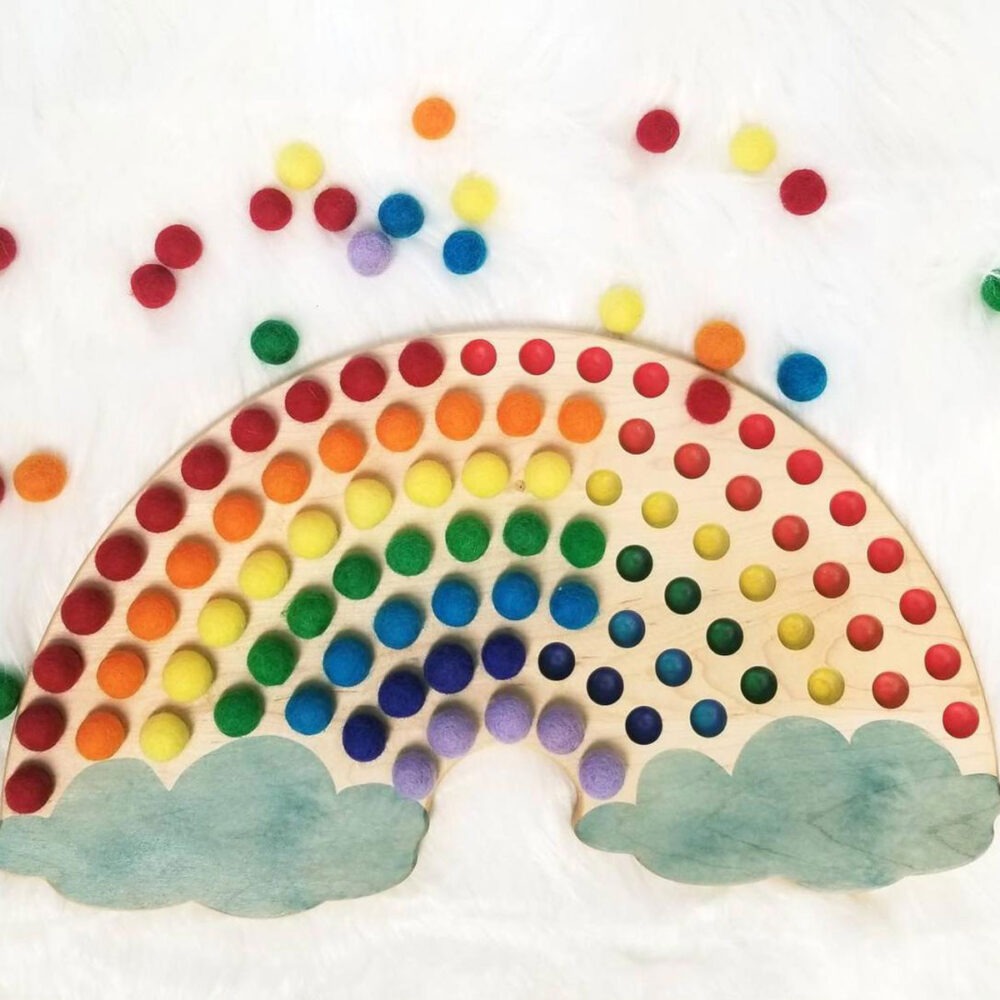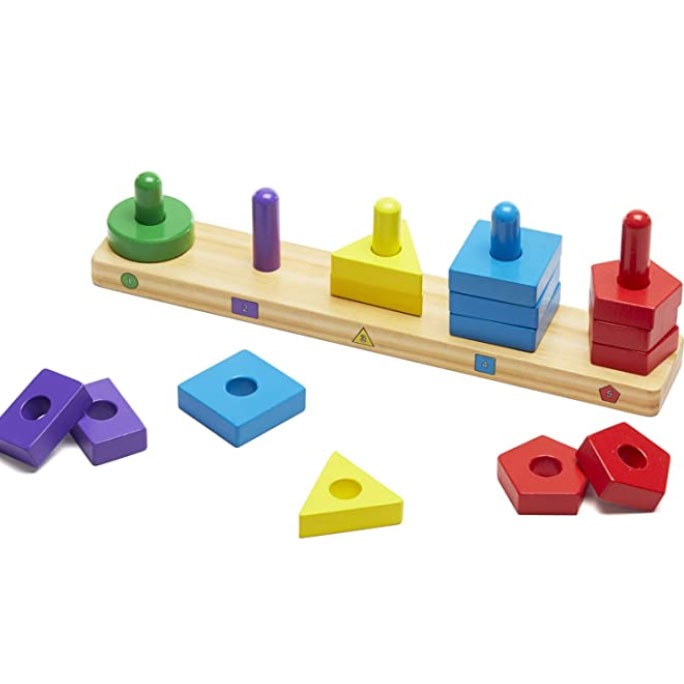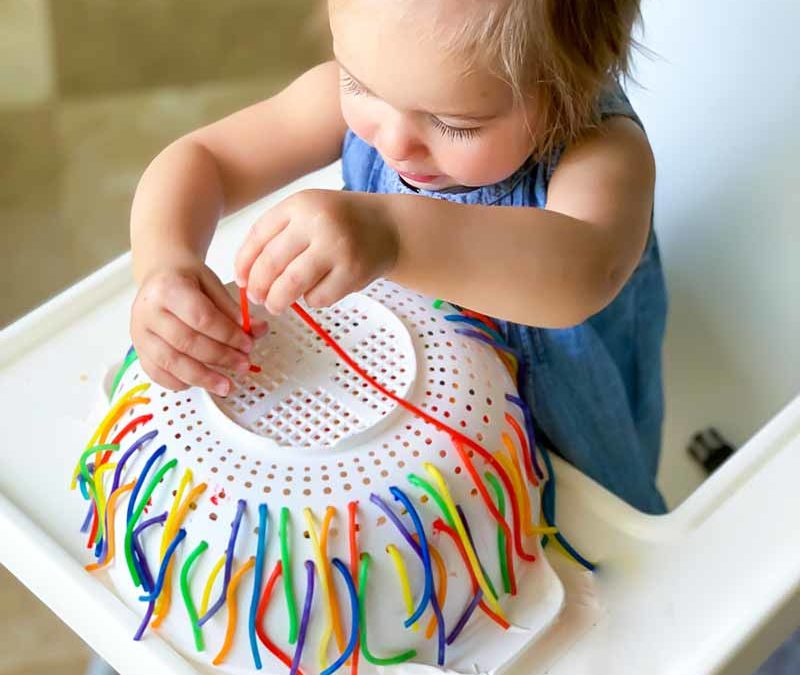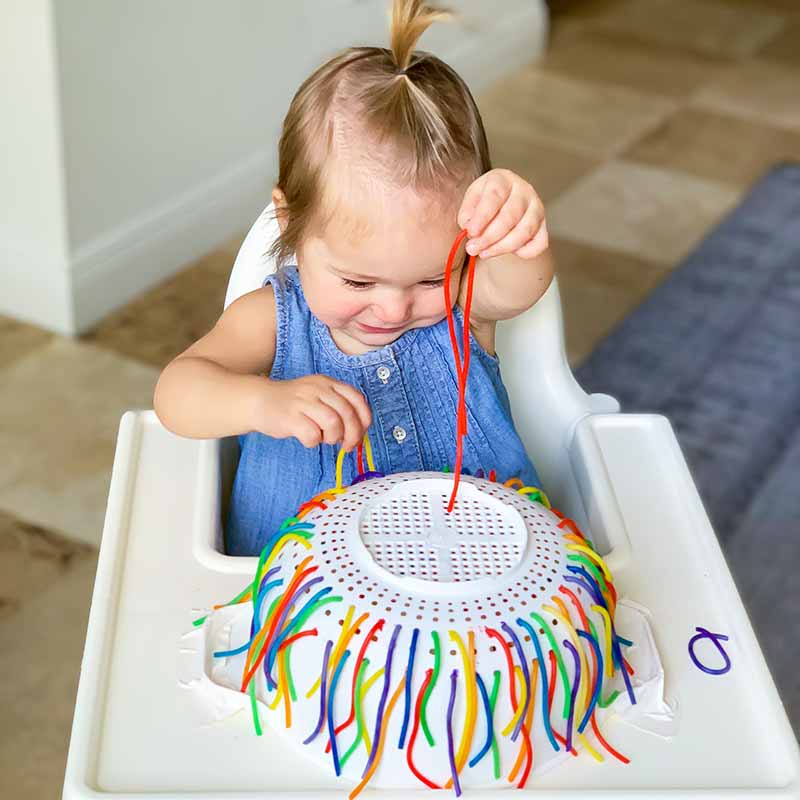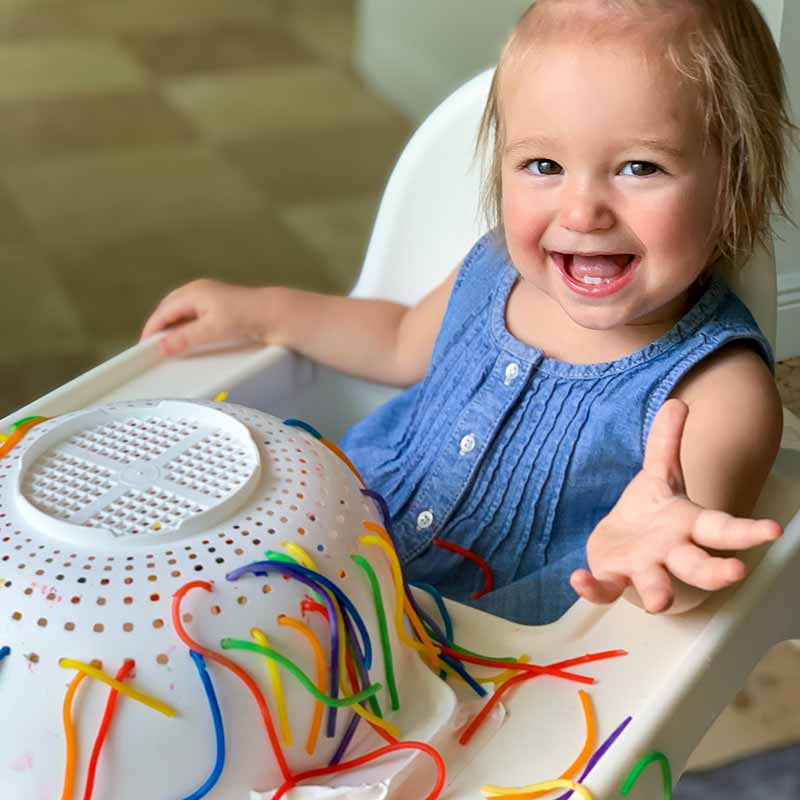Find the best gifts for 8 to 12 year olds with our top picks for boys and girls—perfect for sparking creativity and fun for kids this age!

Playroom Inspiration – An Exciting Space for All Ages
Playroom Inspiration – An Exciting Space for All Ages

Ready to dive into some seriously cool playroom inspiration vibes? Keep reading to get the lowdown on a space that’s like the MVP for all ages! Think rotating toys for the little rascals, air hockey and arcade games for the big kids, and a cozy couch setup perfect for group hangouts in front of the TV.
Playroom Inspiration – Here’s A Quick Tour of Our Furniture, Games, and More!
Below I’ve listed everything we have in our play space, but we’re not just talking play; we’re talking a full-on experience that grows with your crew. Get ready for a playroom that’s the ultimate chill spot and the epicenter of fun. Get ready to redefine family fun and make memories that will last a lifetime.
All toys and activities should be supervised by an adult. As an Amazon Associate, I earn from qualifying purchases. This post may contain affiliate links.
Playroom Inspiration Furniture, Games and More!
Here’s a comprehensive list of everything we have in our playroom, including furniture, rugs and games!

Faux Leather Chairs

Checkered Shag Rug
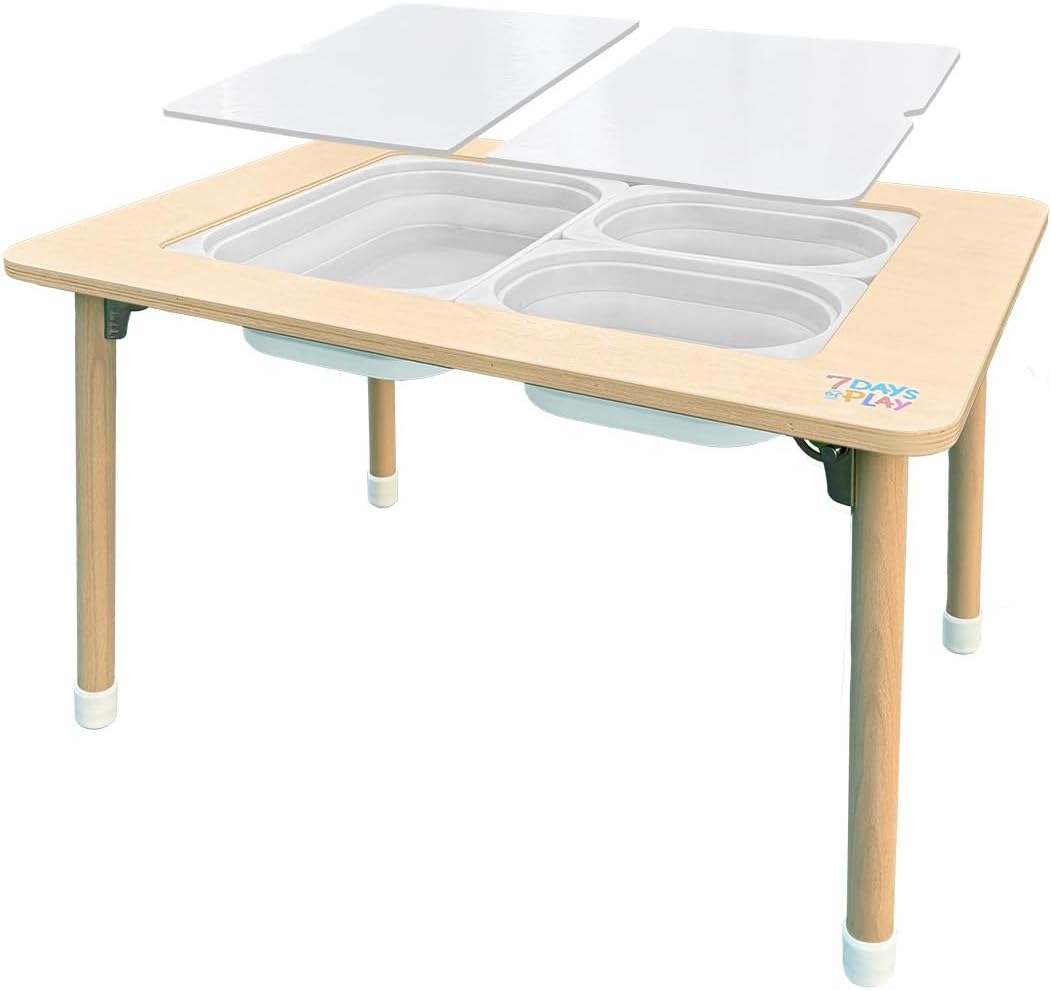
Activity and Sensory Play Table

Air Hockey Table

Coffee Table with Stools

Media Console Table

Low Couch
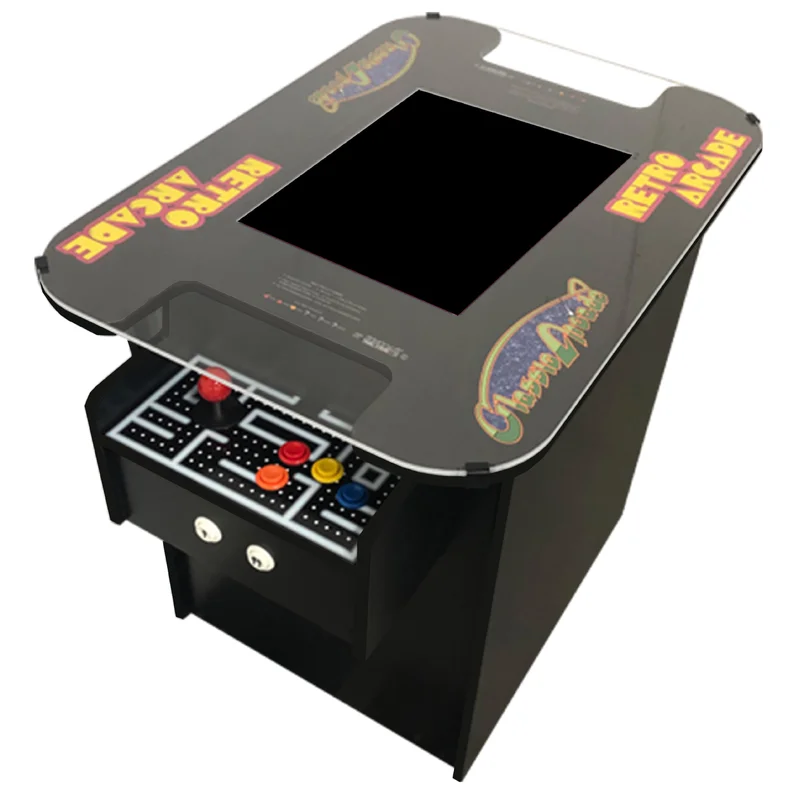
Arcade Machine including 412 Games for 2 Players

Wooden Dollhouse

Playroom Shelves

Kid’s Teepee Tent
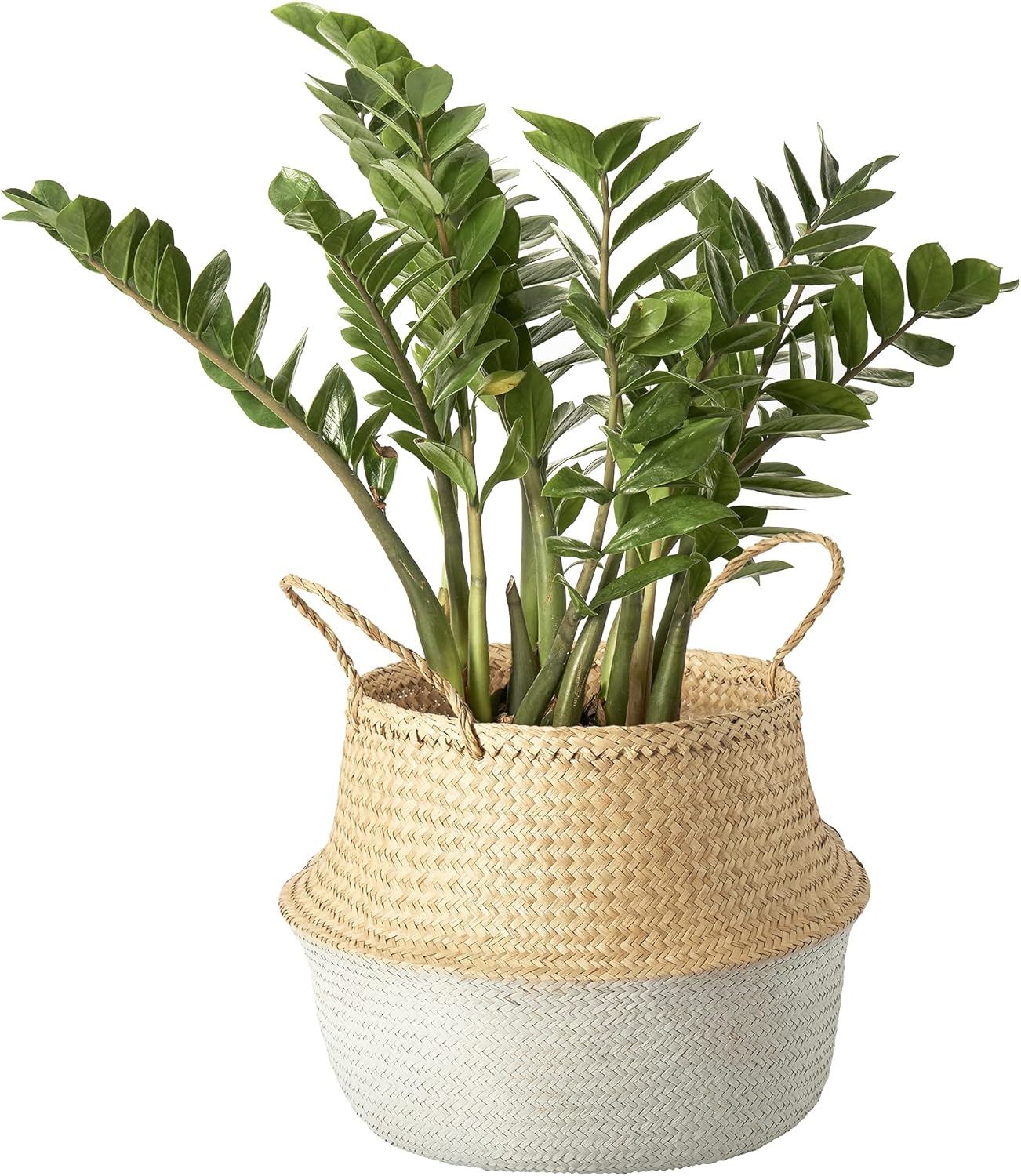
Plant Baskets
The Impact of Nurturing Kids’ Exploration through Playful Spaces!
In the hustle and bustle of daily life, carving out a small corner for your little ones to play isn’t just about creating a designated area—it’s about fostering a haven for growth, discovery, and invaluable life lessons.
Be it a cozy nook or a dedicated playroom, the space becomes the canvas for their imagination to run wild. As kids explore and learn through play, they not only develop essential cognitive and motor skills but also cultivate a sense of independence and creativity that resonates throughout their lives.
From building towering block structures to delving into make-believe worlds, these early playful experiences lay the foundation for a lifetime of curiosity, resilience, and joyous exploration. We hope this playroom inspiration has helped you!
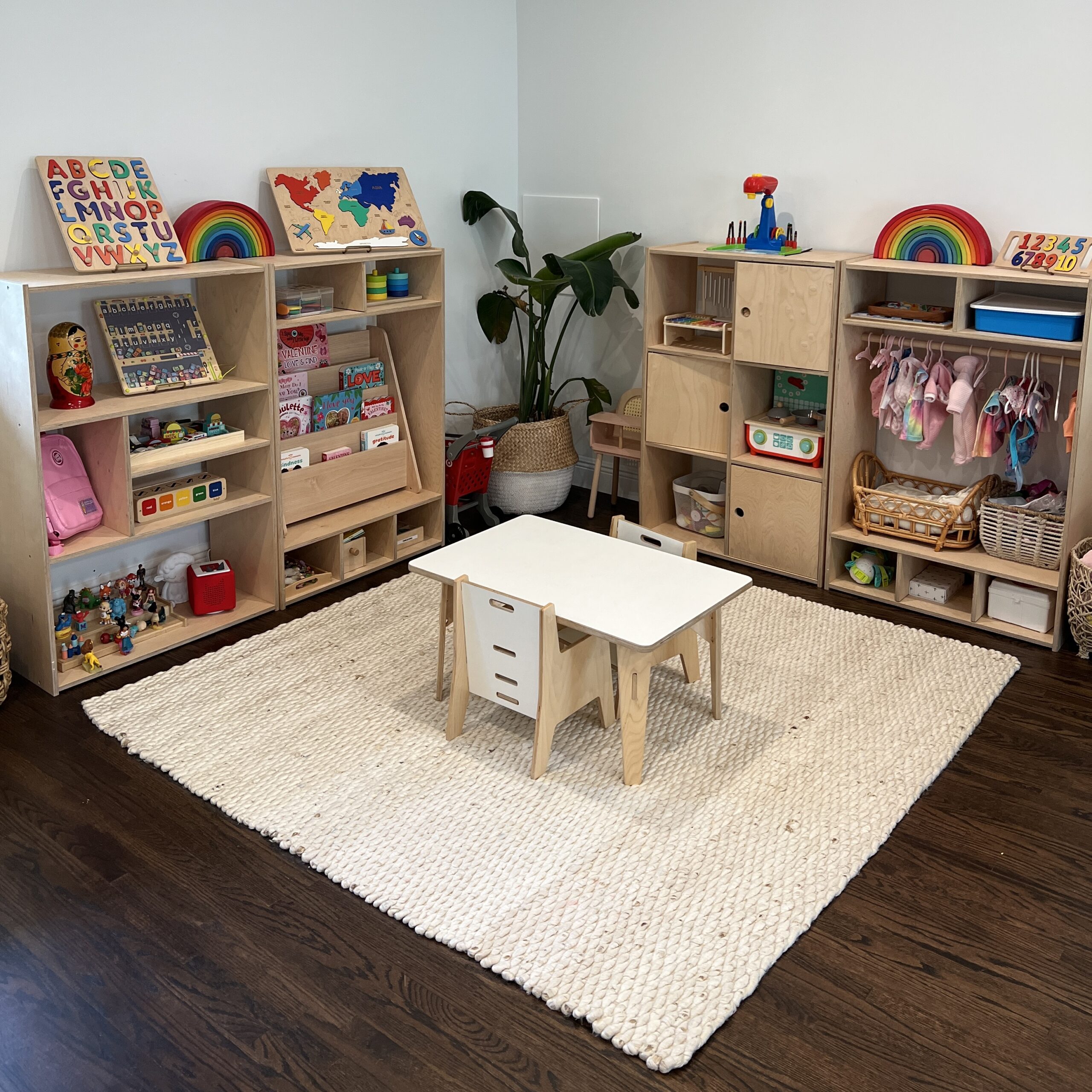
So, whether it’s a corner or an entire room, let’s champion the significance of providing our kids with spaces that speak to the heart of their growth journey.

The Impact of Nurturing Kids’ Exploration through Playful Spaces!
In the hustle and bustle of daily life, carving out a small corner for your little ones to play isn’t just about creating a designated area—it’s about fostering a haven for growth, discovery, and invaluable life lessons.
Be it a cozy nook or a dedicated playroom, the space becomes the canvas for their imagination to run wild. As kids explore and learn through play, they not only develop essential cognitive and motor skills but also cultivate a sense of independence and creativity that resonates throughout their lives.
From building towering block structures to delving into make-believe worlds, these early playful experiences lay the foundation for a lifetime of curiosity, resilience, and joyous exploration. We hope this playroom inspiration has helped you! So, whether it’s a corner or an entire room, let’s champion the significance of providing our kids with spaces that speak to the heart of their growth journey.
What’s Next?
The Best Gifts for 8 to 12 Year Olds!
Best Learning Toys for Kids
Looking for the best learning toys for kids? We’ve got you covered with this list of educational gifts that kids will love and learn from!
DIY Snow for Sensory Play: 4 Easy Kid Recipes
Learn how to make DIY snow for sensory play in minutes! These 4 fake snow recipes for kids are perfect for home, classroom, or sensory bins.


